What is it?
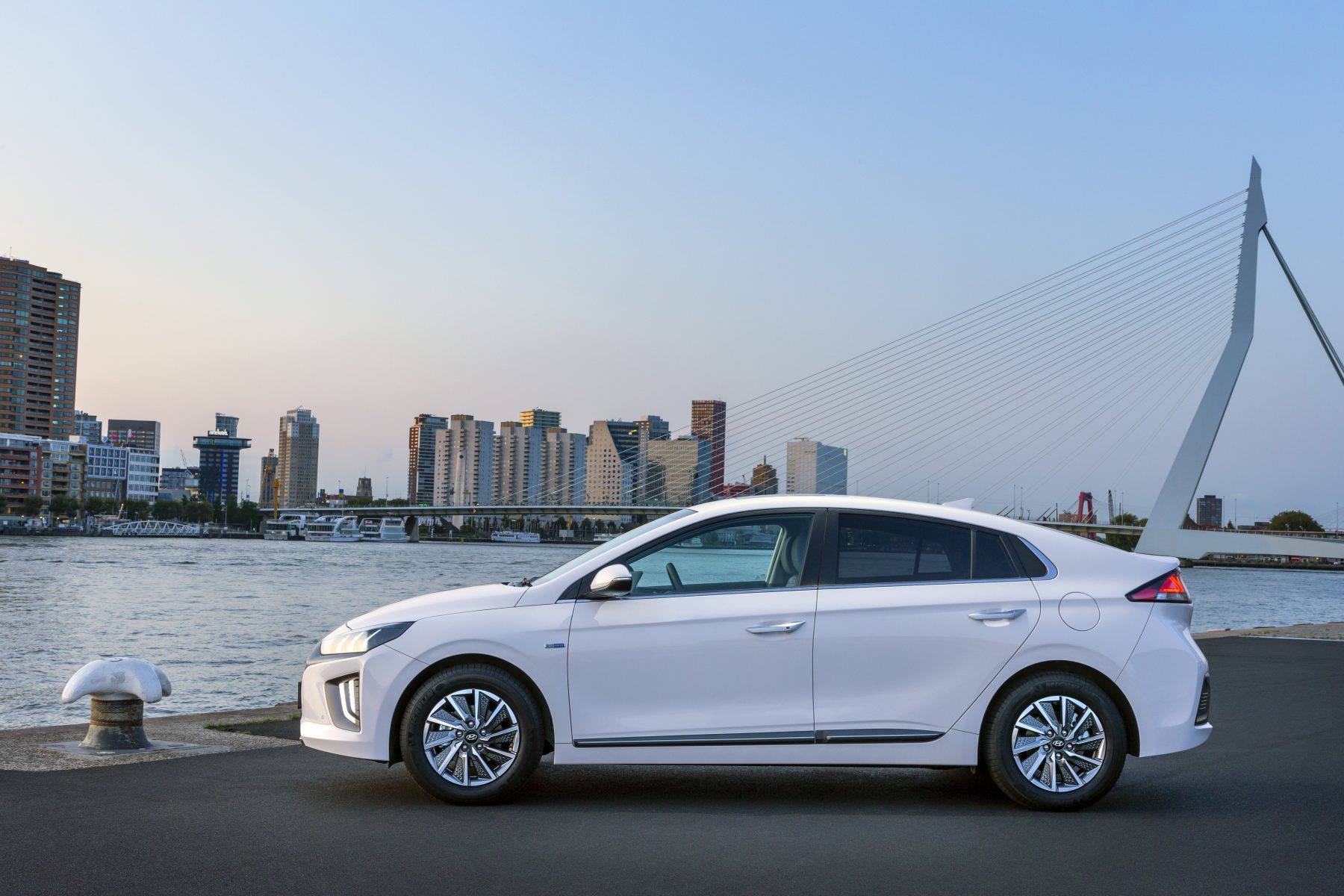
The Ioniq is key to Hyundai’s electrification offensive. It was the first car to go on sale in the UK with a choice of all-electric, hybrid and plug-in hybrid powertrains in 2016 at a time when most manufacturers were still dabbling in electrified R&D.
However, with a number of rivals hitting dealer forecourts over the next 12 months, the all-electric version was due a refresh. With prices starting in the £30,000 ballpark, it will hope these enhancements and its extra practicality will make it appealing against the likes of the Honda e and Mini Electric, which have really been causing a buzz ahead of their imminent launches.
What’s new?
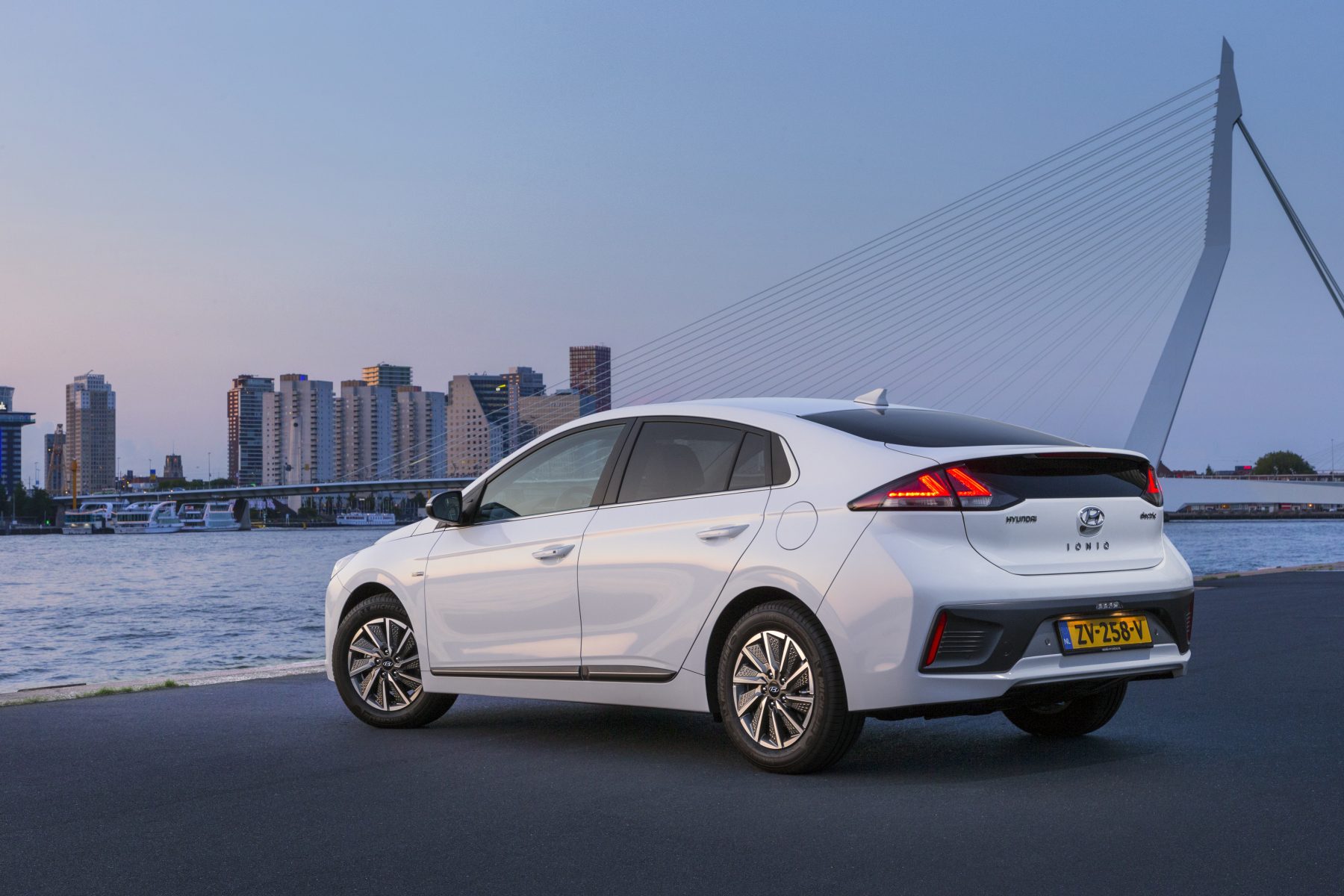
Perhaps the most significant improvement, given the advancement in battery technology in the past three years, is the fact Hyundai has upped the battery size to offer more range. This could be a real selling point against rivals that’ll need a trip to a charge point while the Ioniq motors on. Considering range is typically an EV buyer’s biggest concern, focusing development here should be a shrewd move.
Elsewhere, the South Korean firm is keen to push its new connectivity services, fronted by an app called Bluelink that lets you interact with the car from your phone, a suite of active safety systems and driver aids, and aesthetic upgrades inside and out.
What’s under the bonnet?
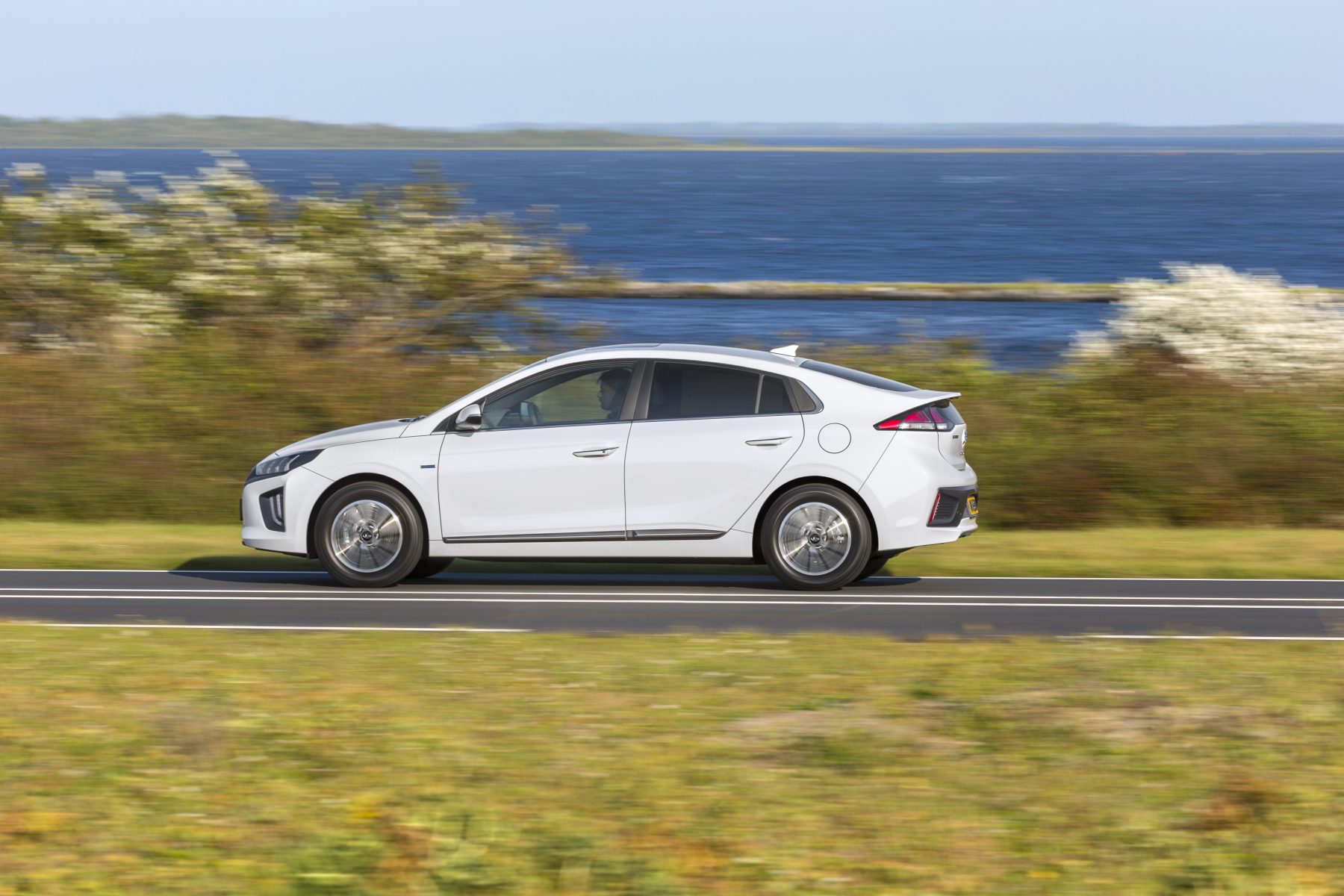
The all-electric powertrain is comprised of an electric motor making 134bhp and 295Nm of torque, and a 38.3kWh battery. The latter is the key news here, because it means the Ioniq Electric’s battery capacity is 36 per cent up on before, offering an impressive 193-mile range.
The new on-board charger runs at 7.2kW, up from the old 6.6kW unit, which means charge times are reduced. However, the battery is rated to accept up to 100kW, so if you find yourself at a fast-charging station Hyundai reckons it can be topped up to 80 per cent of charge within an hour.
What’s it like to drive?
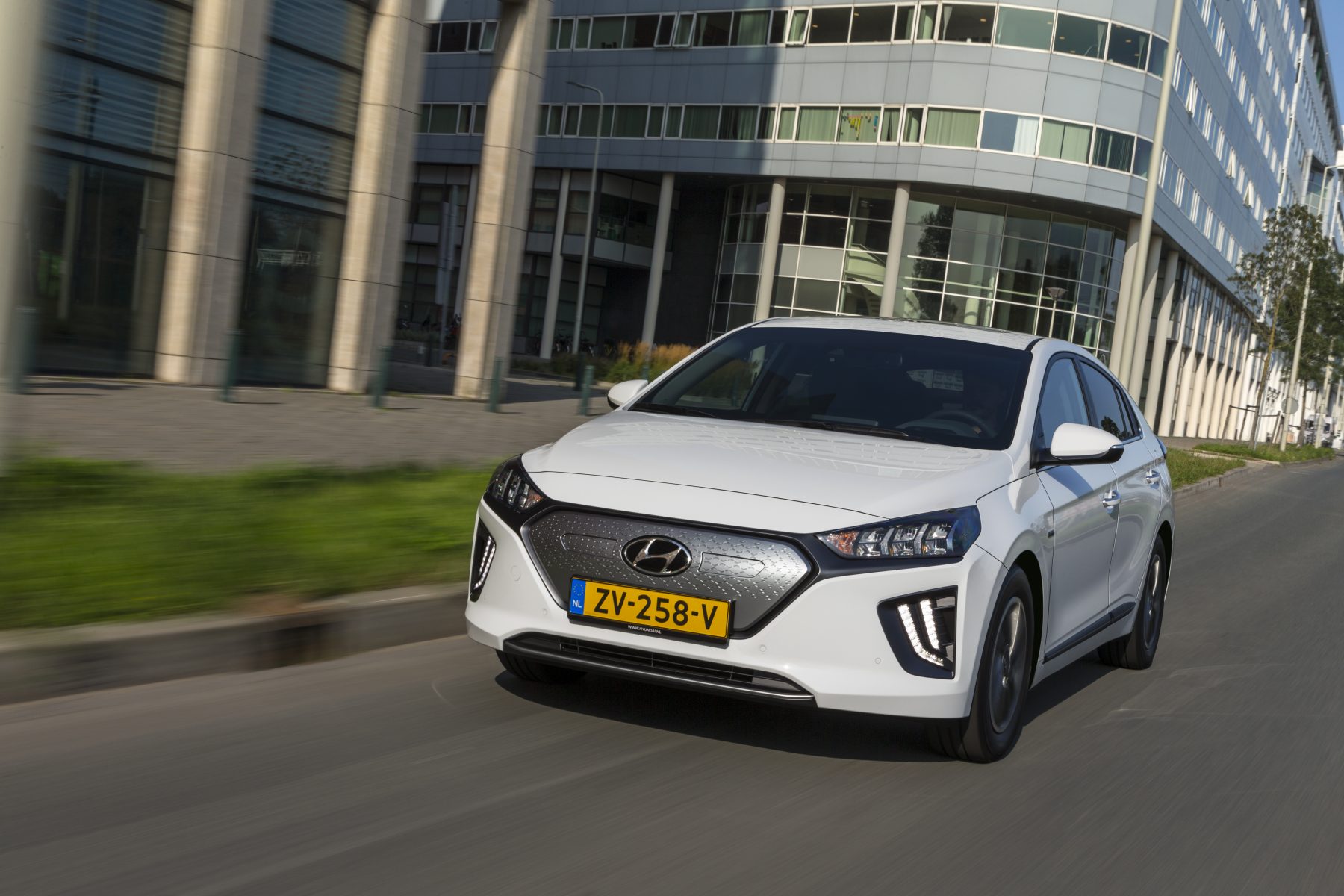
Electric vehicles might have made headlines with the likes of Tesla because of their lightning-fast acceleration, but the Ioniq is rather more sedate. It’s been tuned to offer a decent surge without pinning you to your seat, making it ideal for relaxing inner-city commutes. That said, there’s enough poke to make you wonder why you didn’t switch from underpowered petrol cars long ago.
The wheel-mounted paddles let you choose how much regenerative braking you’d like. Go for full whack, and you rarely need to touch the brakes around town, which is easy to get used to and works with the silent progress to make everyday driving more relaxing.
Perhaps the only downside is that there is a noticeable and mildly annoying whirr from the motor, though it’s not too intrusive and easy to tune out after a while.
How does it look?
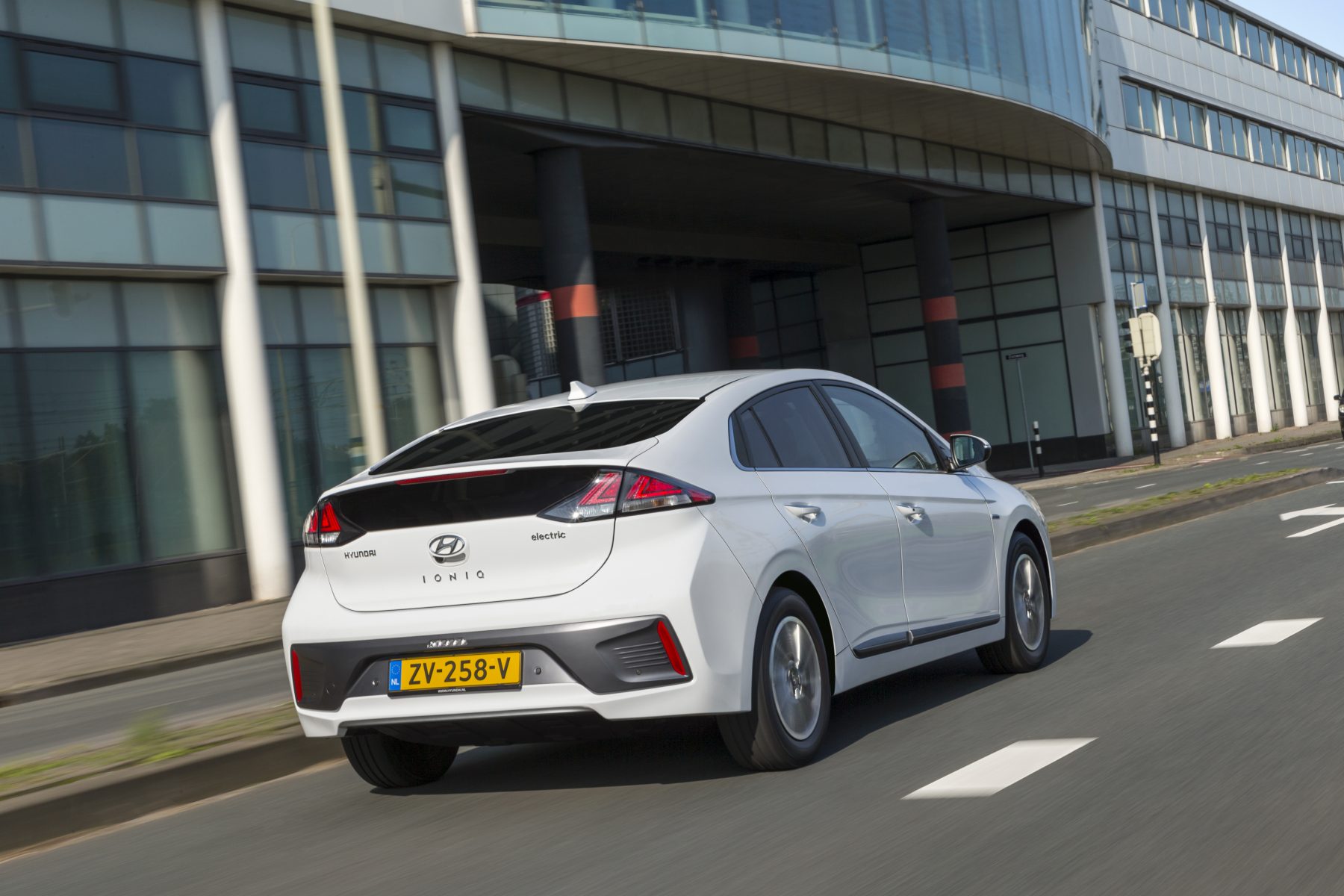
Styling-wise, the Ioniq is quite a unique prospect – it looks rather awkward from the rear yet handsome from the front, but importantly individual enough that you’ll never mistake it for anything else. And in an age of shared parts and platforms, that’s certainly welcome.
This latest model has received a number of aesthetic changes to keep it looking fresh. There’s a new design for the closed-off grille, completely new LED daytime running lights, headlights and taillights, redesigned front and rear bumpers, and redesigned 16-inch alloy wheels. There are also four new colours available across the Ioniq range.
What’s it like inside?
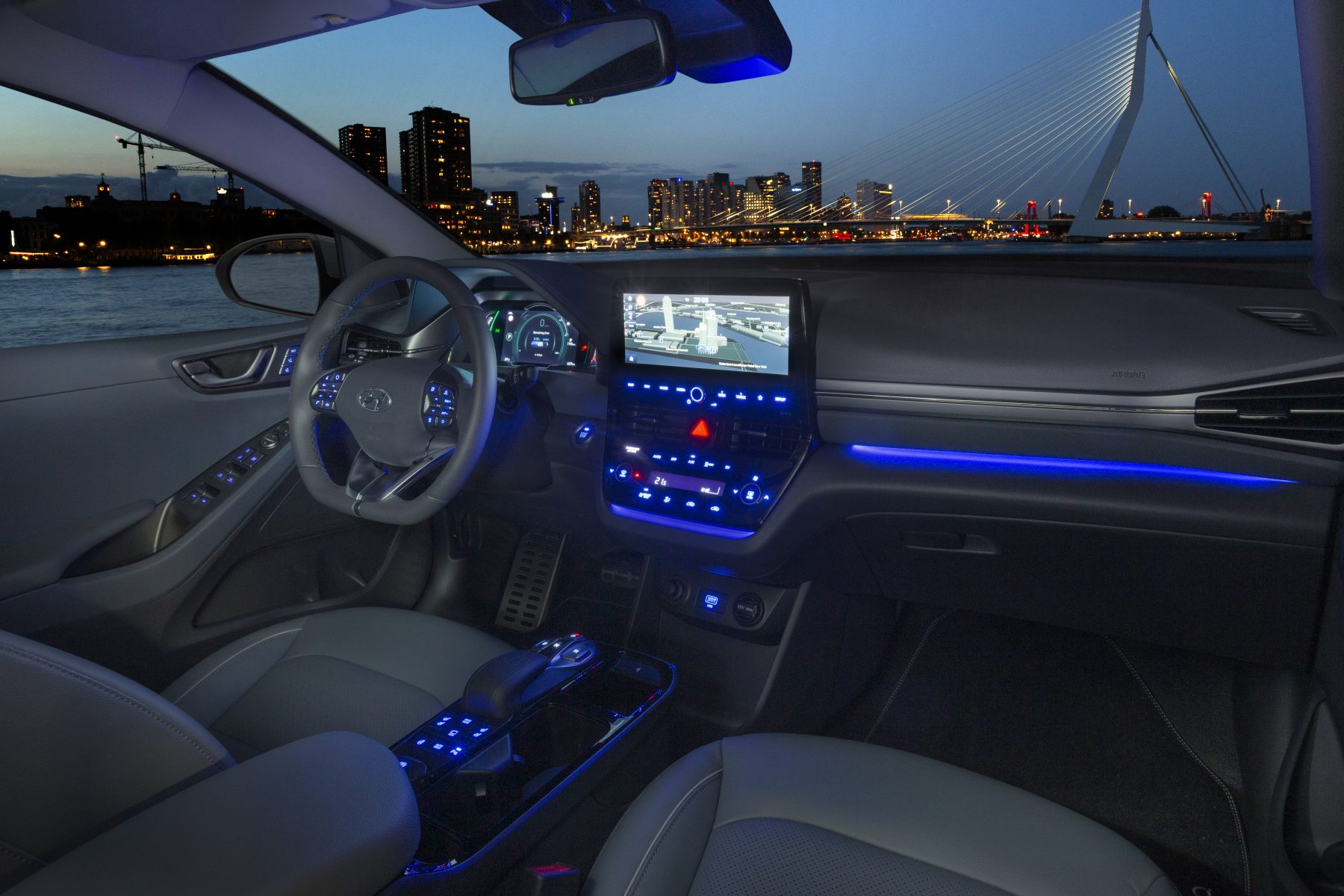
The cabin has been given a once over, too. The new 10.25-inch widescreen infotainment system dominates the dashboard, housed in a gloss black surround that morphs into the controls for the air conditioning system. Unfortunately, these are touch buttons that are difficult to use on the move, while the glossy surround will be a fingerprint magnet. The screen itself is clear and responsive, though Hyundai’s operating system continues to lag behind competitors in design and ease-of-use.
It’s more positive news elsewhere, though, with the Ioniq Electric doing a good job of elevating the interior to feel more upmarket than elsewhere in the range. There are premium-feeling materials used throughout, and while it can’t touch its new rivals for being truly premium inside, buyers prioritising range from their circa-£30k EV won’t feel like they’ve made a massive concession to cabin quality.
What’s the spec like?
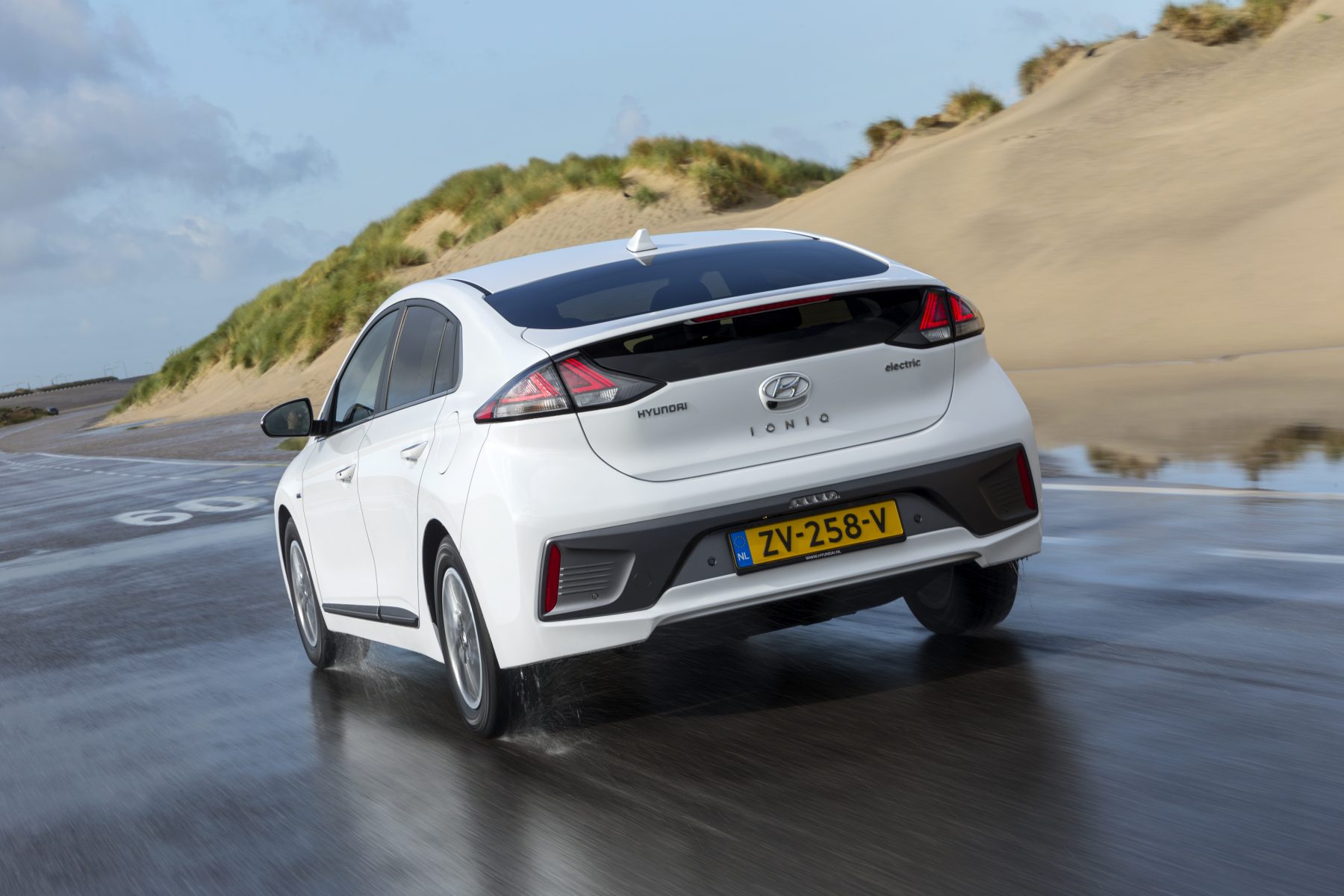
There are two trim levels available for the Ioniq Electric, called Premium and Premium SE. The former starts the range at £29,450 after the government’s plug-in car grant (PICG) and comes with 16-inch alloy wheels, automatic LED headlights and LED daytime running lights, 10.25-inch touchscreen with navigation, and a leather steering wheel.
Opt for the higher specification Premium SE trim, starting from £31,450 after PICG, and you add chrome exterior door handles, privacy glass, leather seat upholstery, heated and ventilated seats and automatic windscreen wipers. Extra safety equipment includes blind spot detection, lane follow assist and rear cross traffic alert.
Verdict
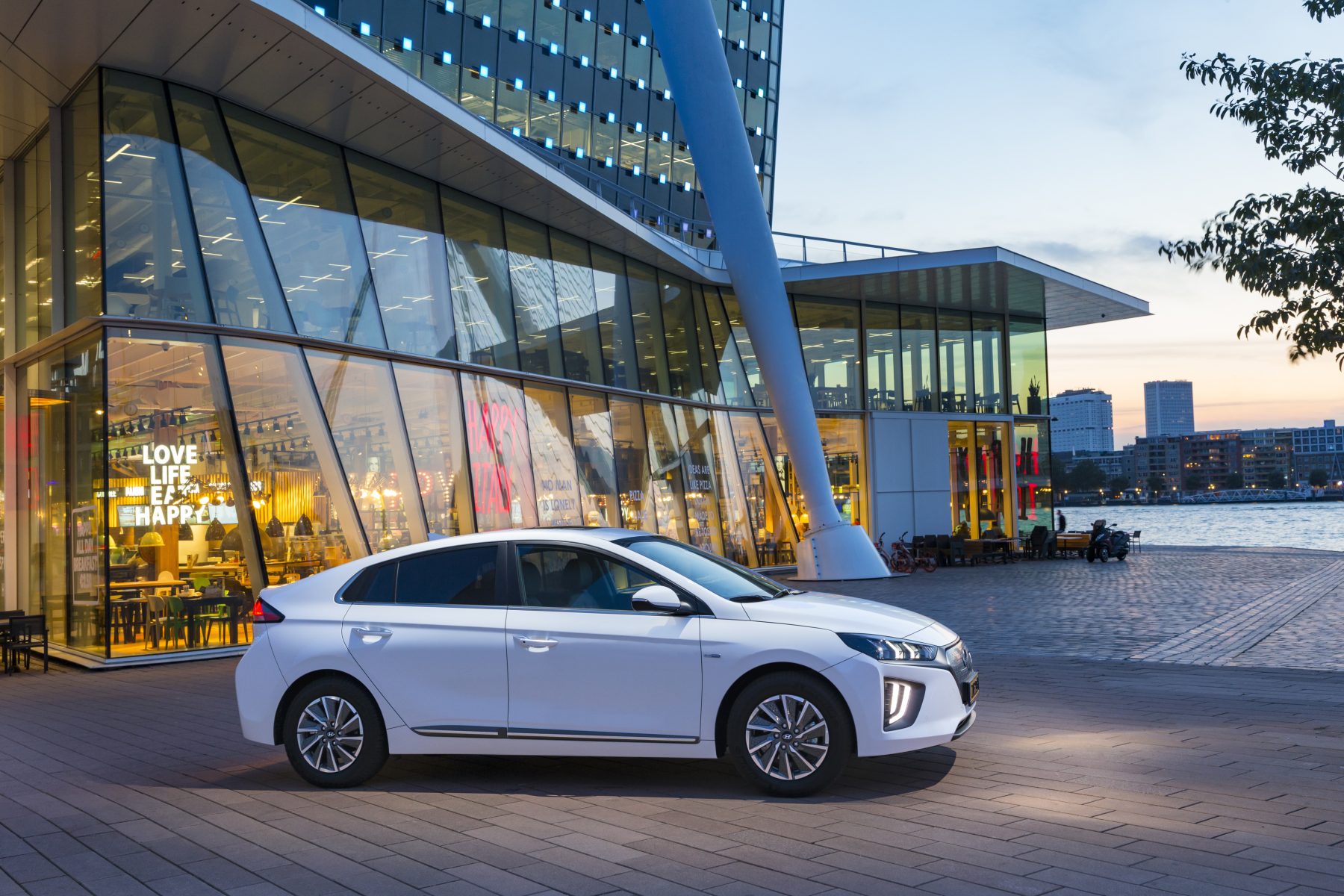
On paper, the Hyundai Ioniq is a tempting option in the practical, mainstream electric vehicle market. Forthcoming and existing rivals in this price range might sport more upmarket interiors, but typically have much less space and, more importantly, lower range.
And in the real world it largely delivers – this all-electric model has a decent enough cabin and plenty of kit, is easy and relaxing to drive, and has enough range that most will rarely need to recharge. For those who simply can’t take the plunge into full EV ownership just yet, though, the Ioniq’s plug-in hybrid stablemate might prove its most compelling rival.

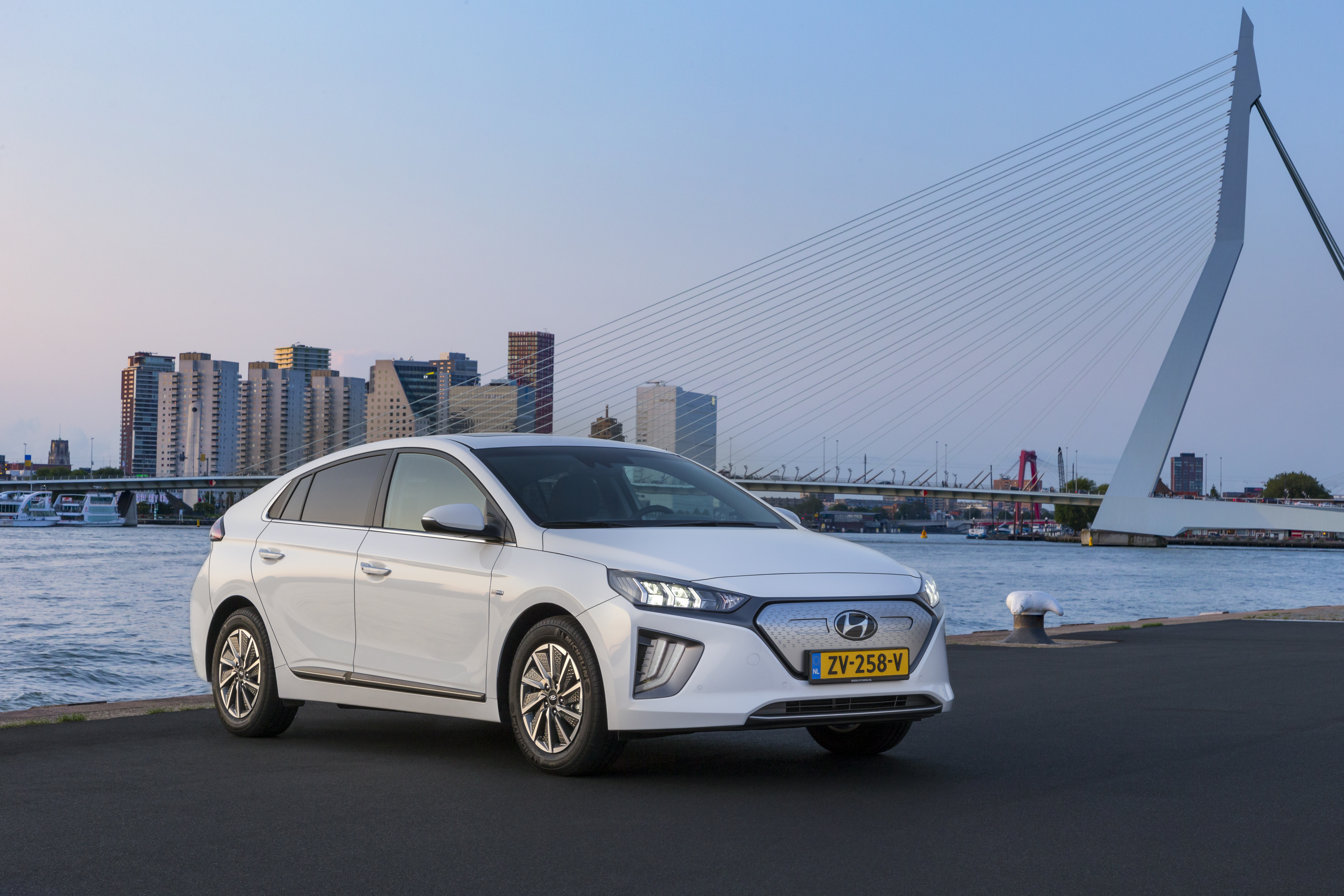

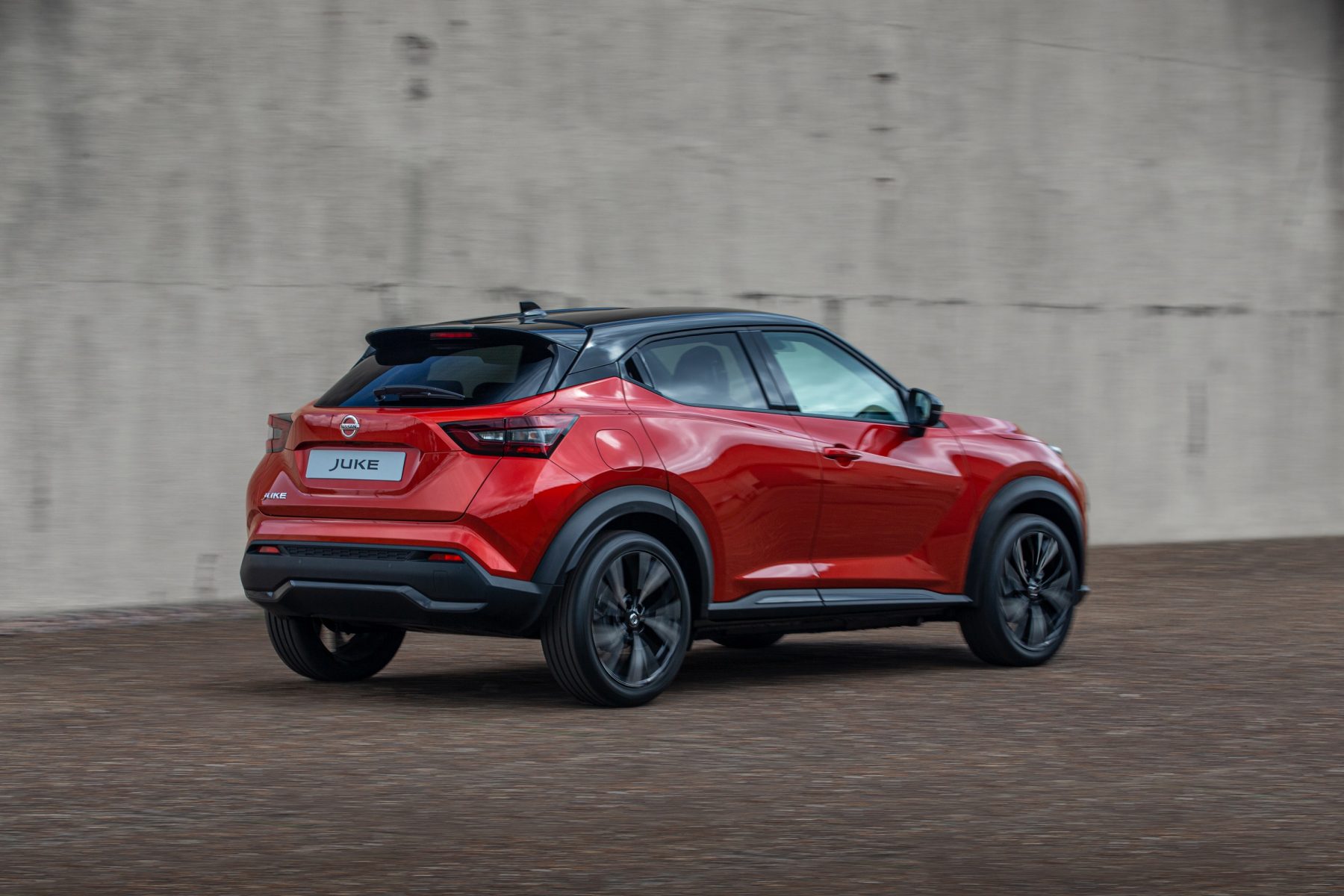
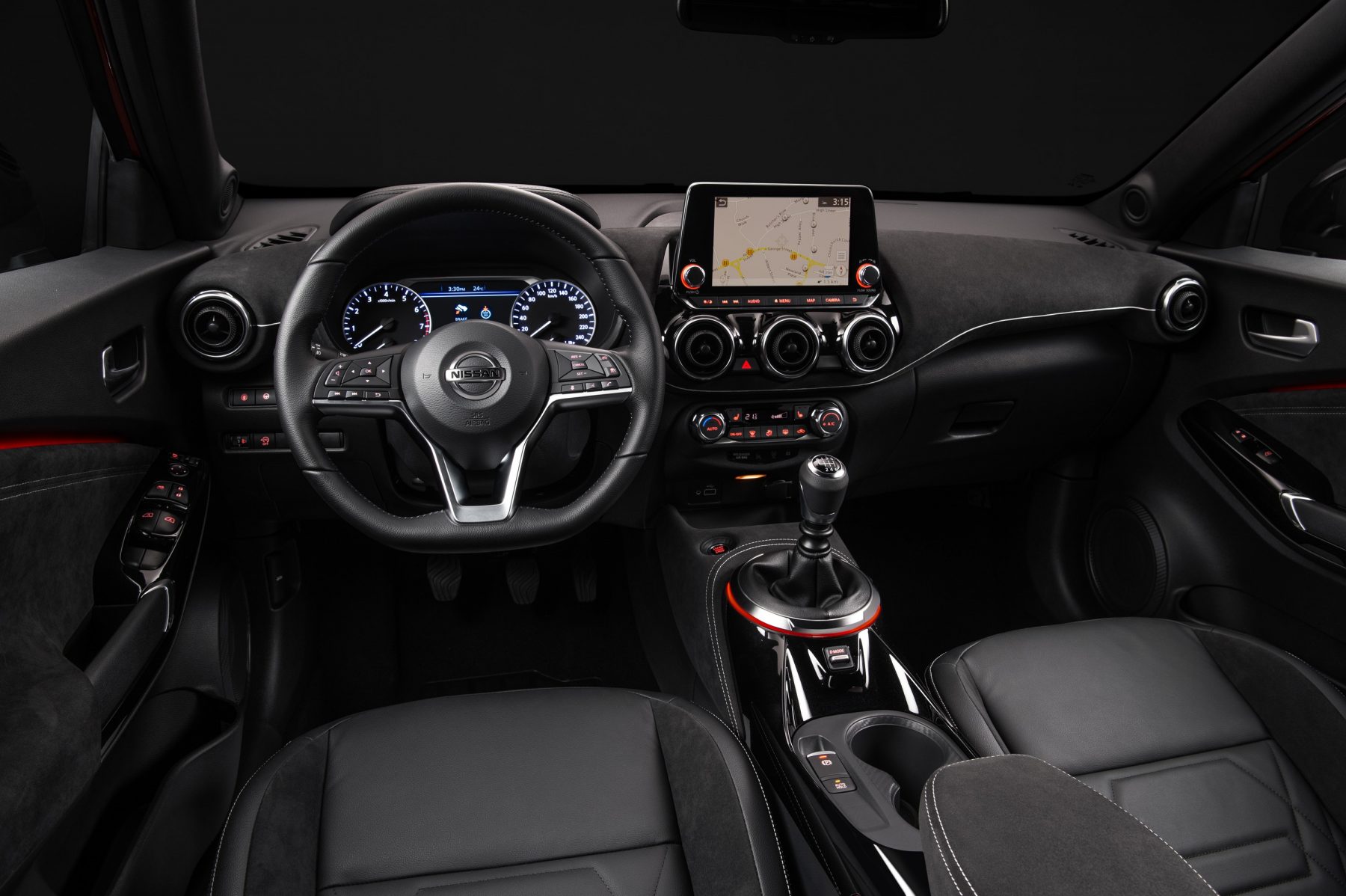

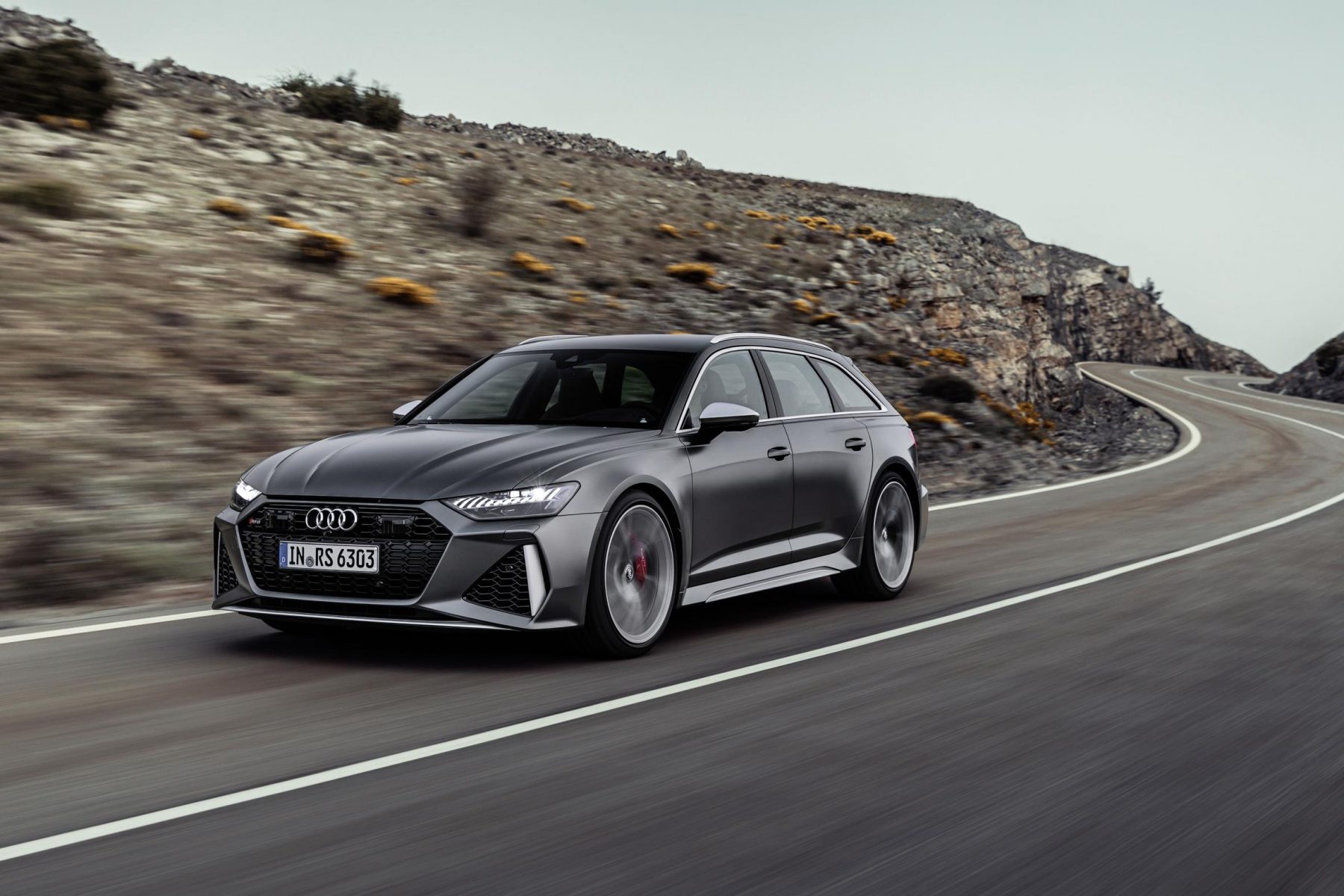
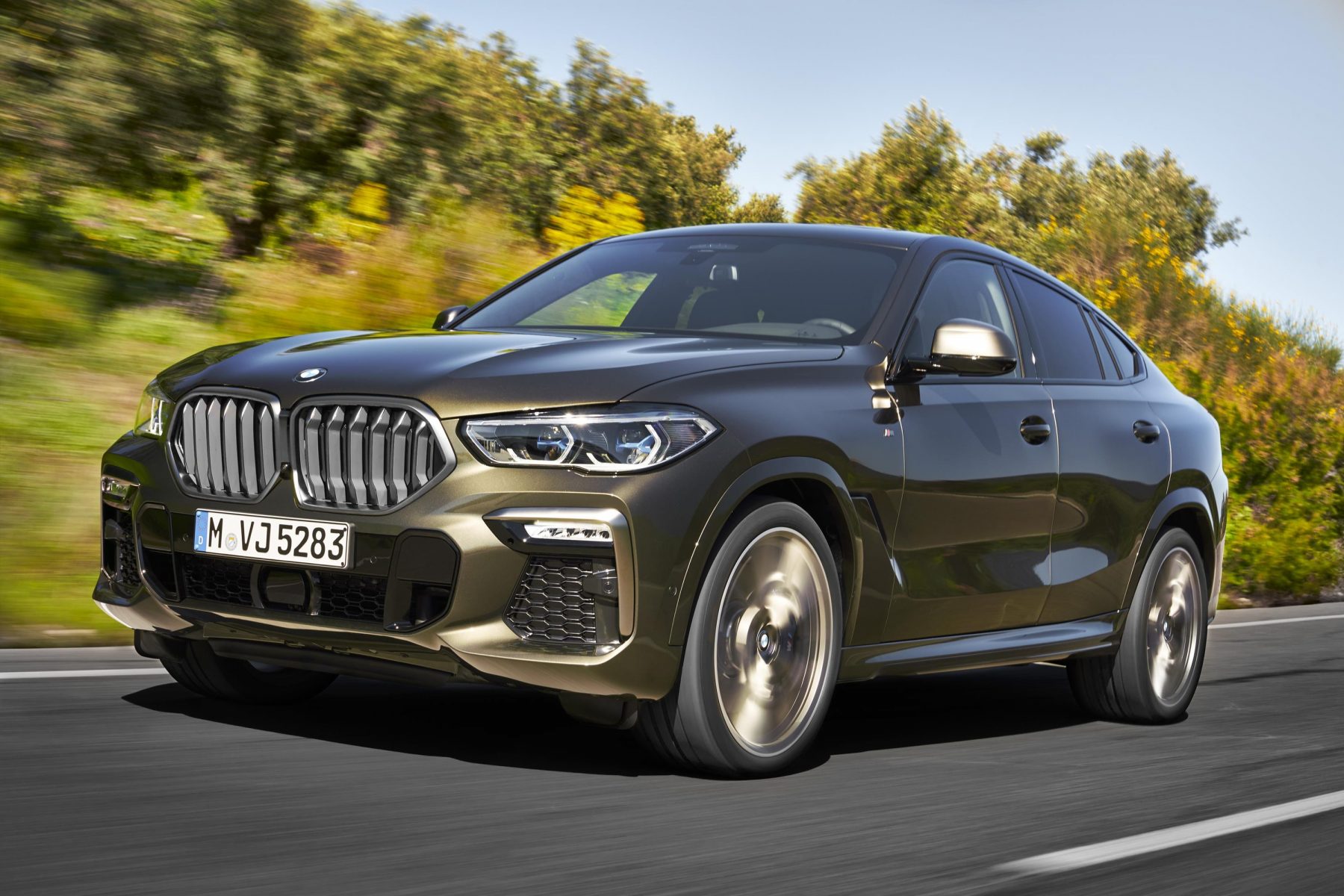
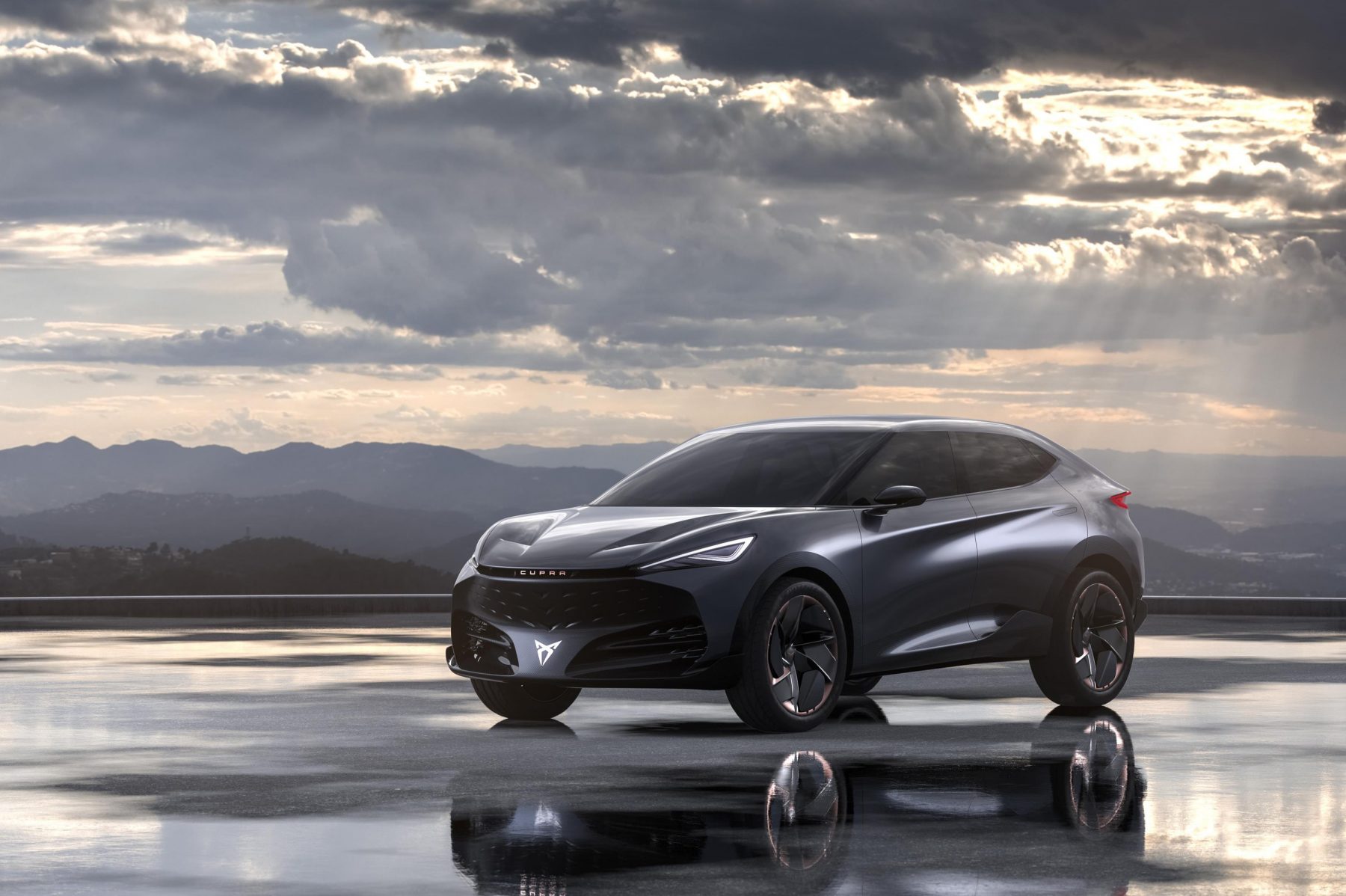


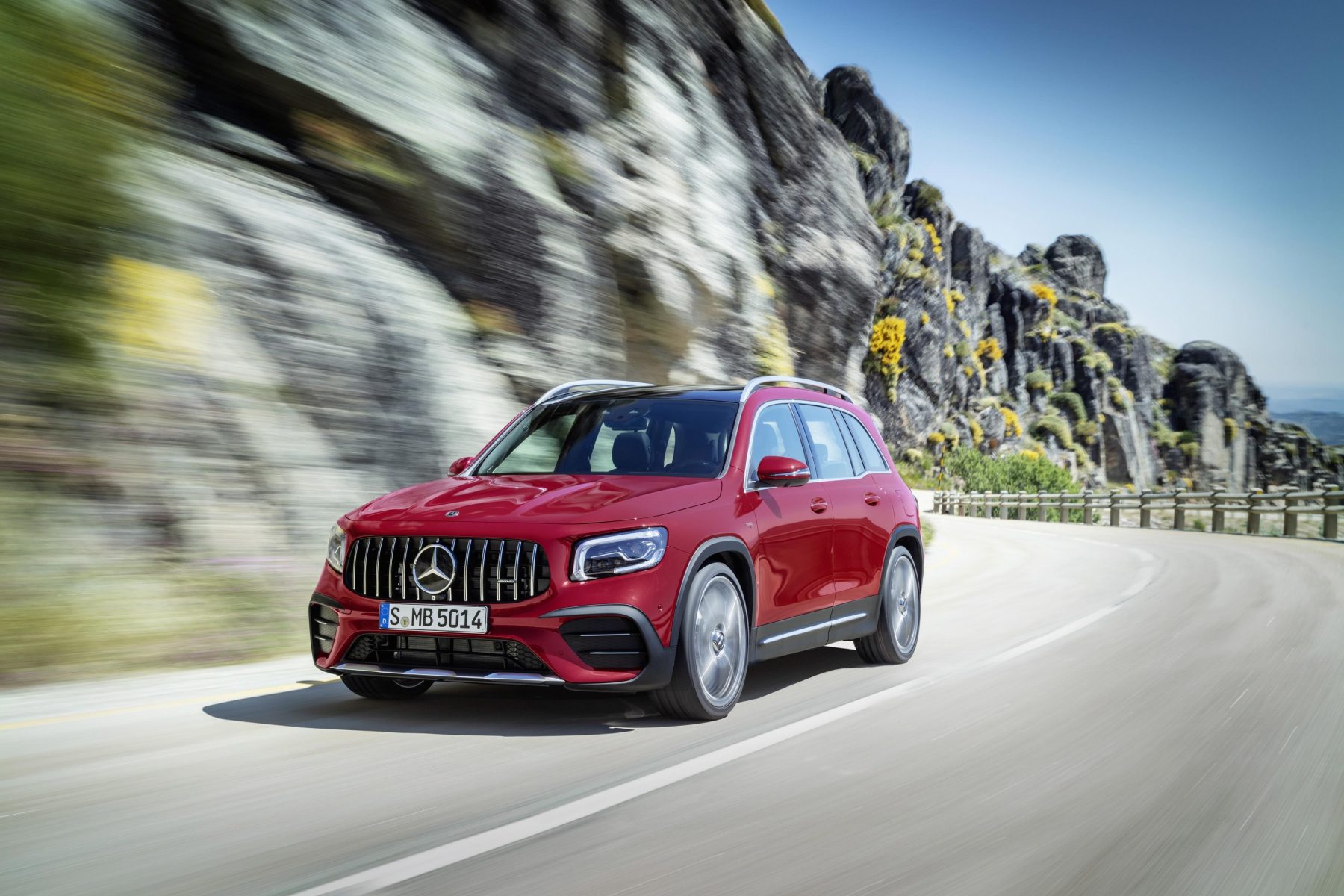

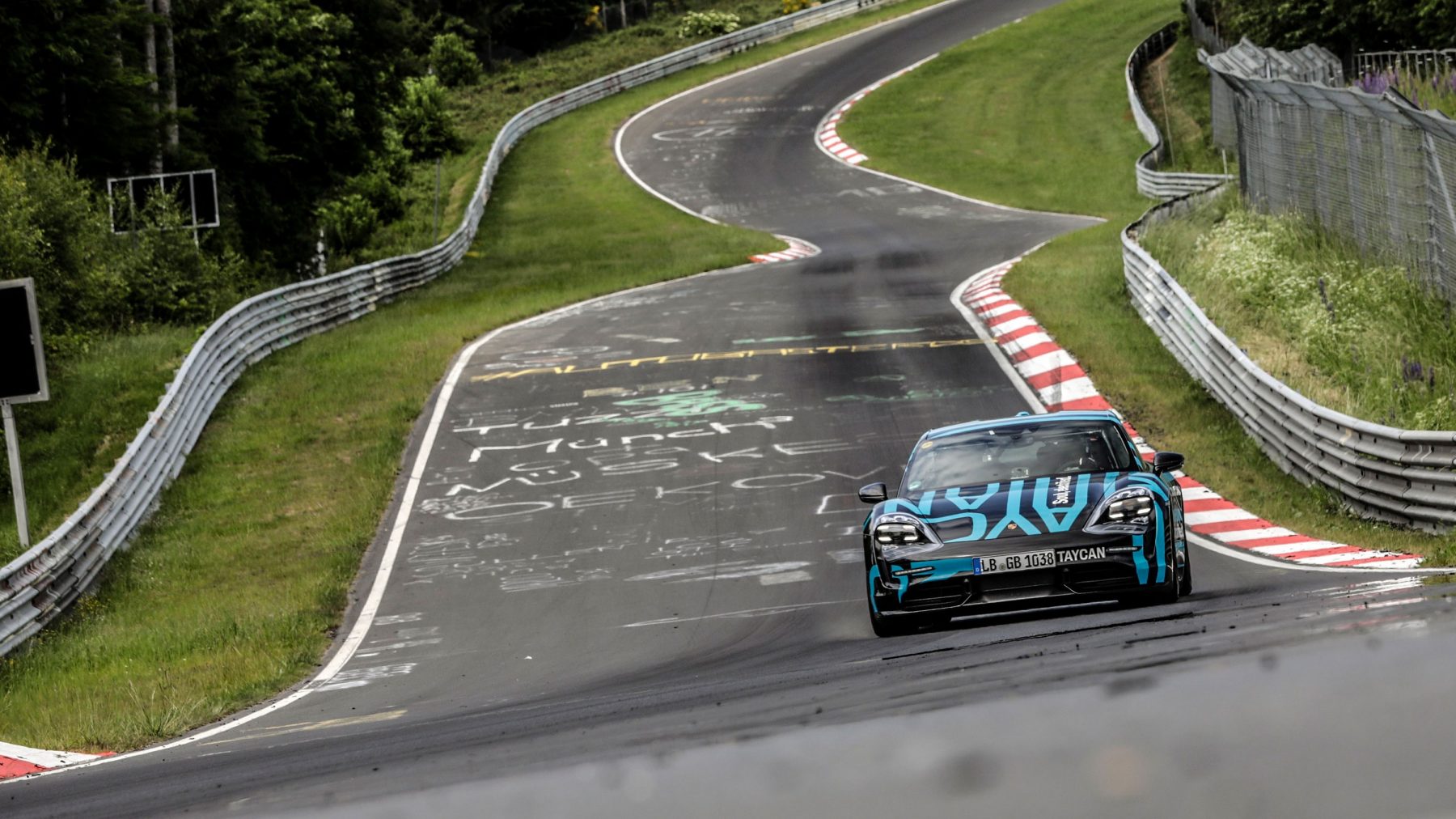
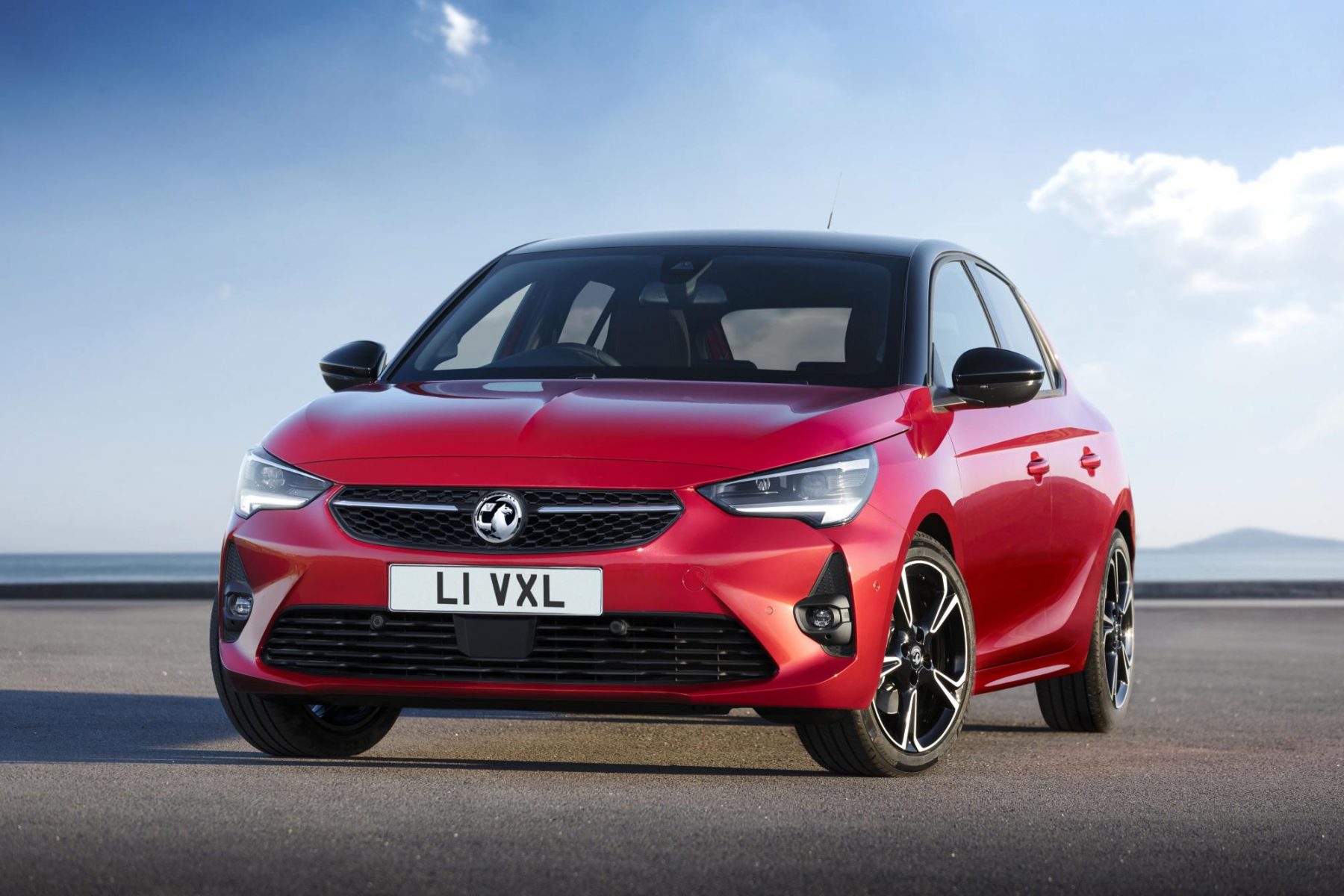
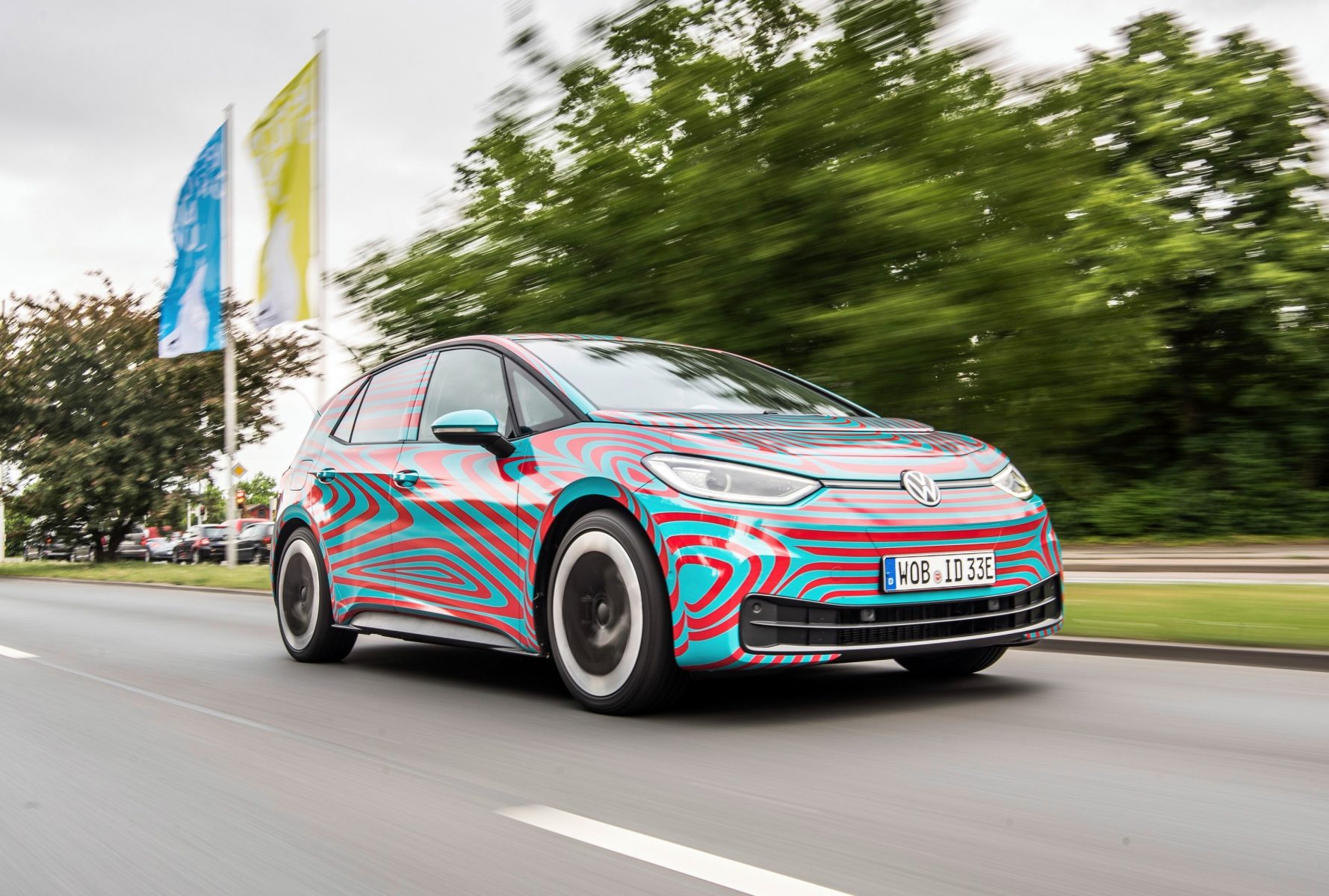
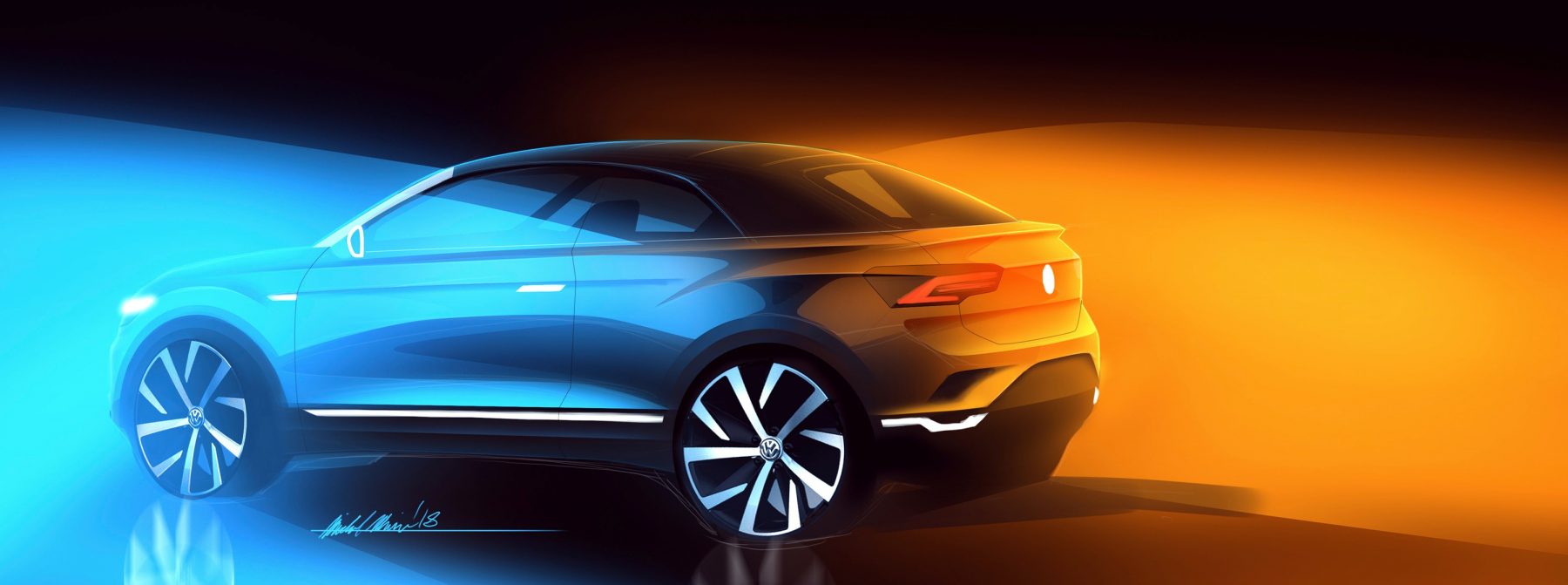
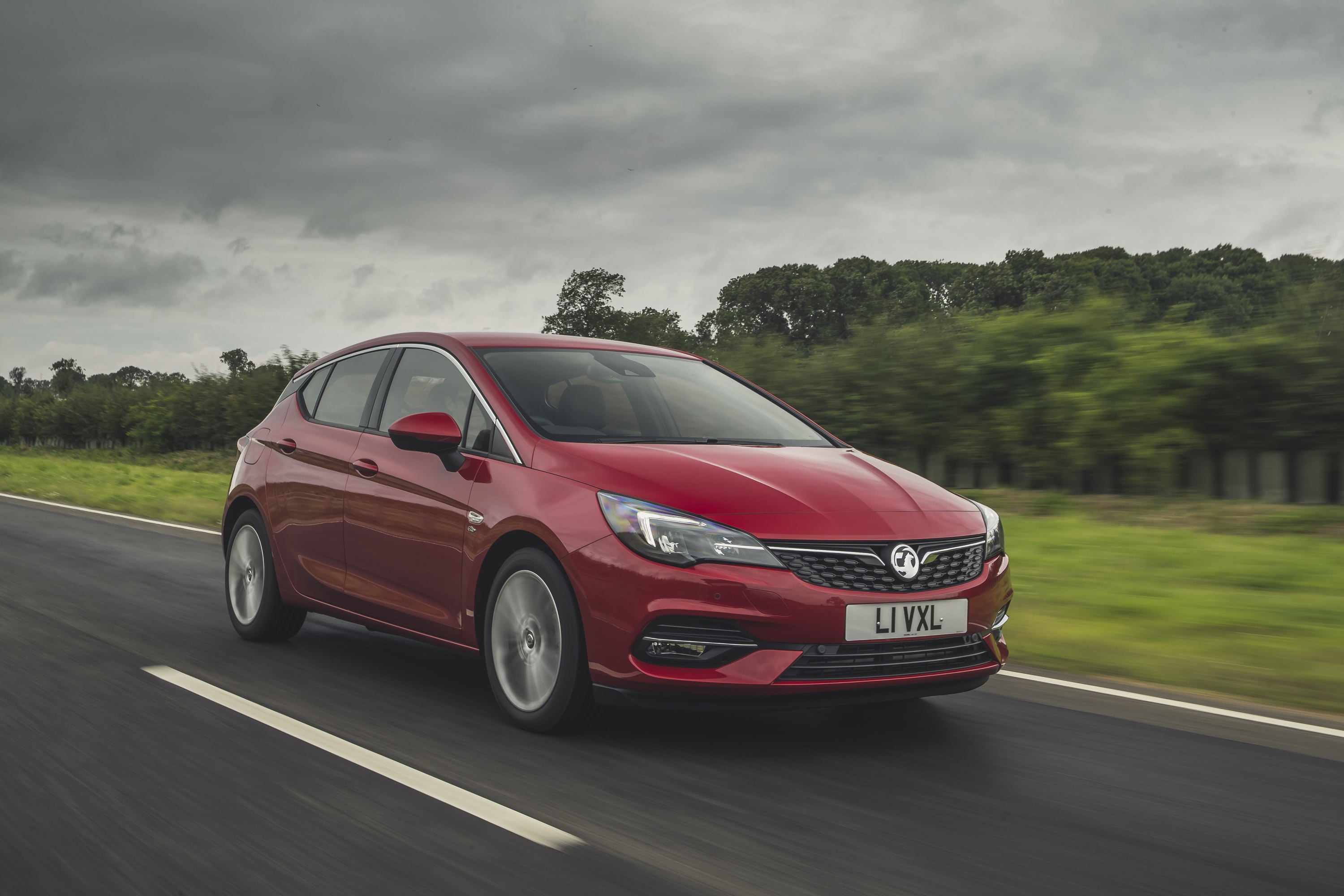
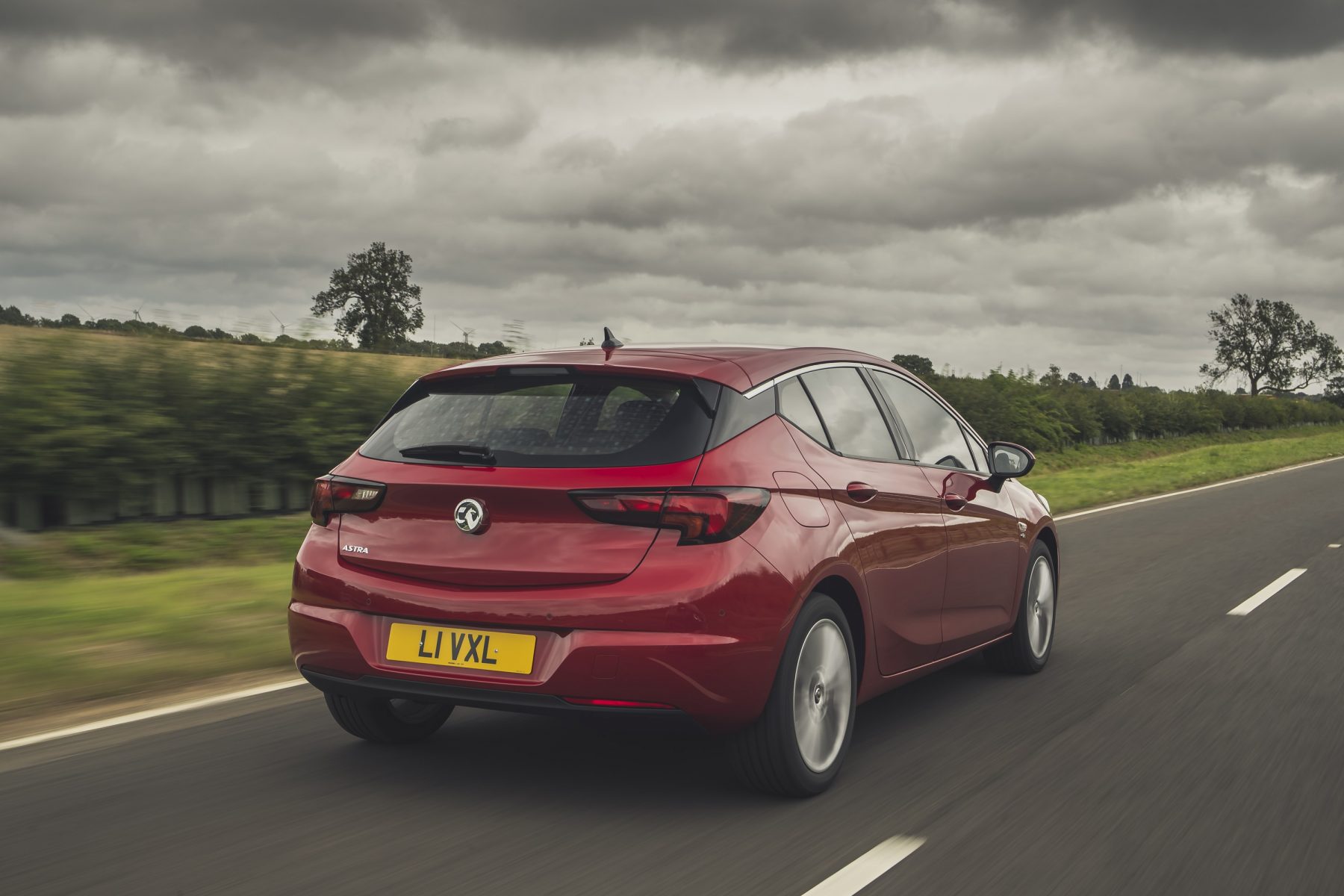


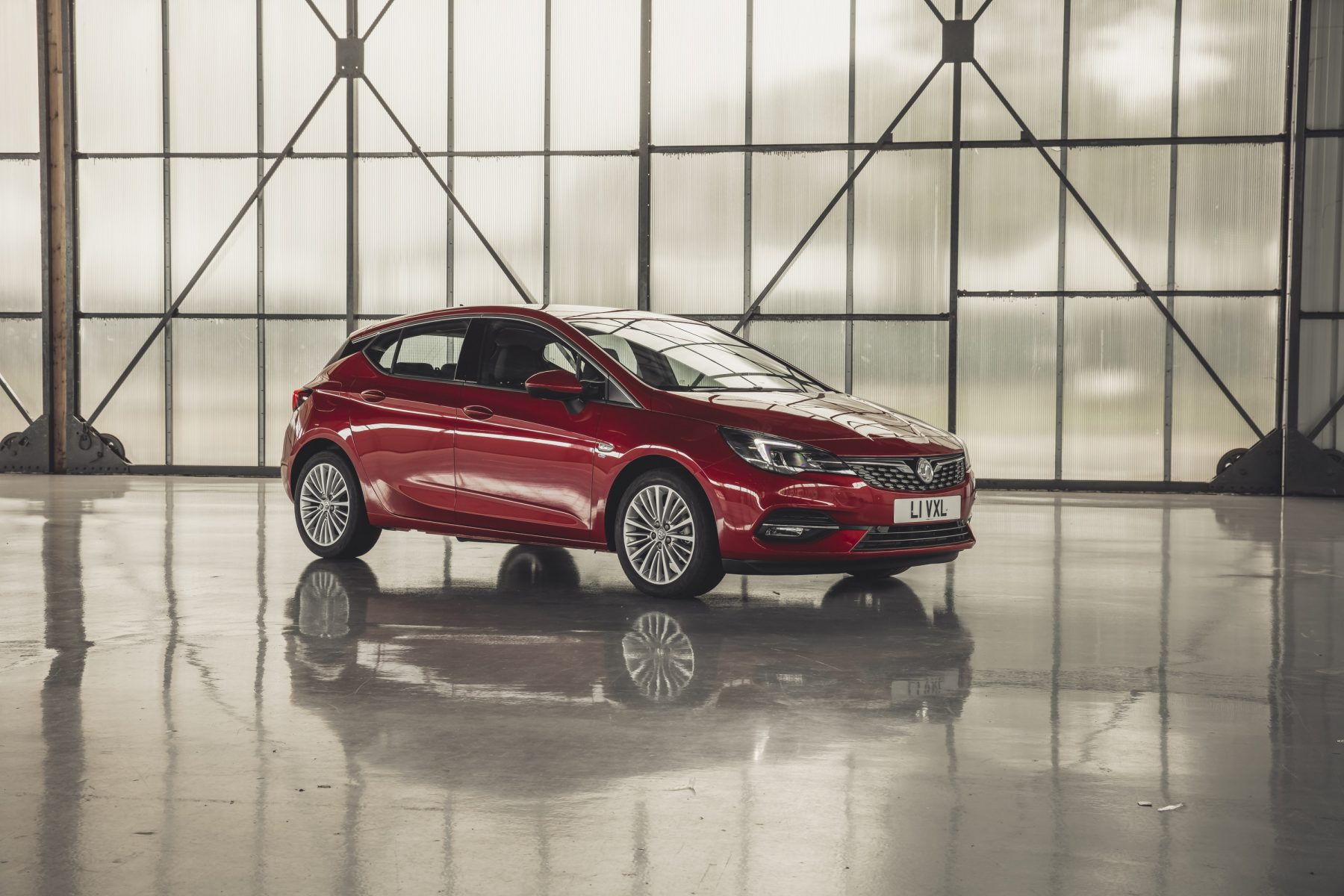

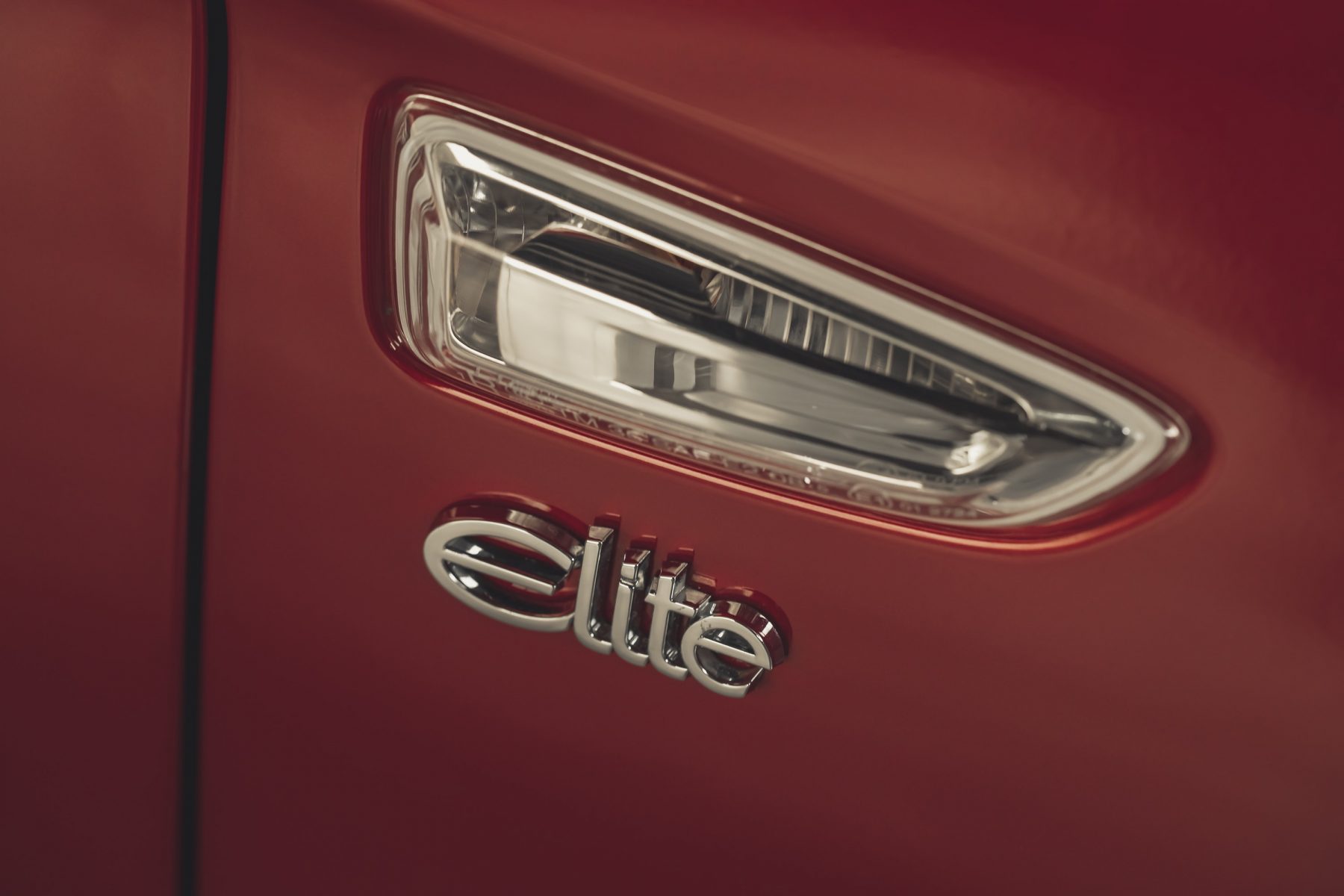
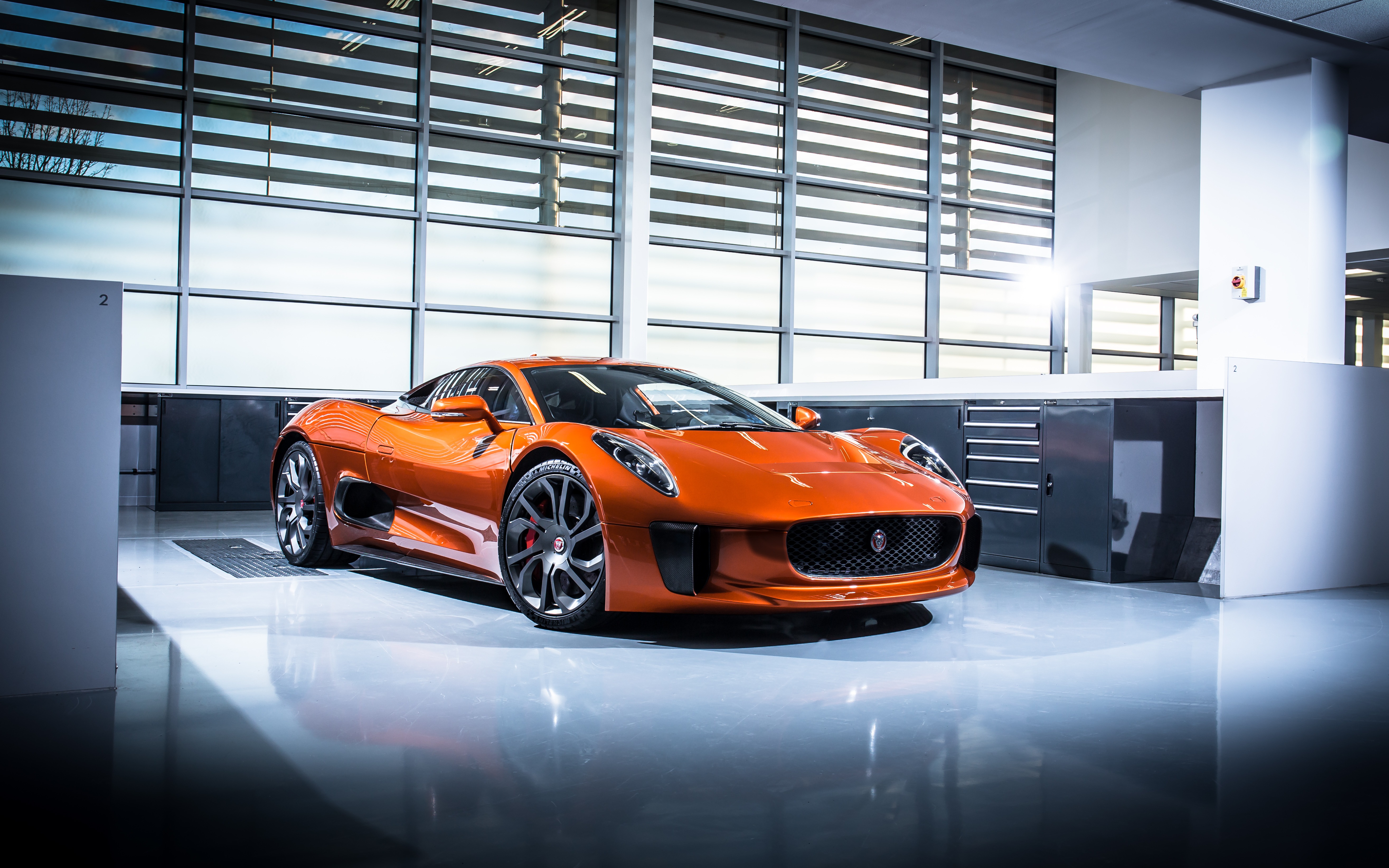
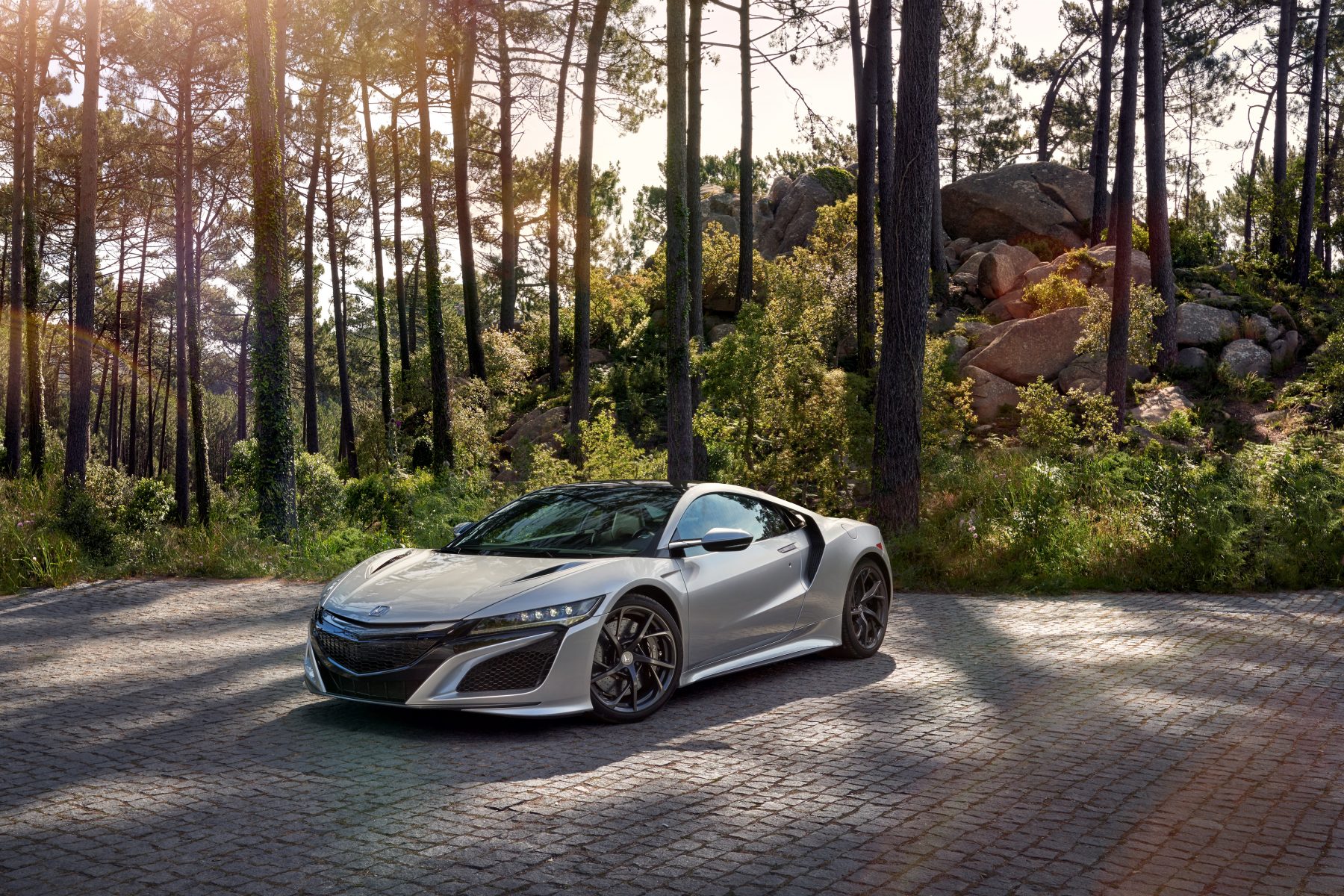

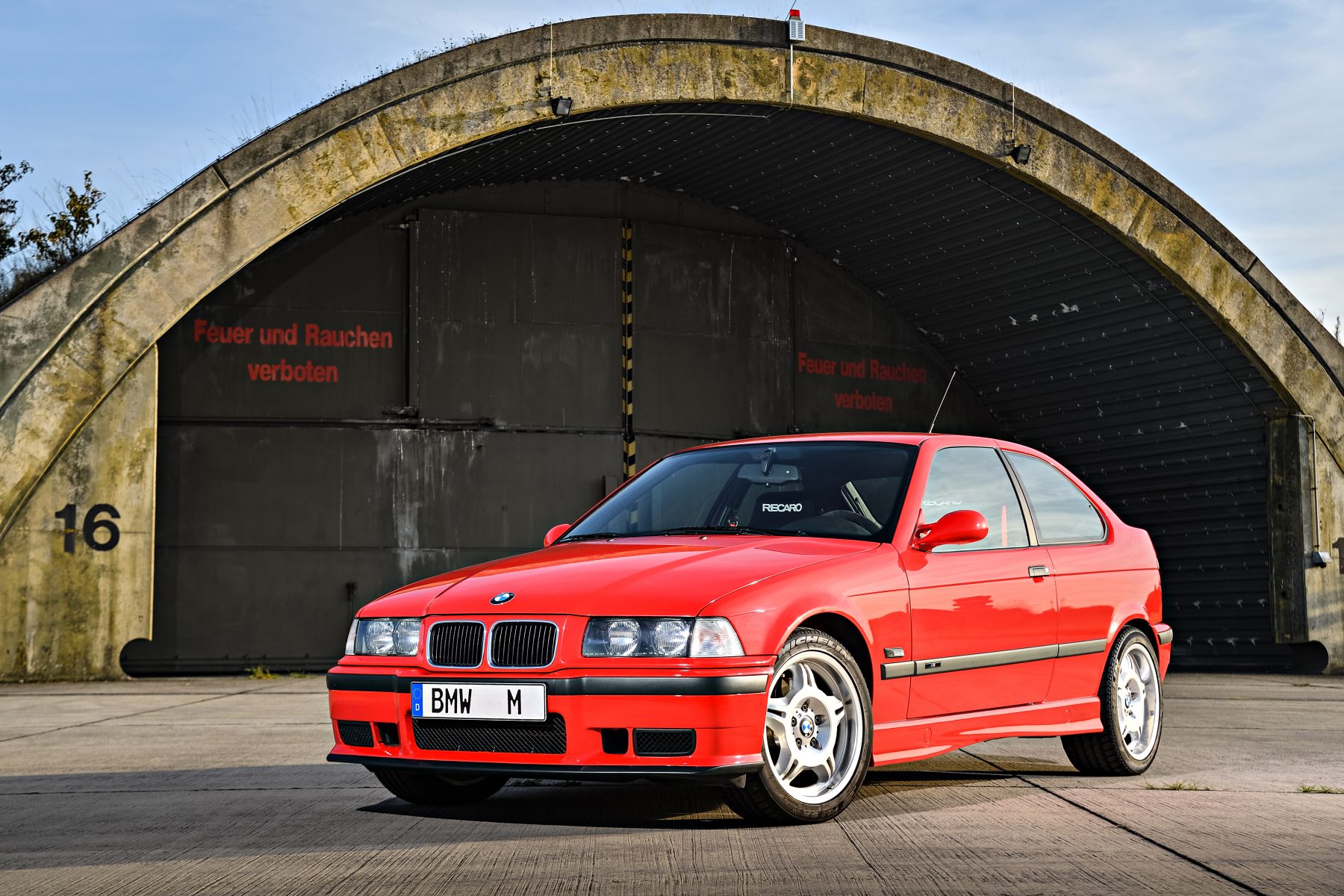 In an attempt to attract younger buyers into the showroom, BMW thought of producing an M version of the ‘90s 3 Series Compact. The German firm even built a prototype featuring the E36 M3’s 317bhp straight-six engine – although the production model was likely to receive a less powerful six-cylinder – and a 150kg drop in weight. Sadly, it was never to be.
In an attempt to attract younger buyers into the showroom, BMW thought of producing an M version of the ‘90s 3 Series Compact. The German firm even built a prototype featuring the E36 M3’s 317bhp straight-six engine – although the production model was likely to receive a less powerful six-cylinder – and a 150kg drop in weight. Sadly, it was never to be.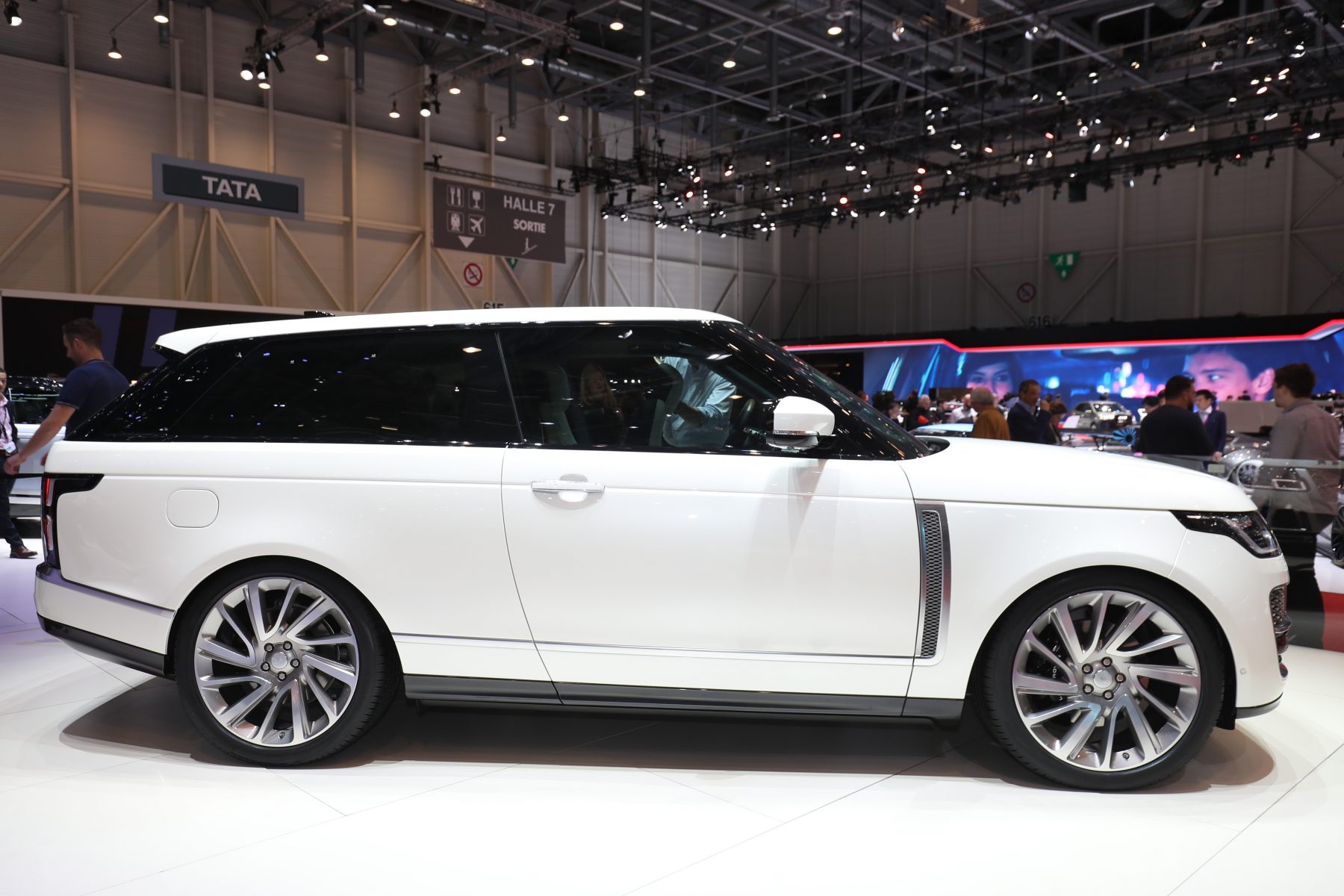 This niche two-door luxury SUV was very much set for production. Land Rover was going to make 999 examples, each costing around £240,000, until the manufacturer informed customers that it had decided not to go ahead with the model earlier this year.
This niche two-door luxury SUV was very much set for production. Land Rover was going to make 999 examples, each costing around £240,000, until the manufacturer informed customers that it had decided not to go ahead with the model earlier this year.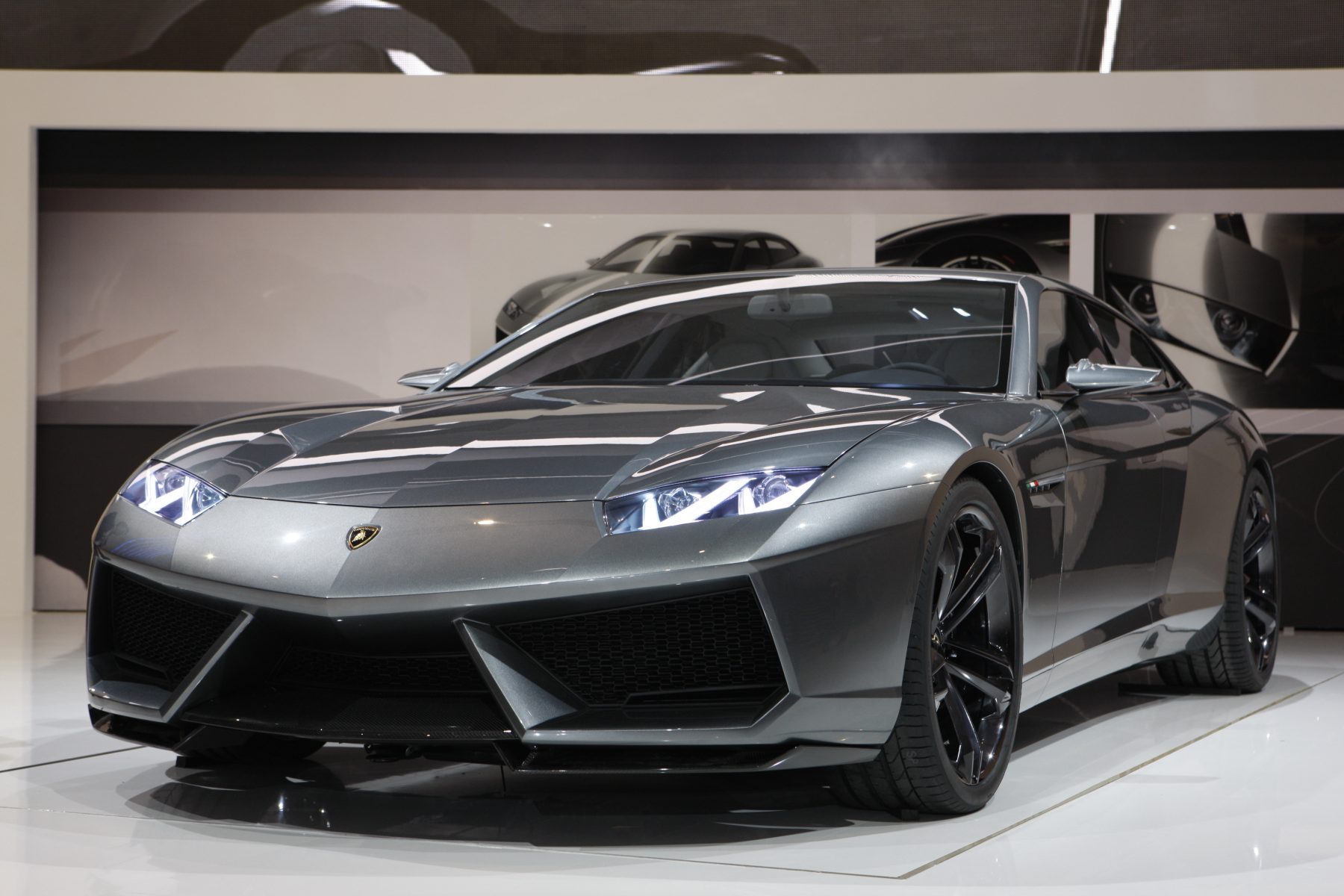
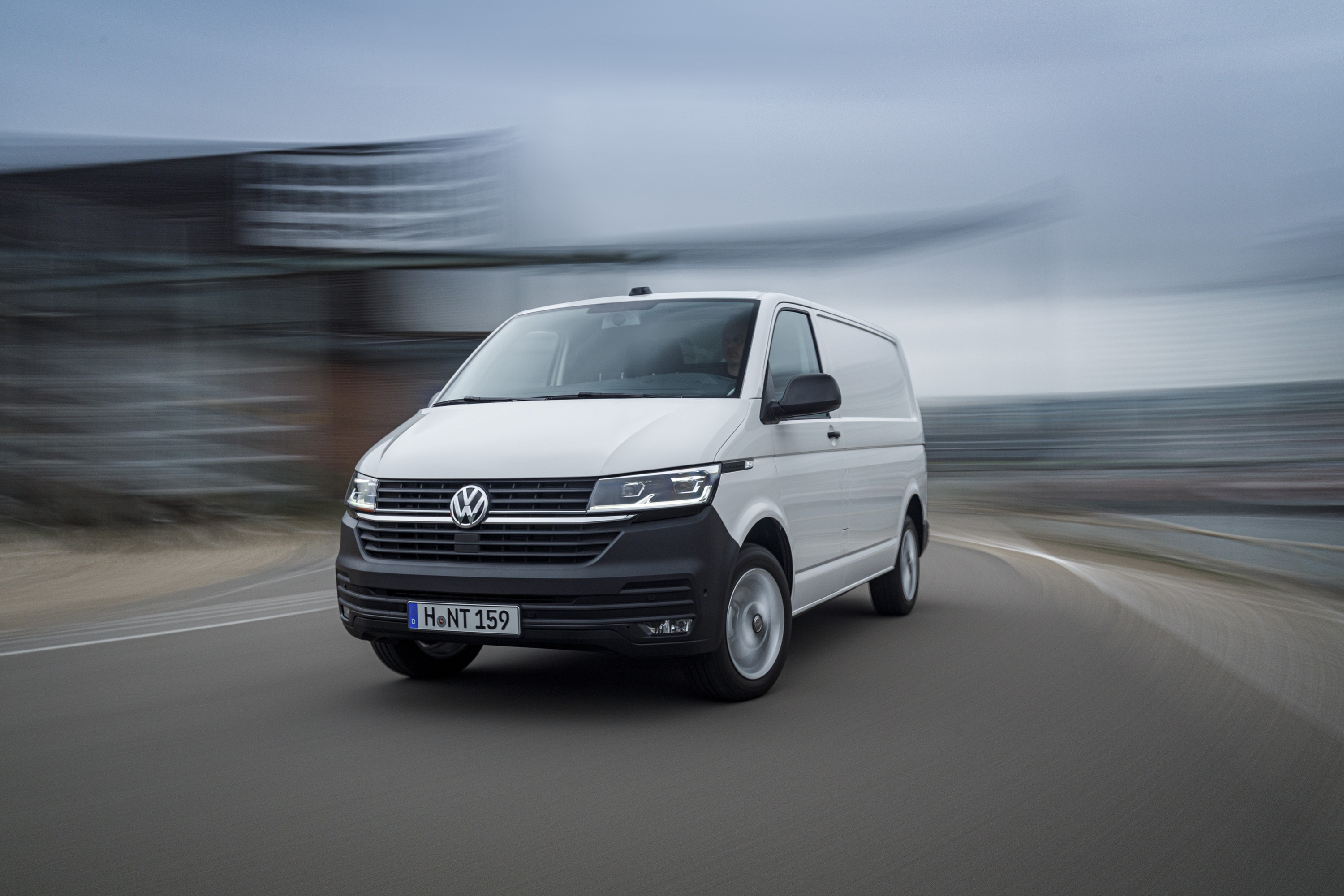
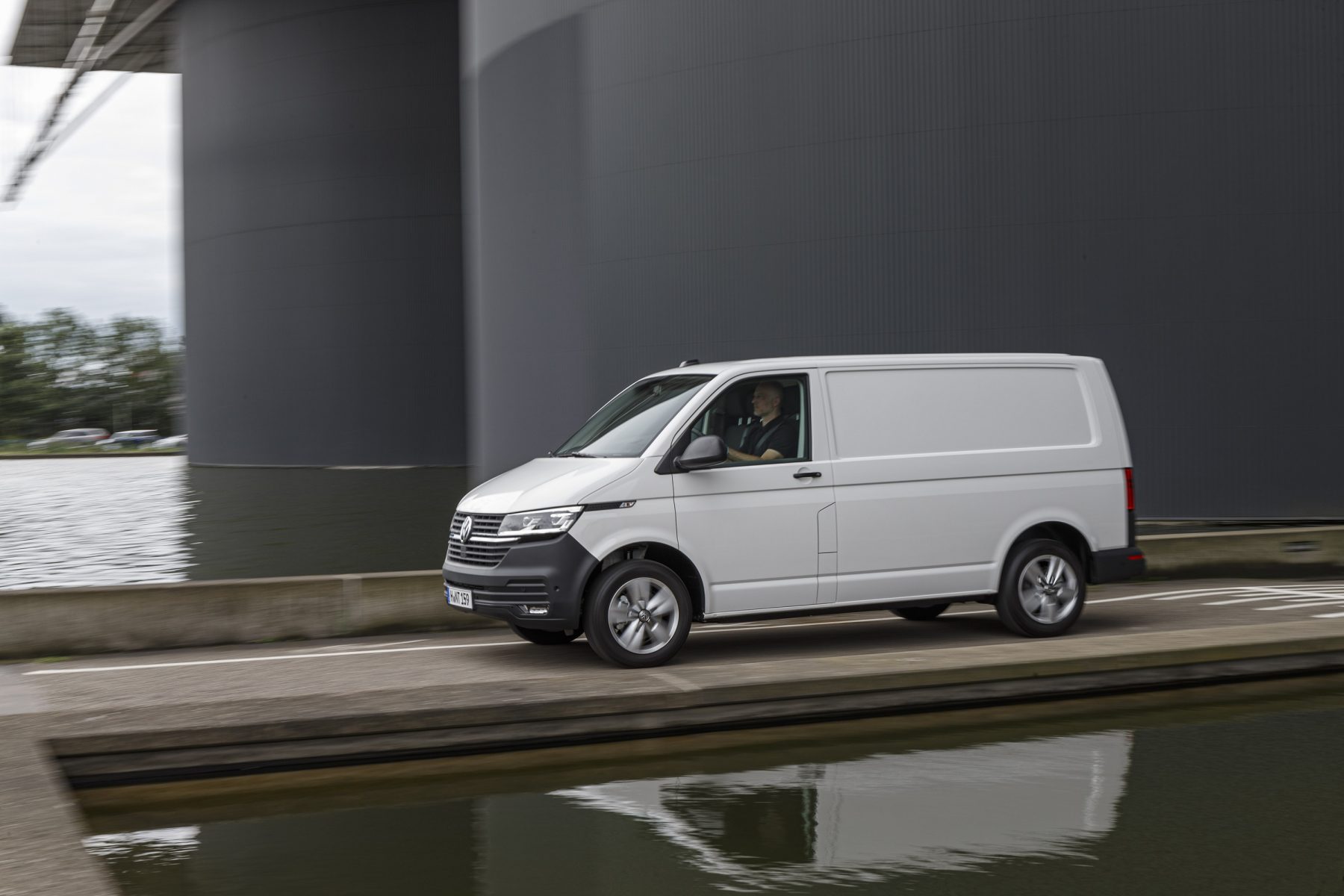
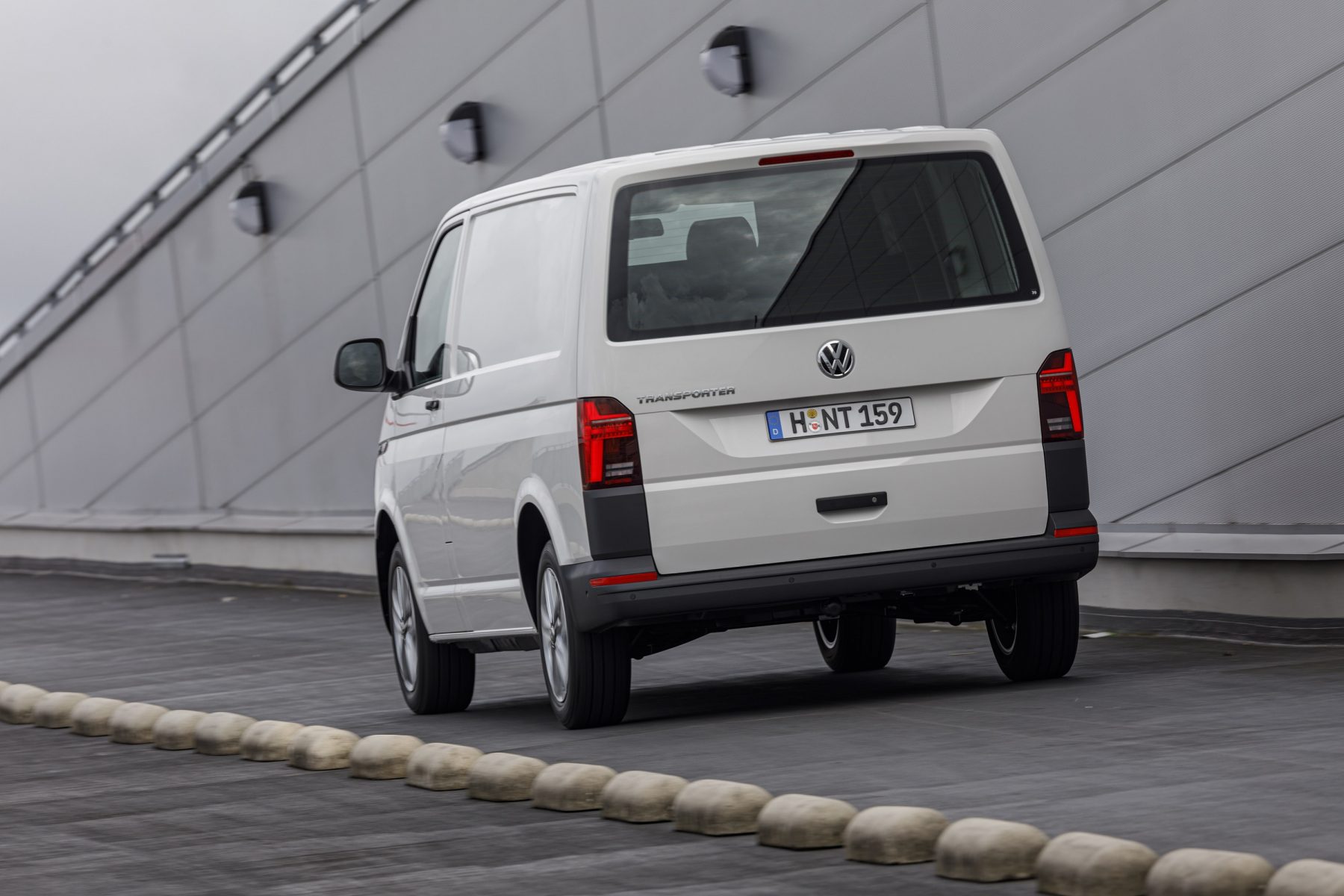
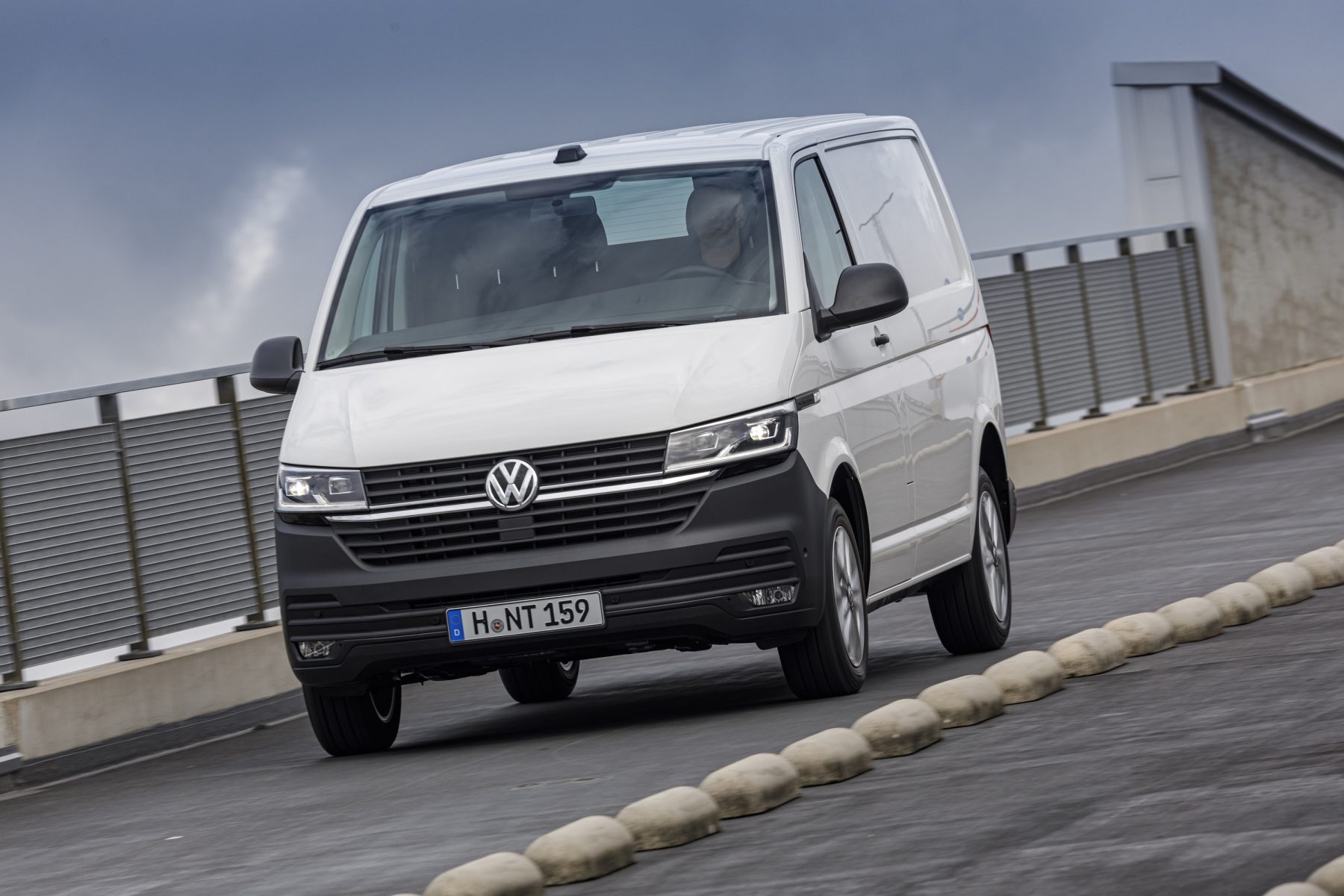
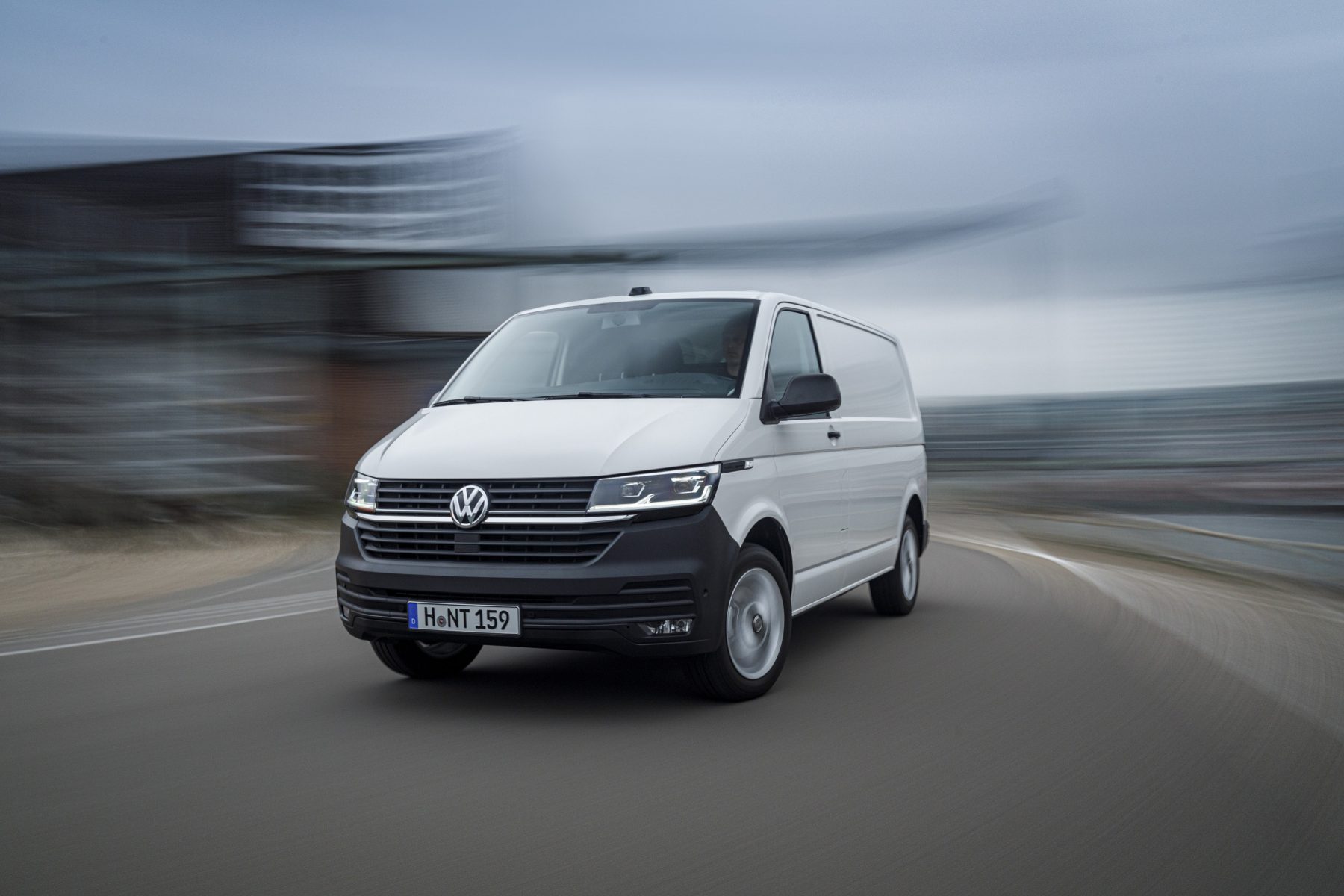
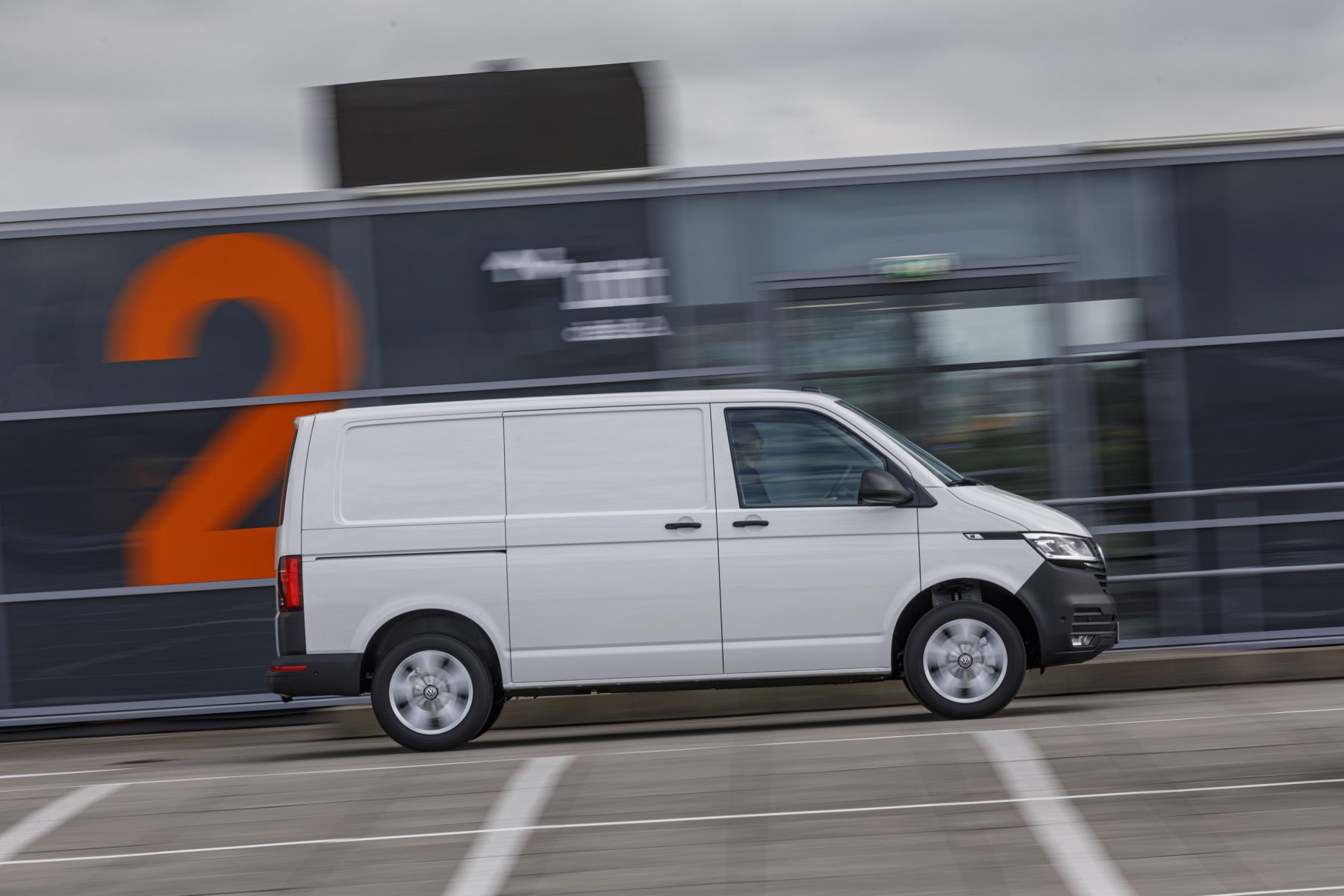
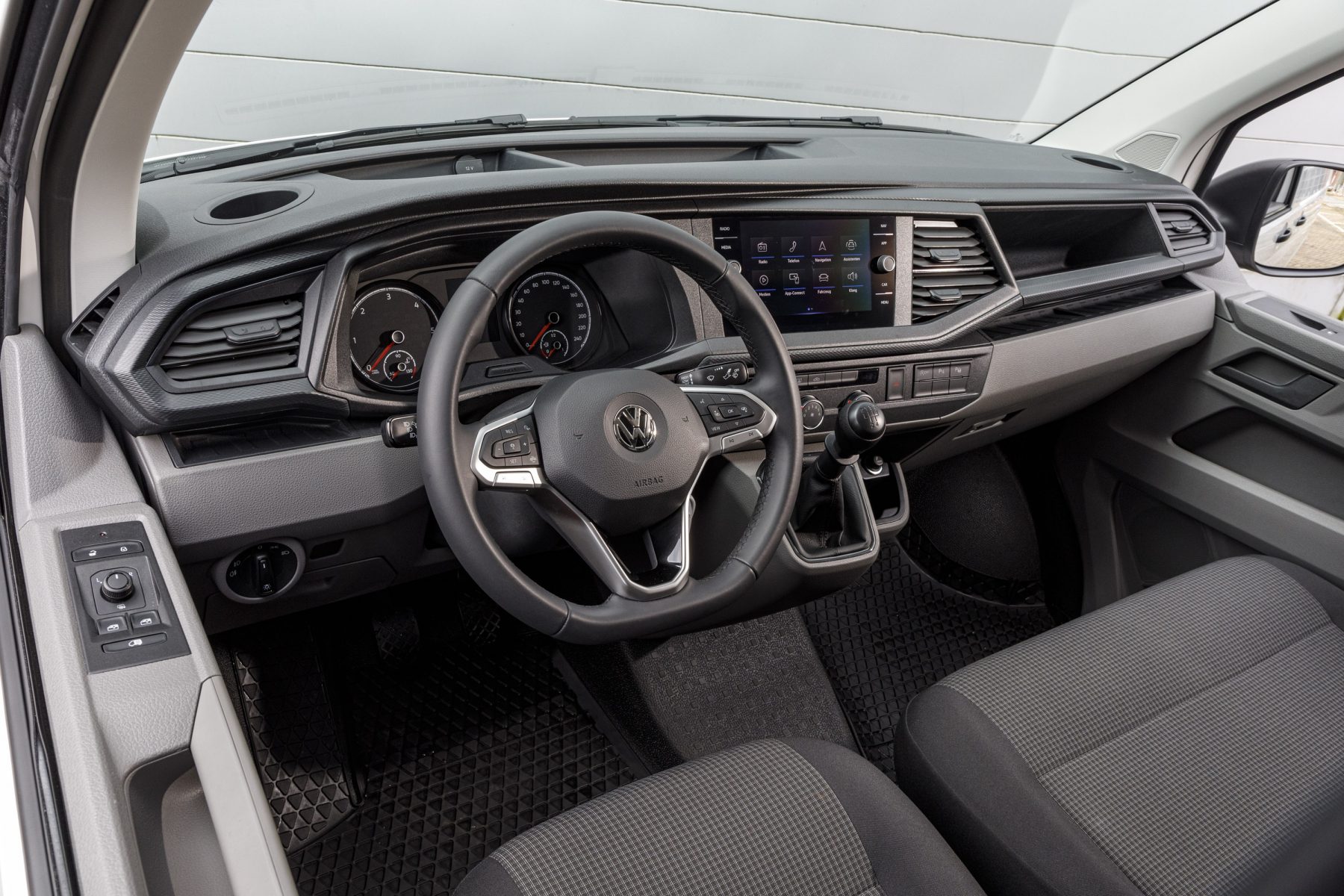
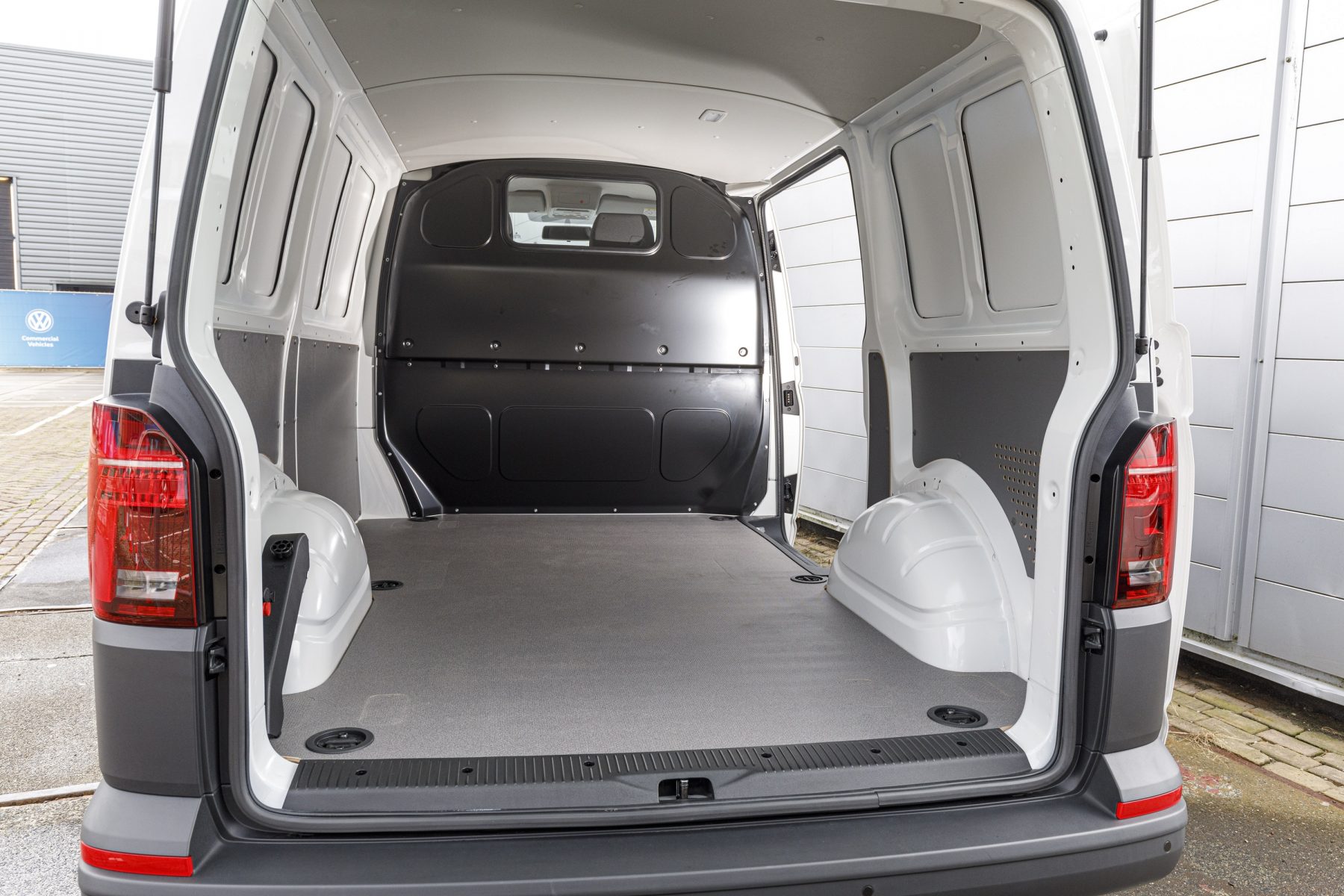
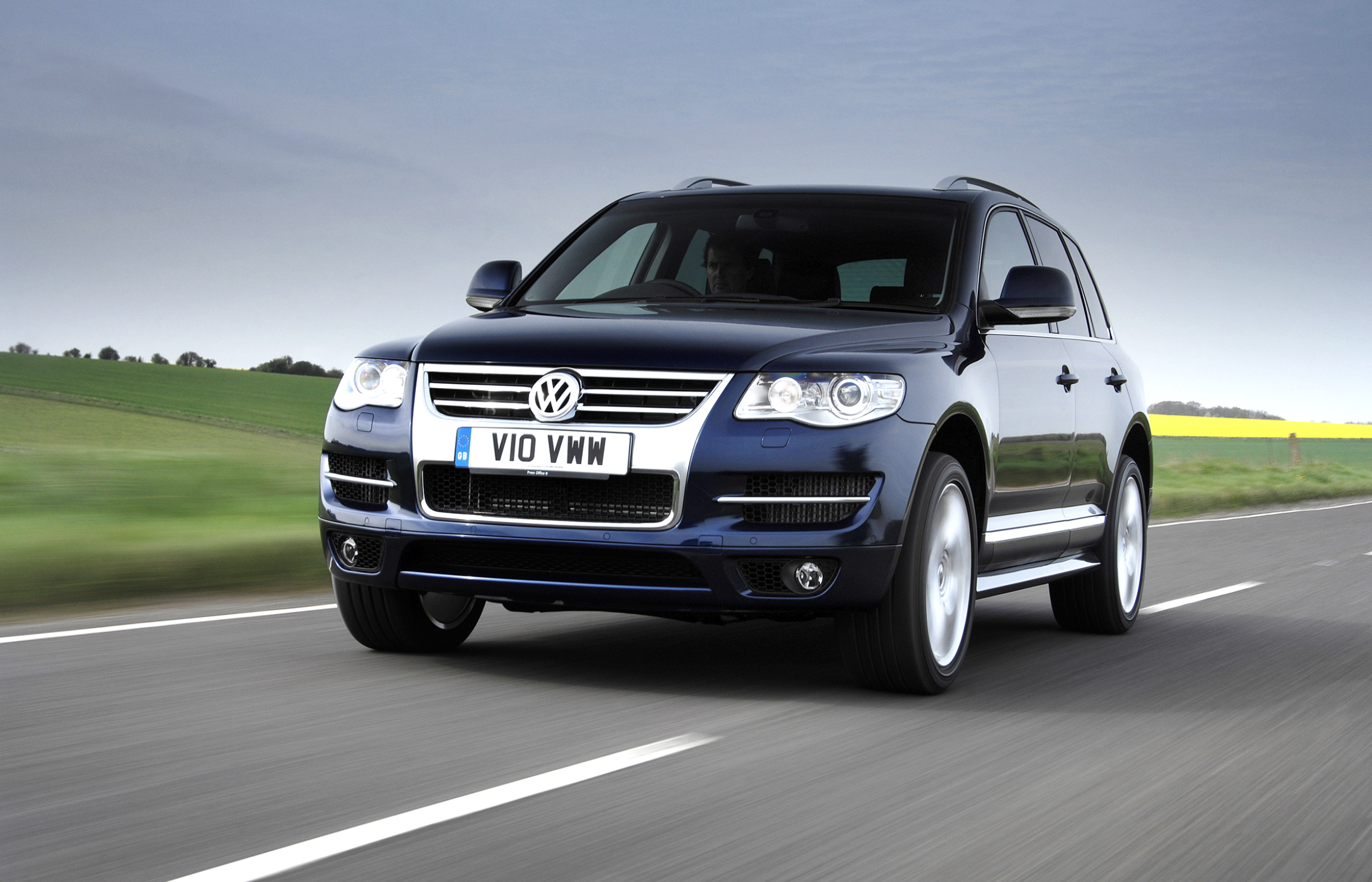
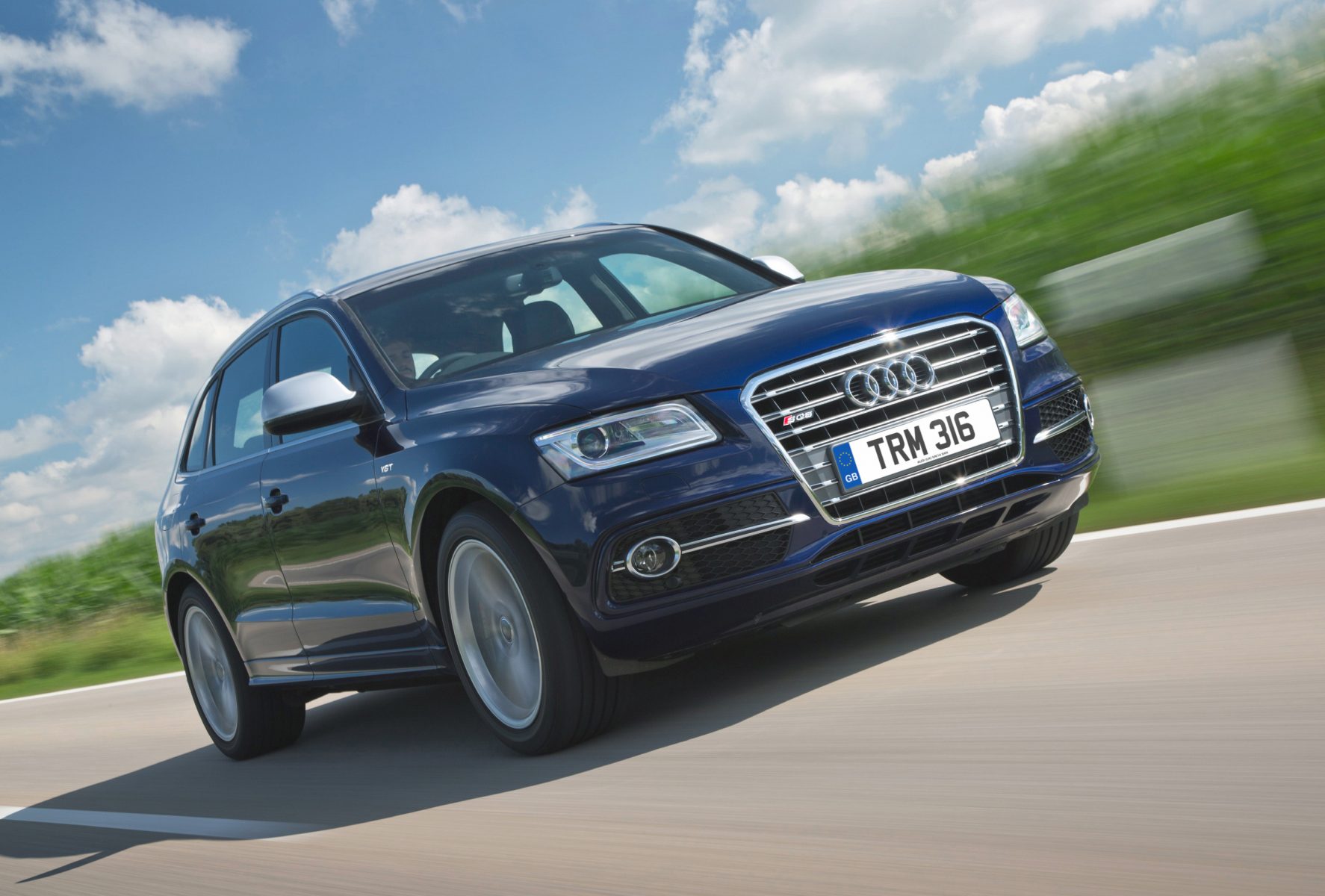
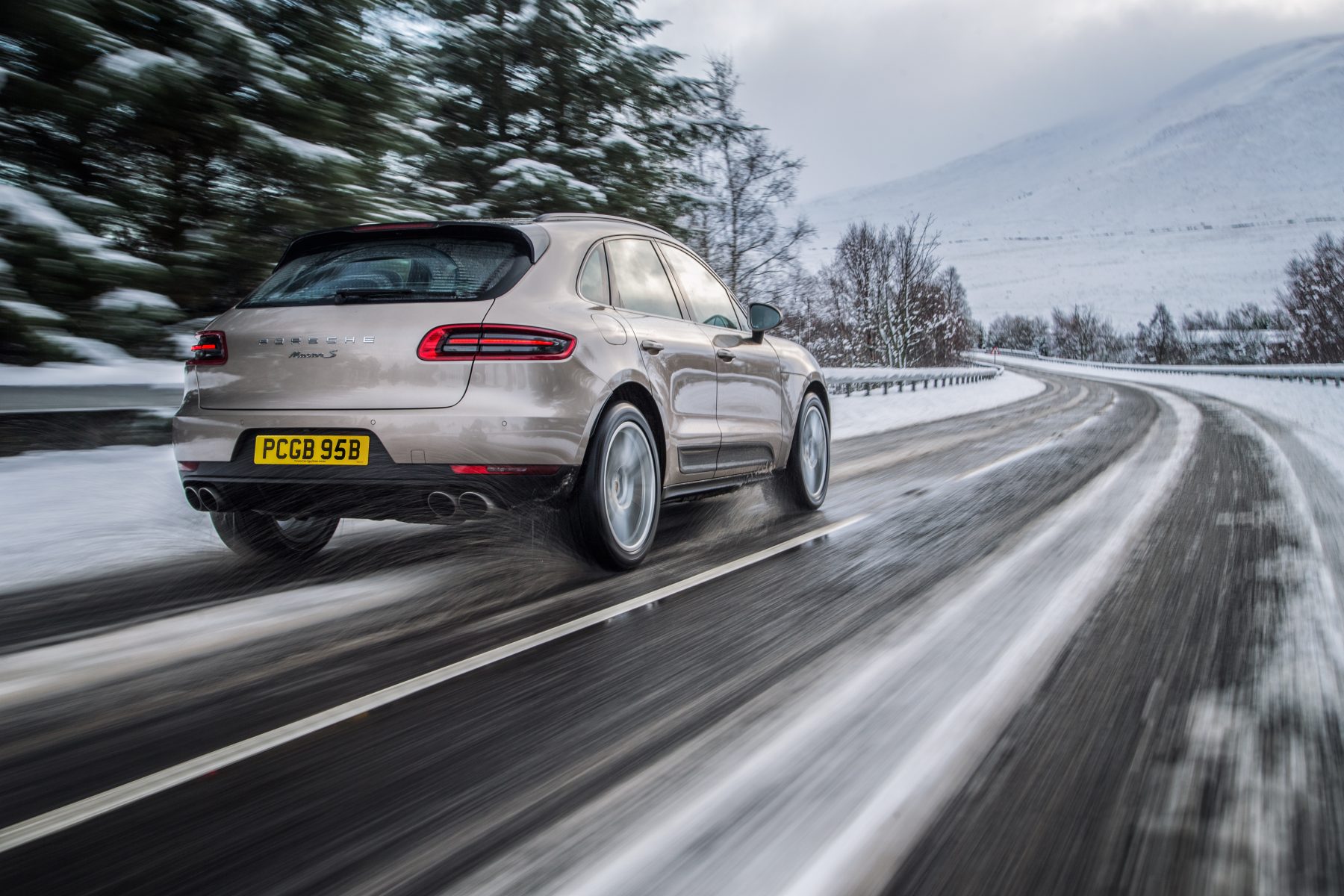
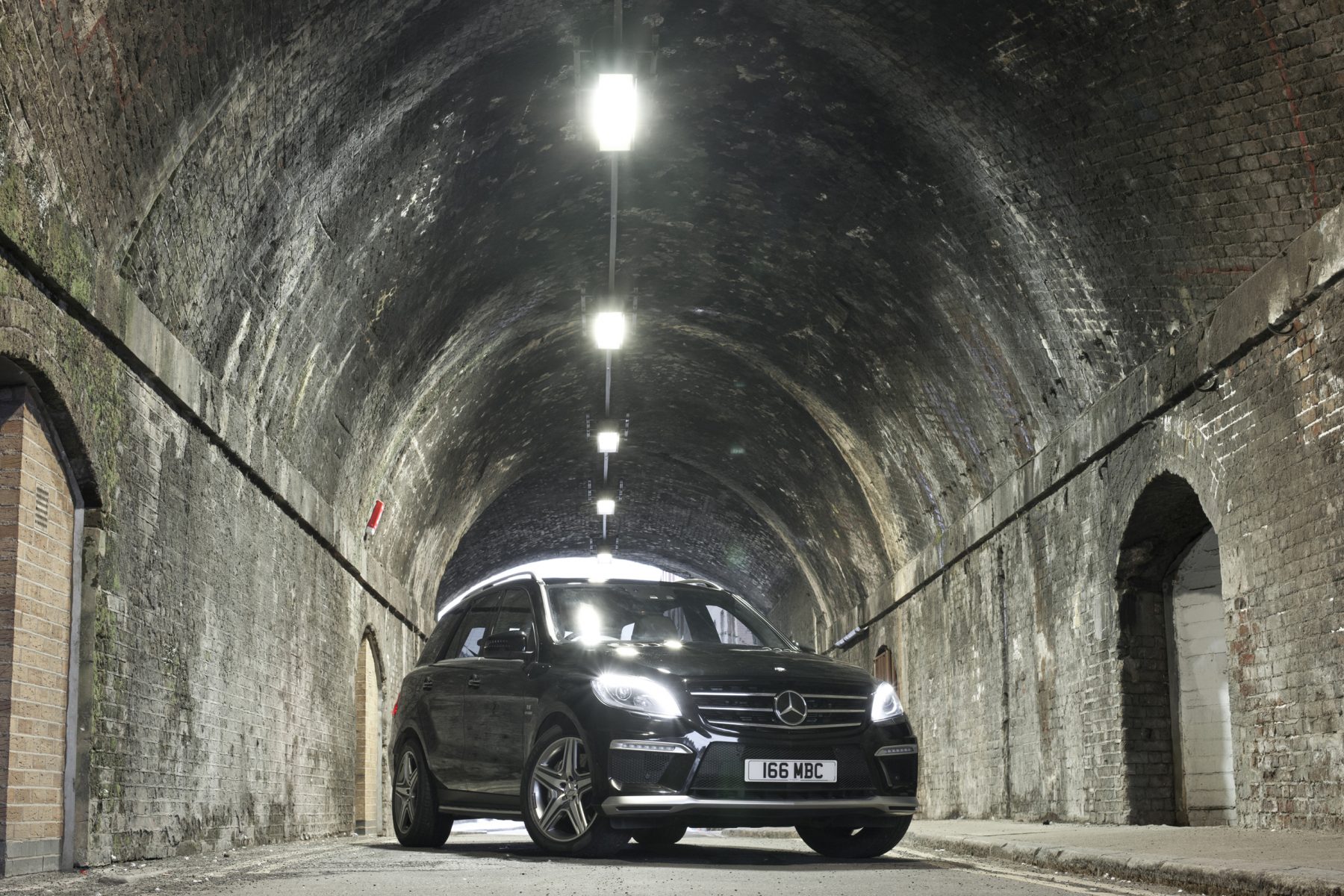
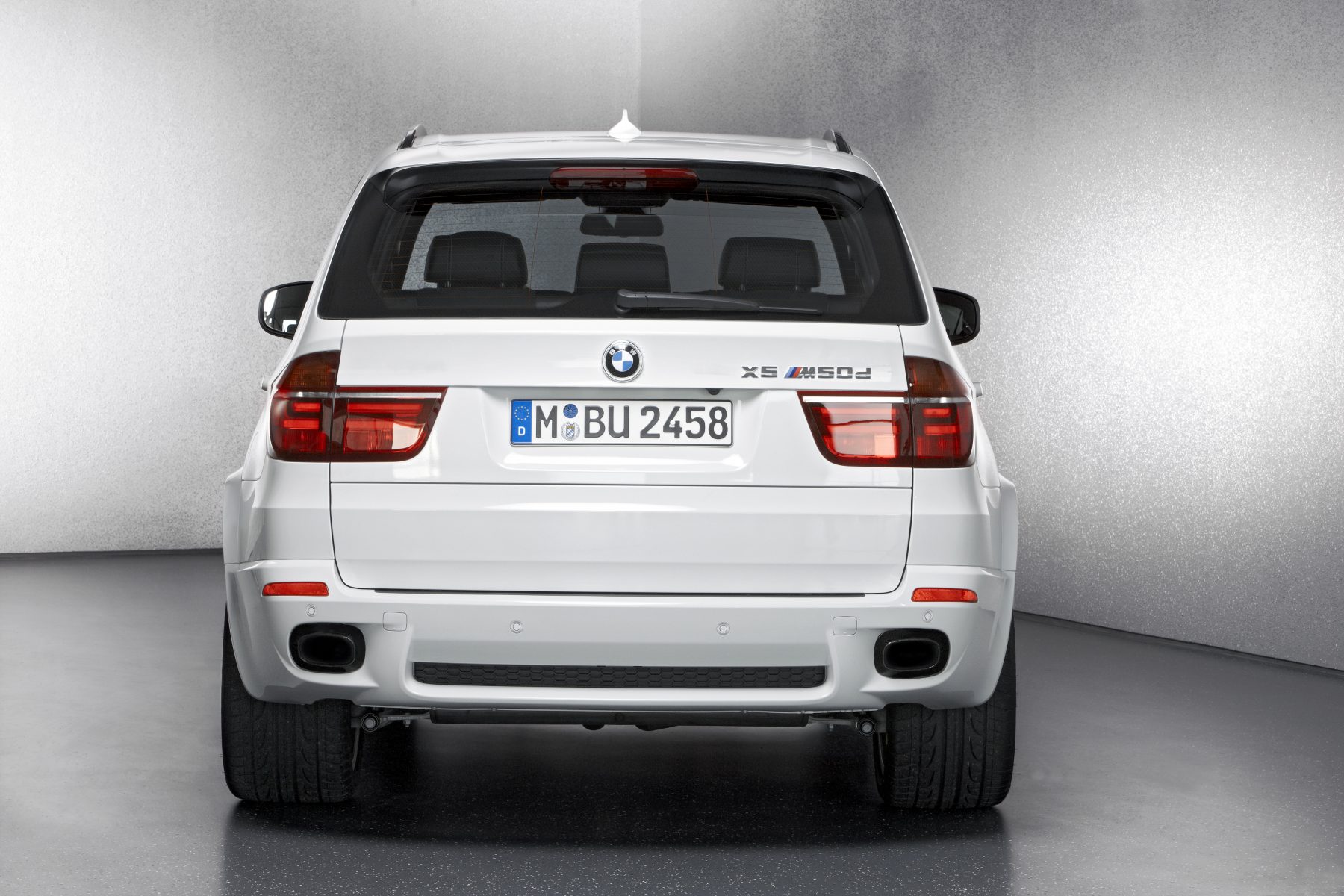
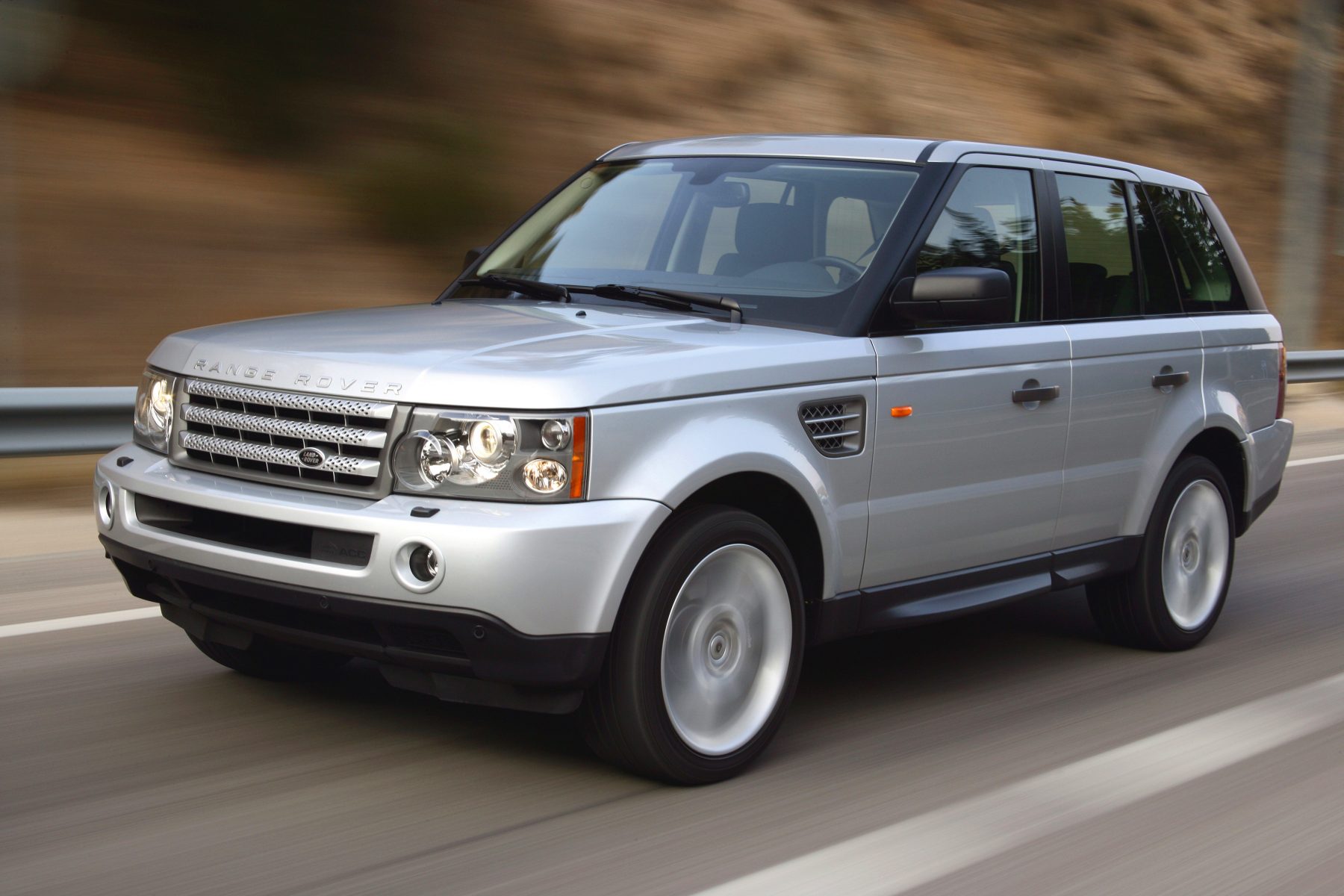
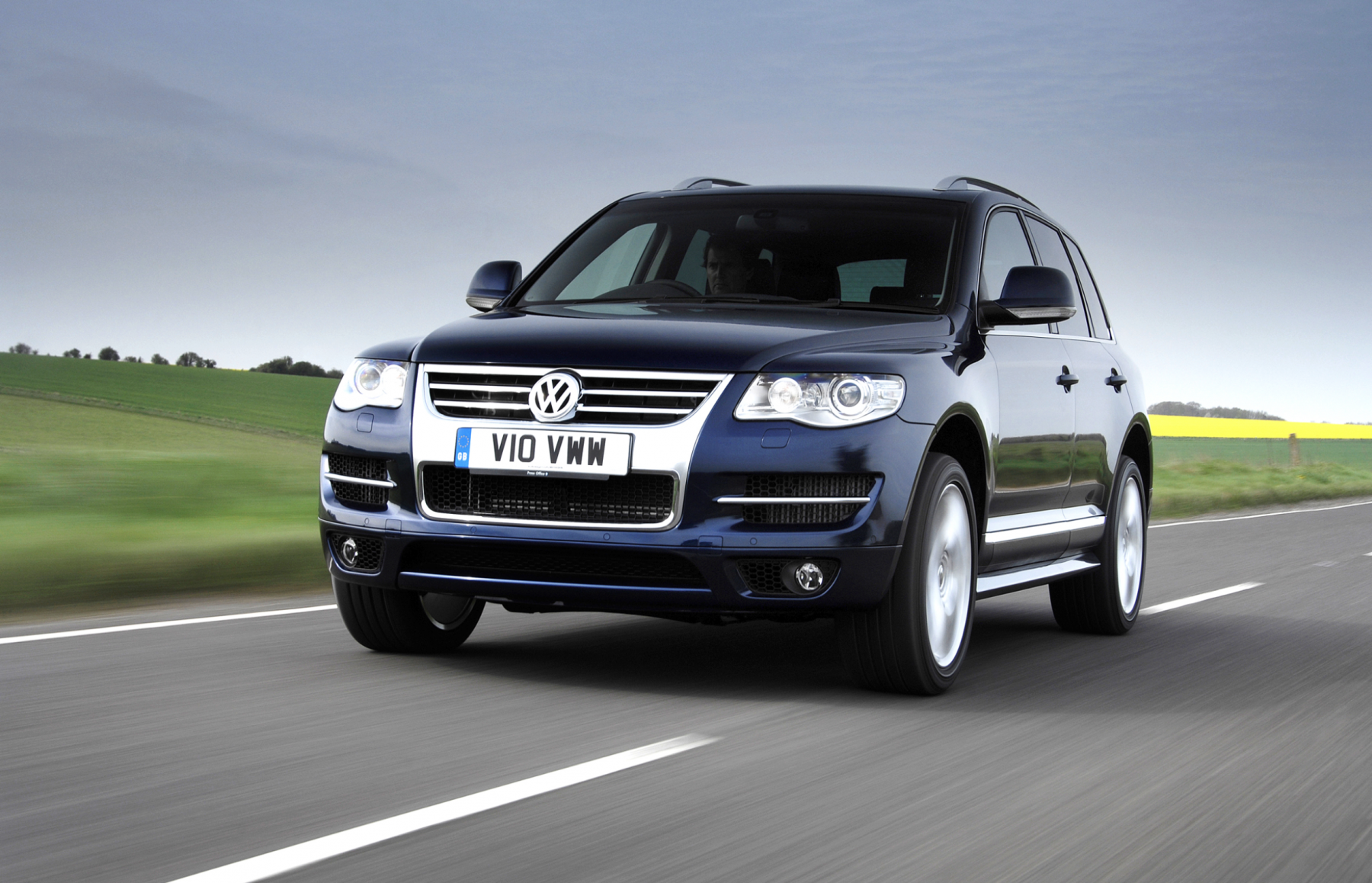
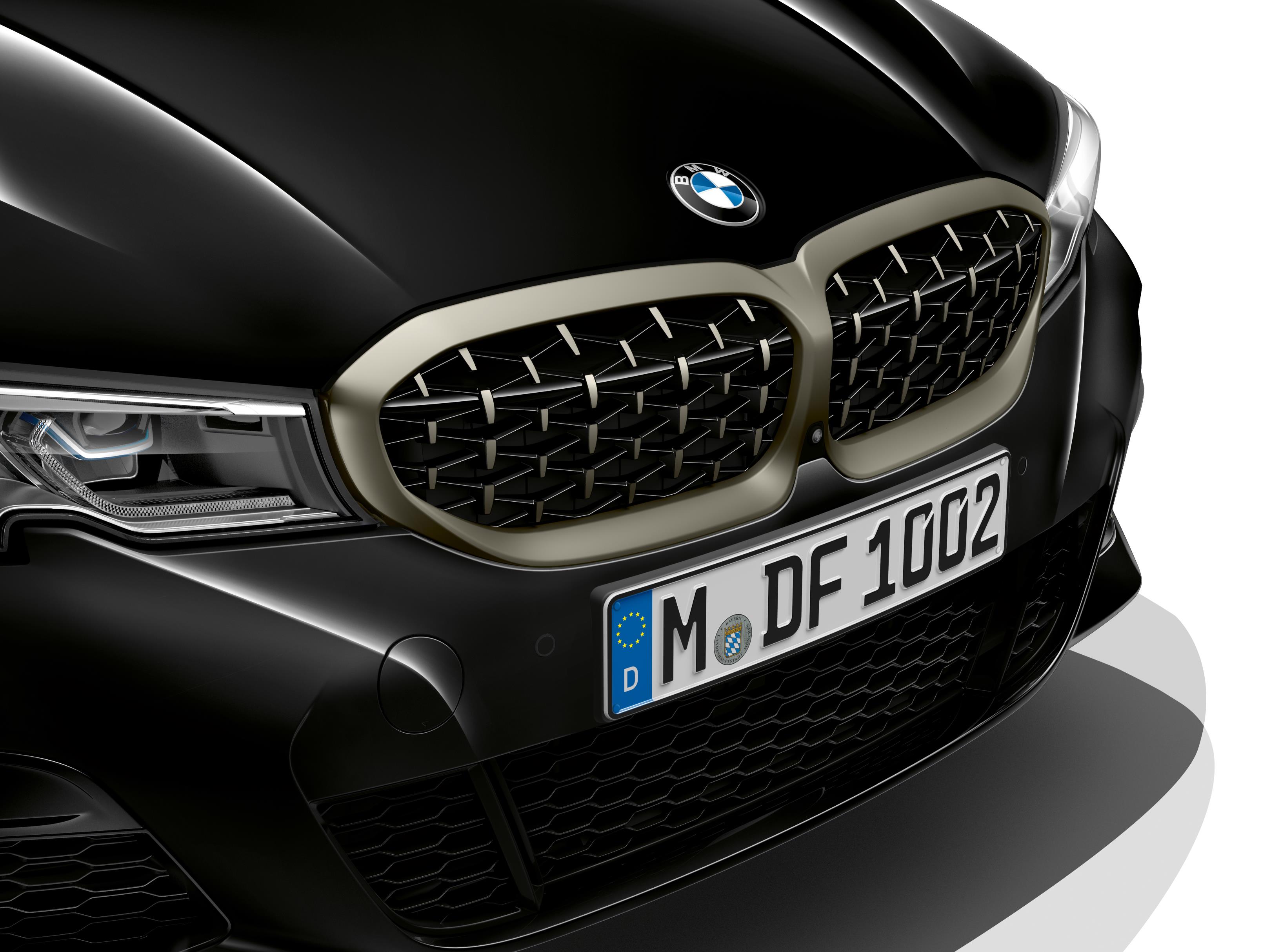
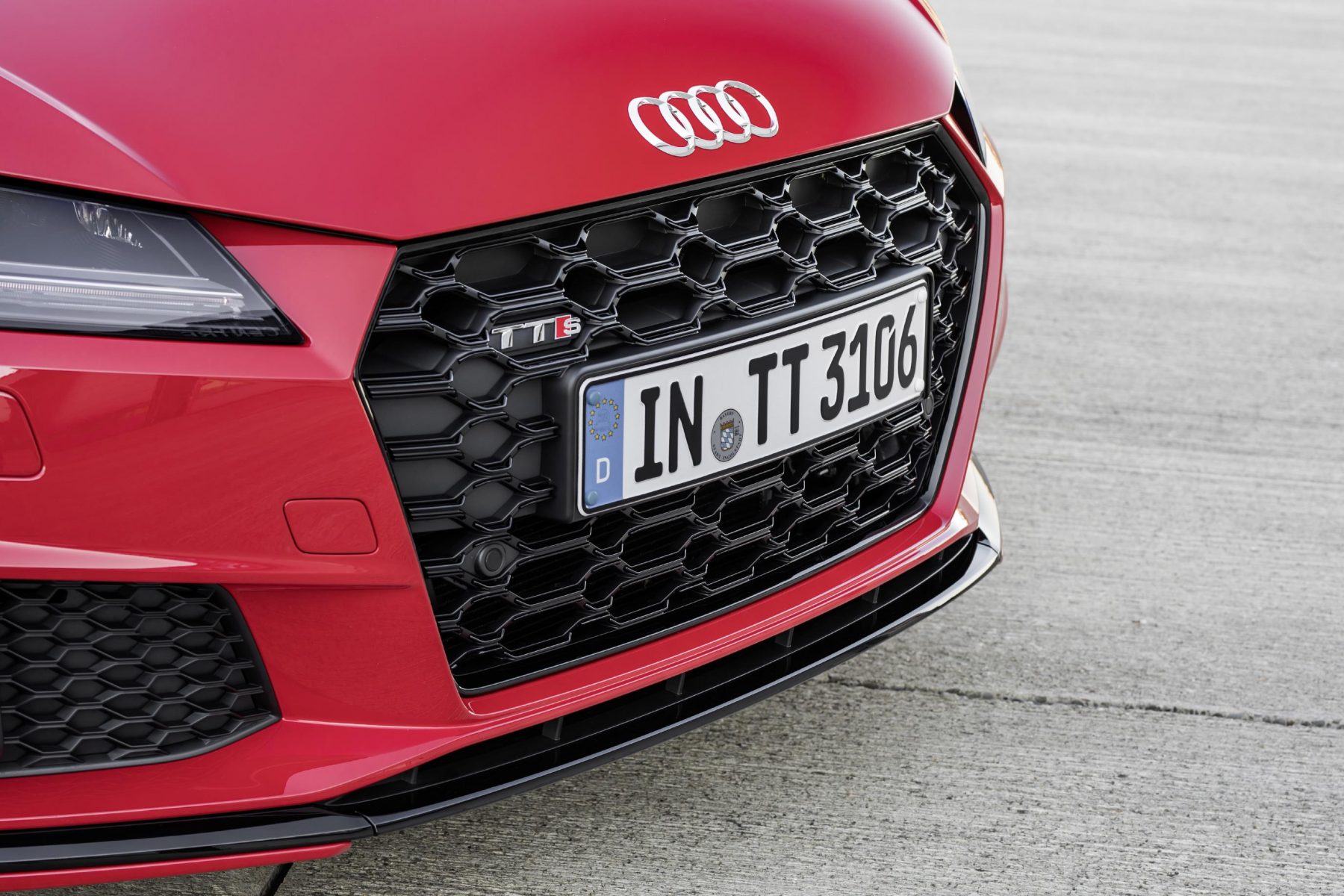
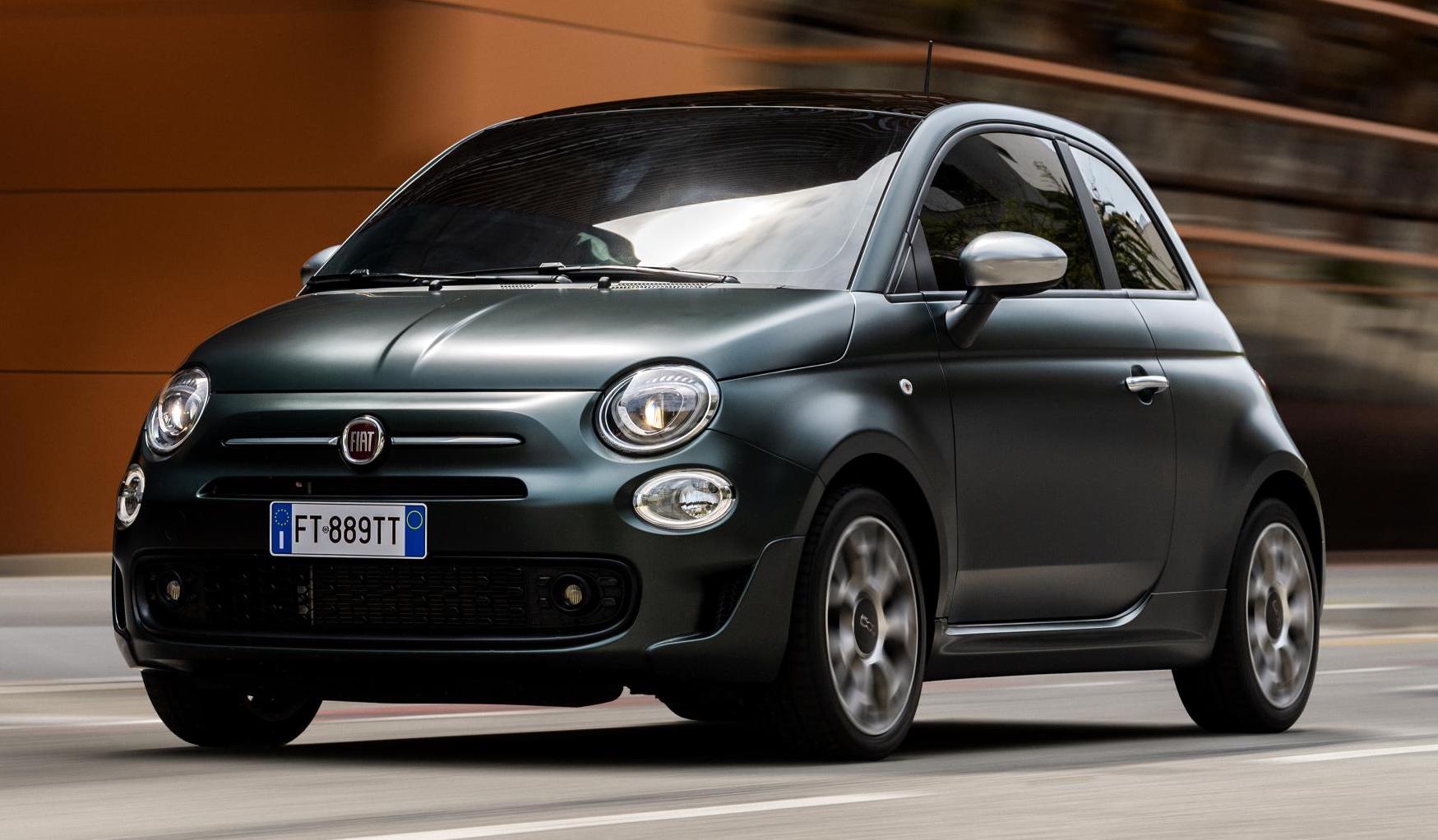
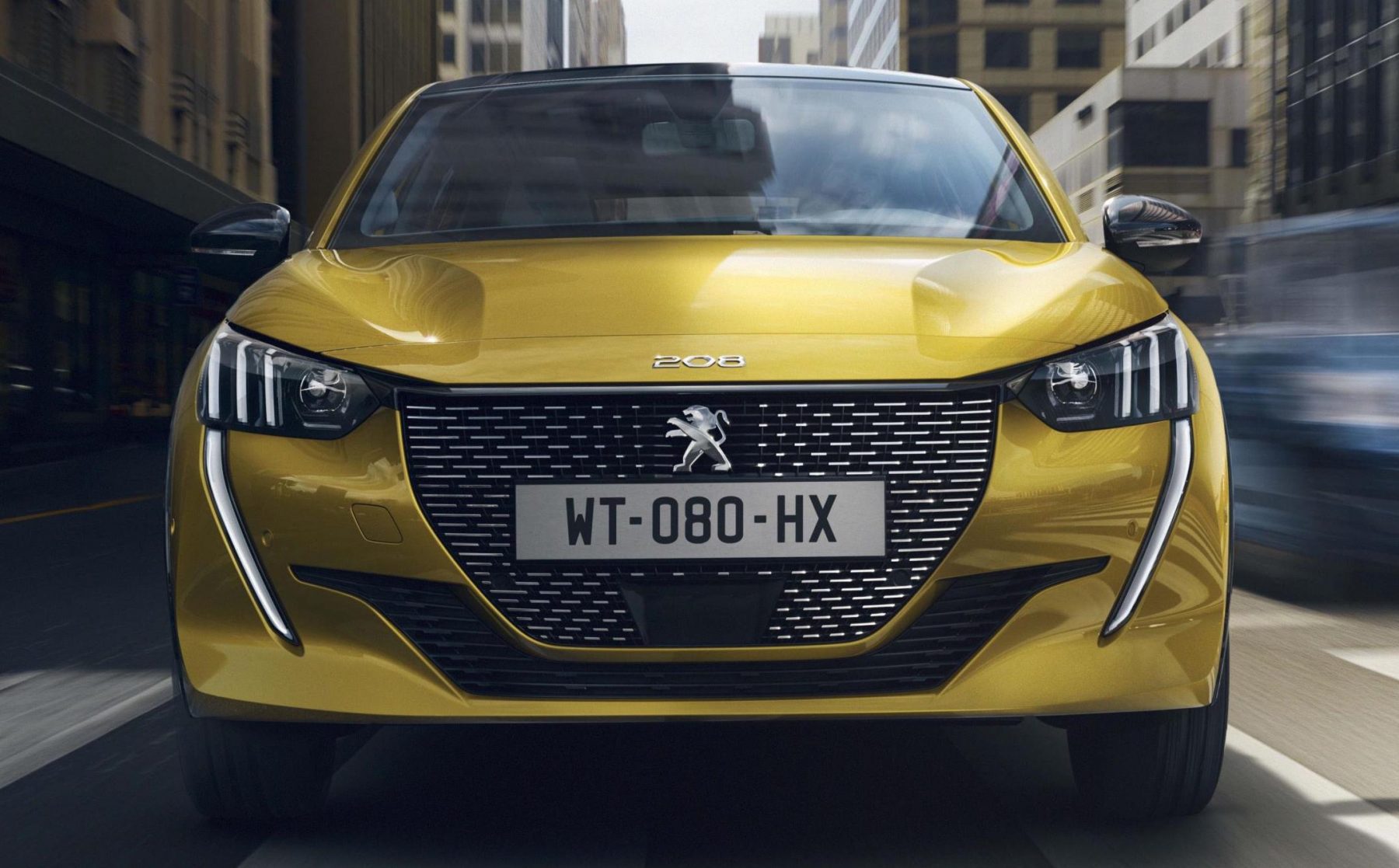
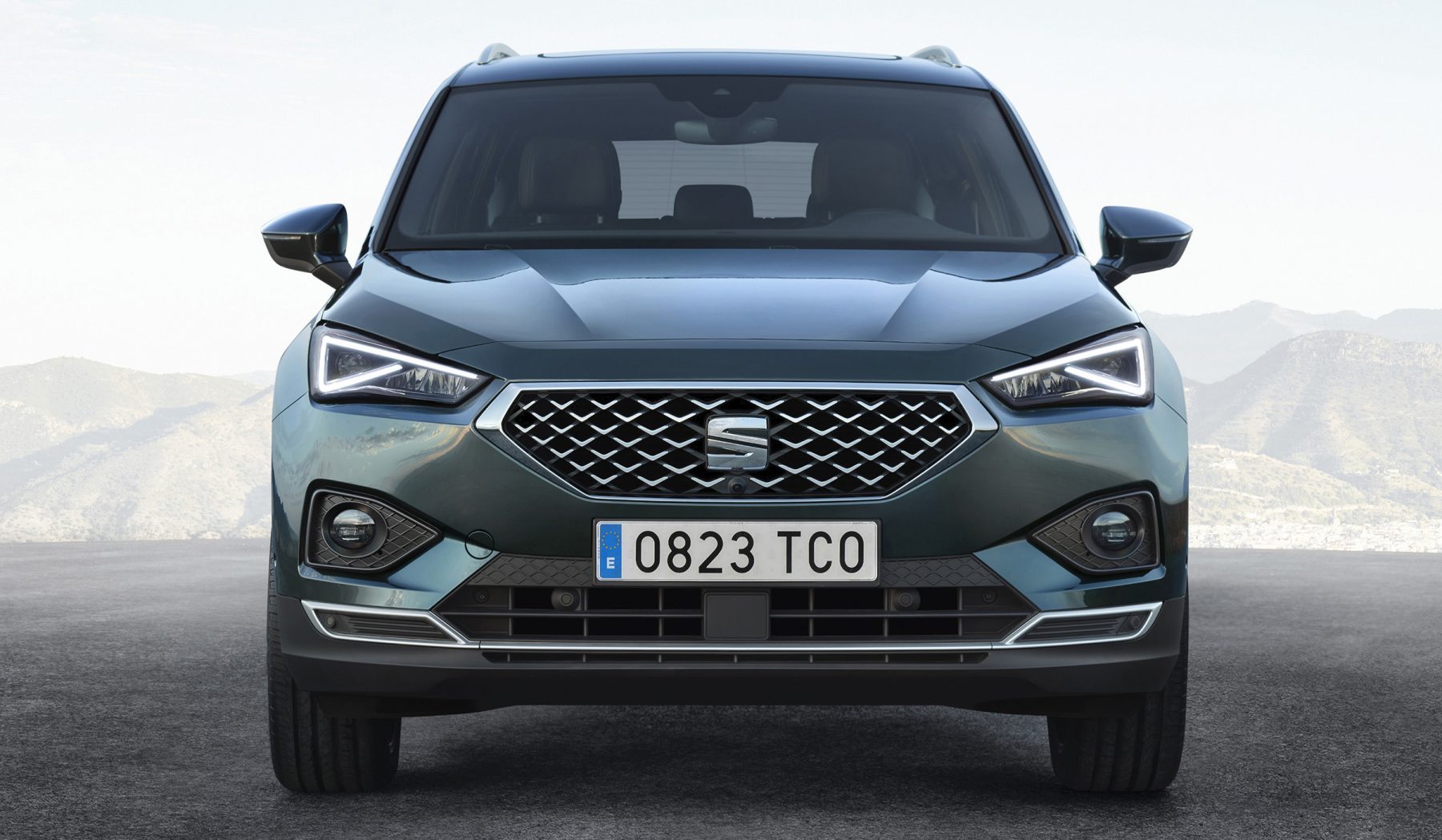
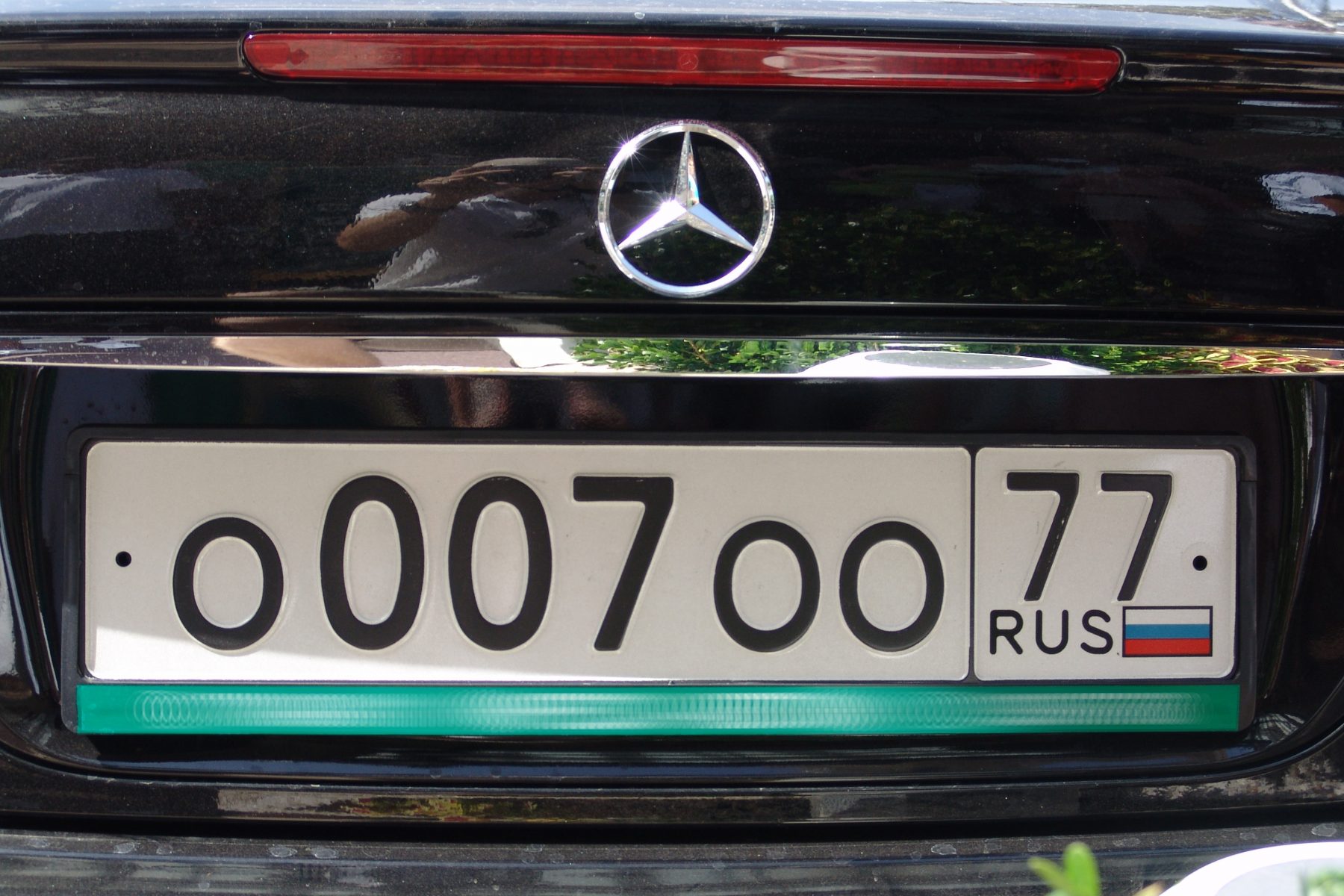
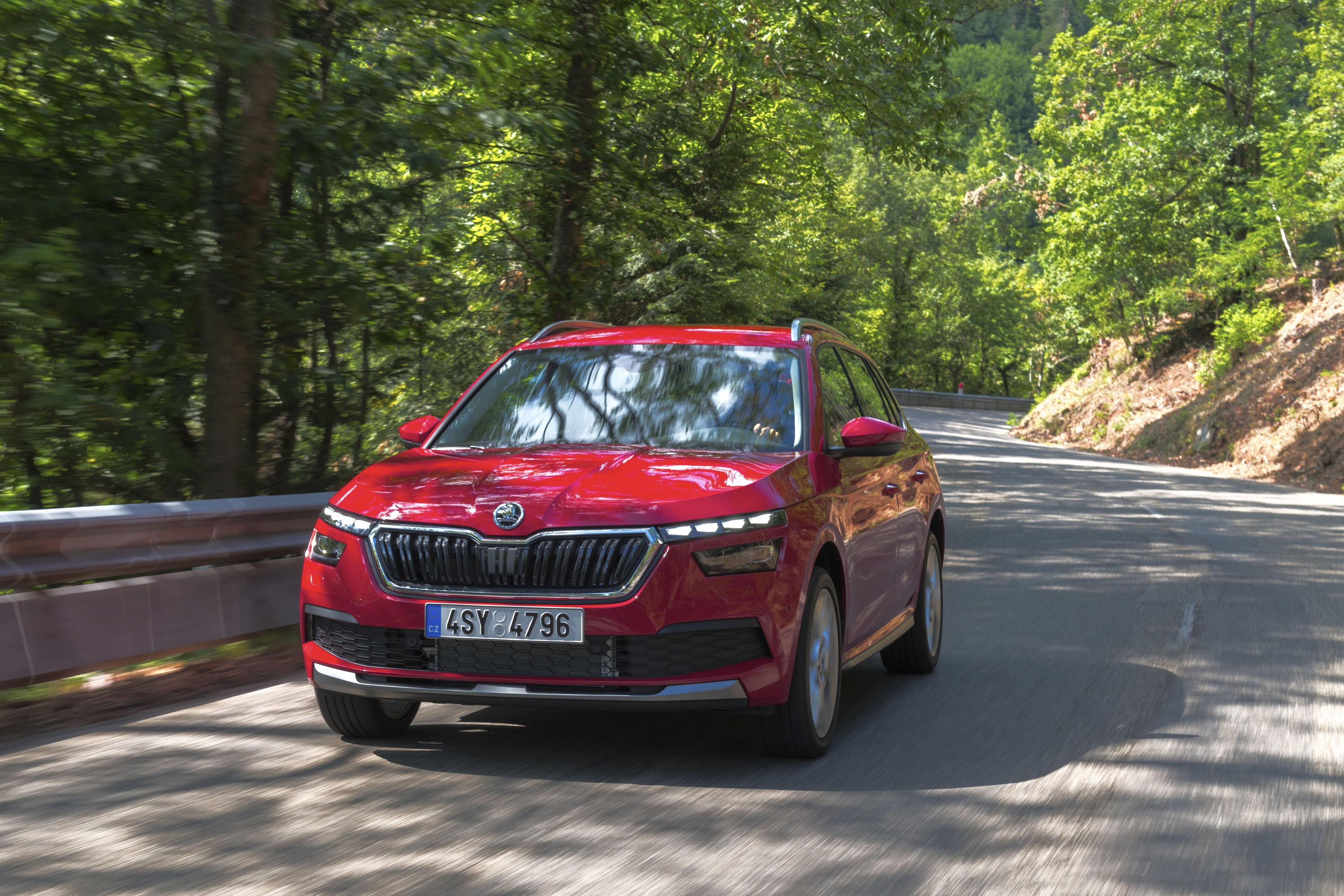
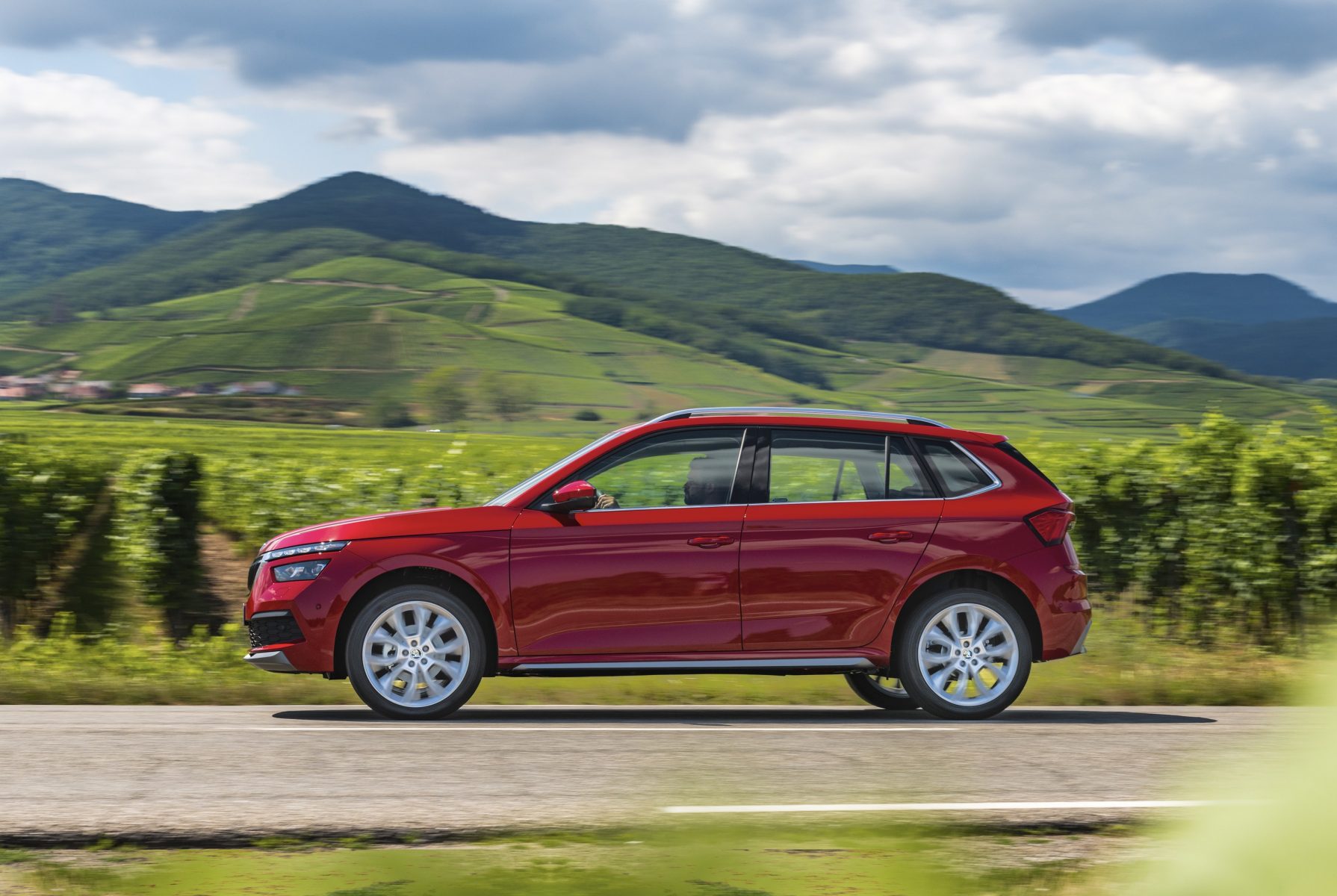
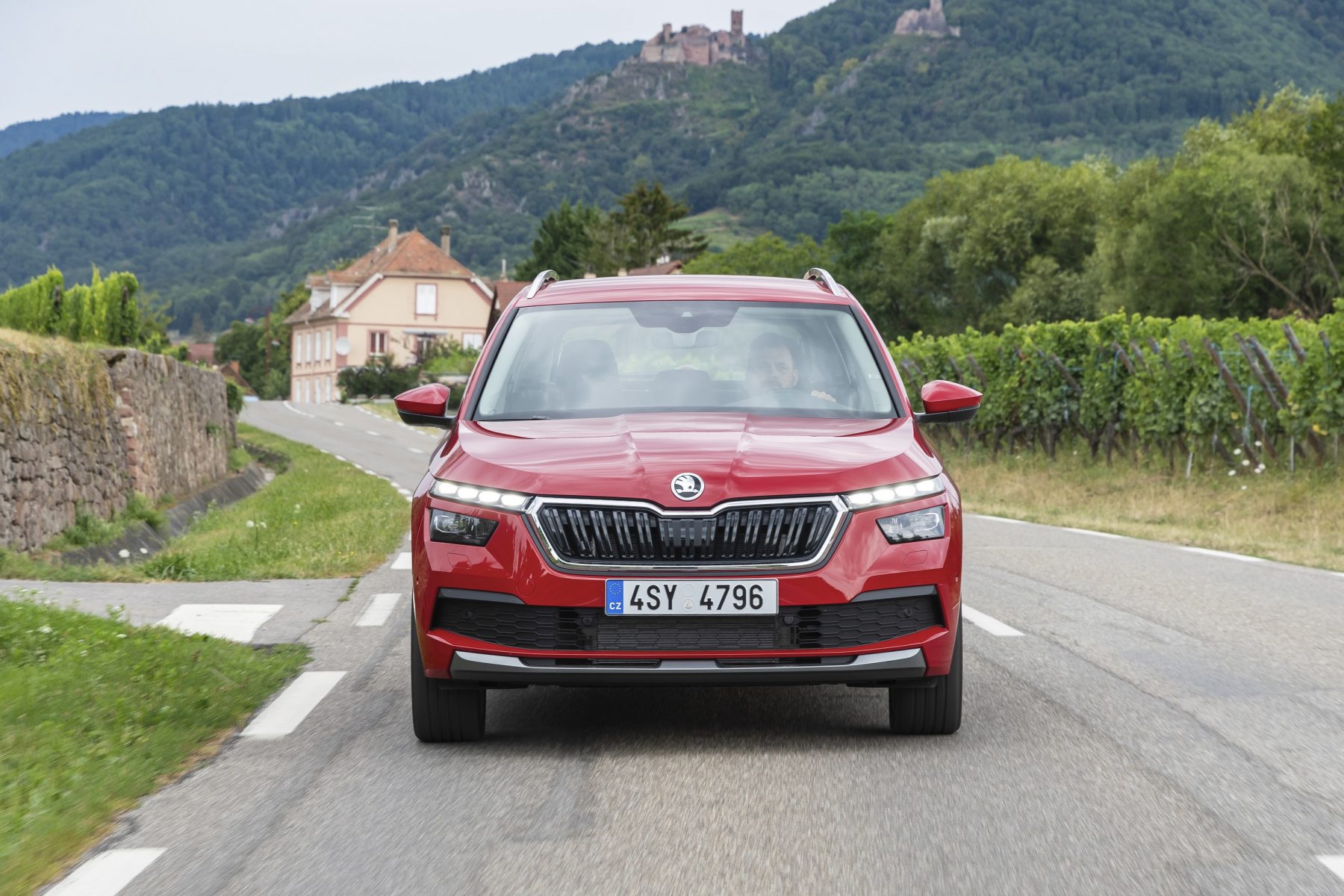
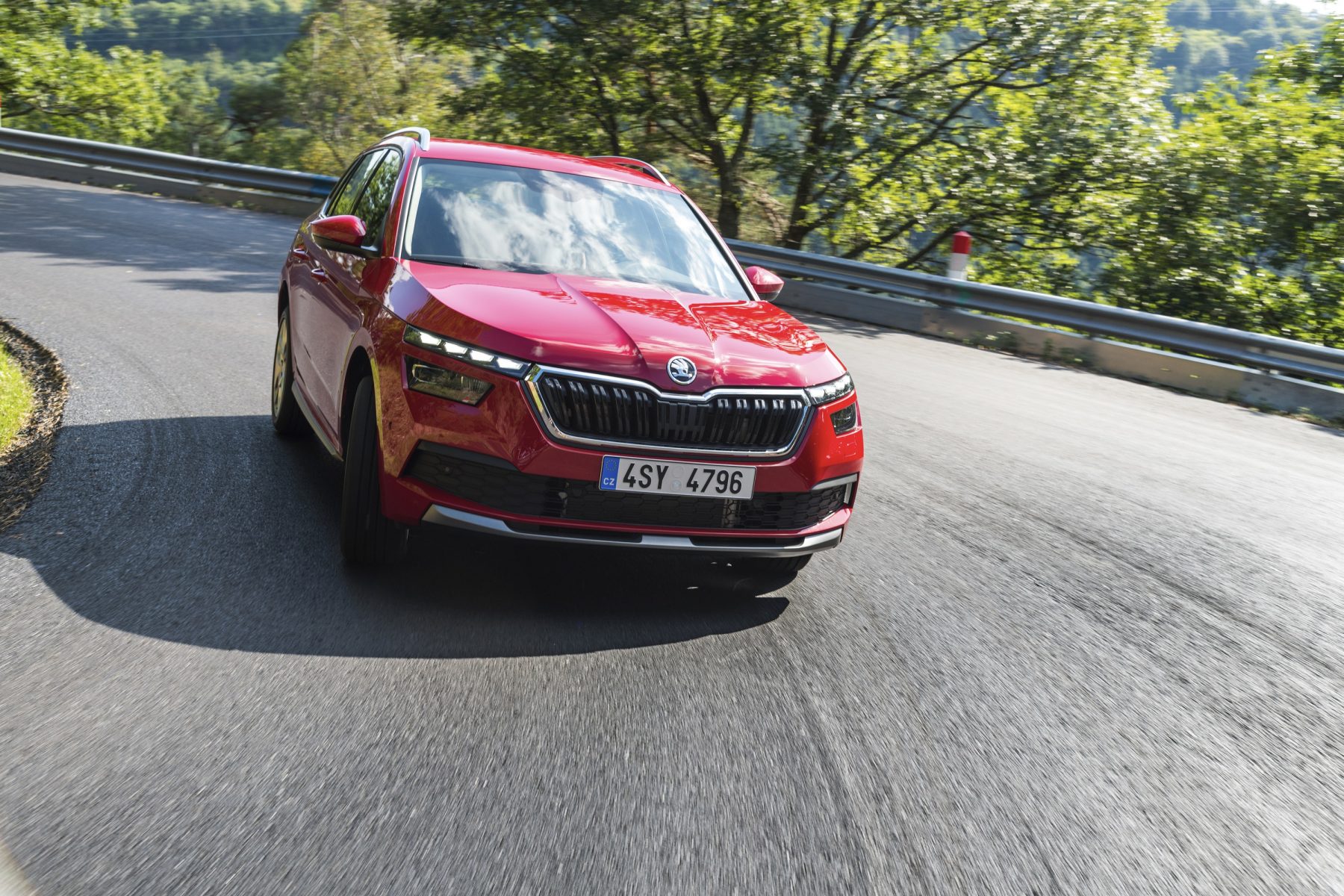
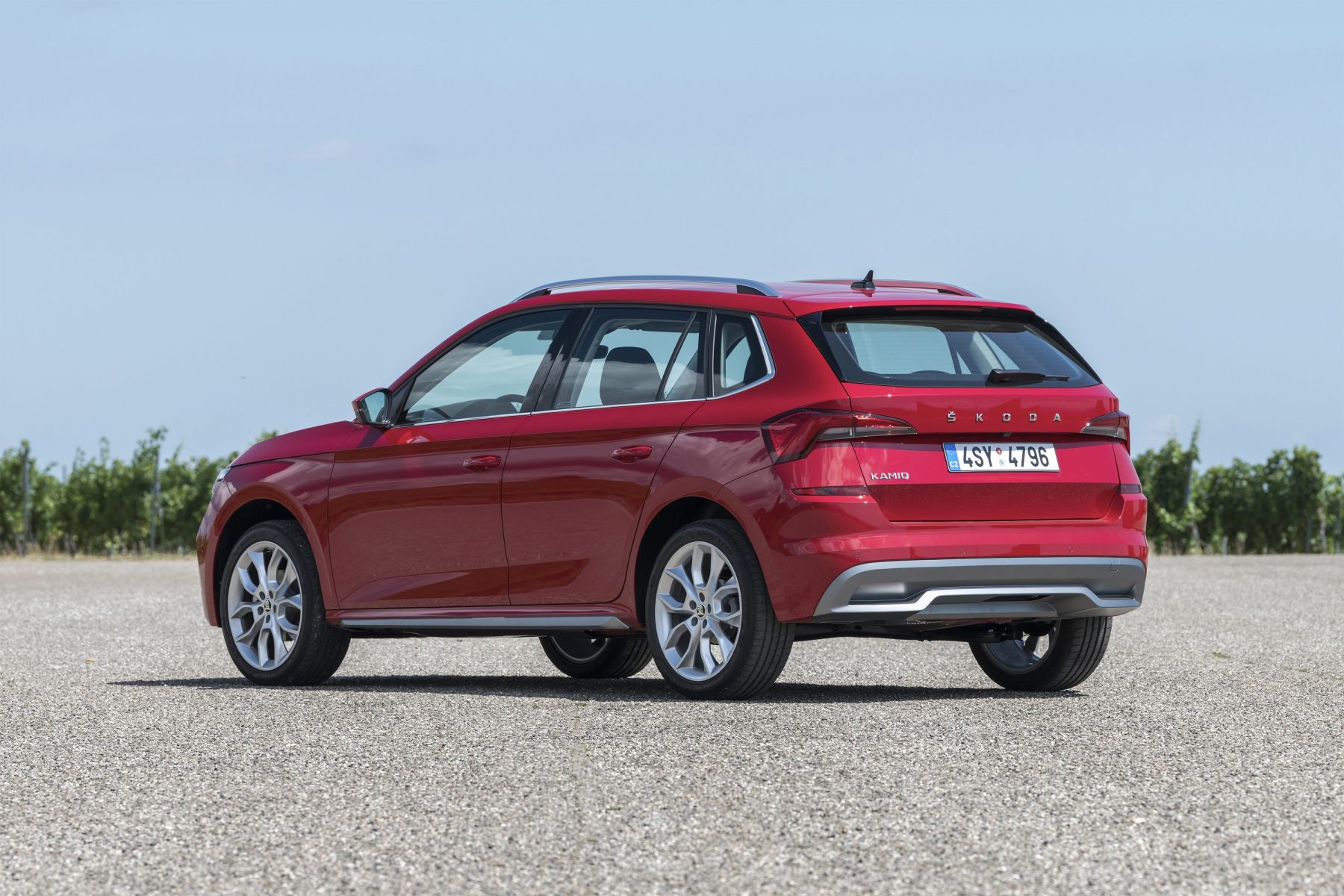
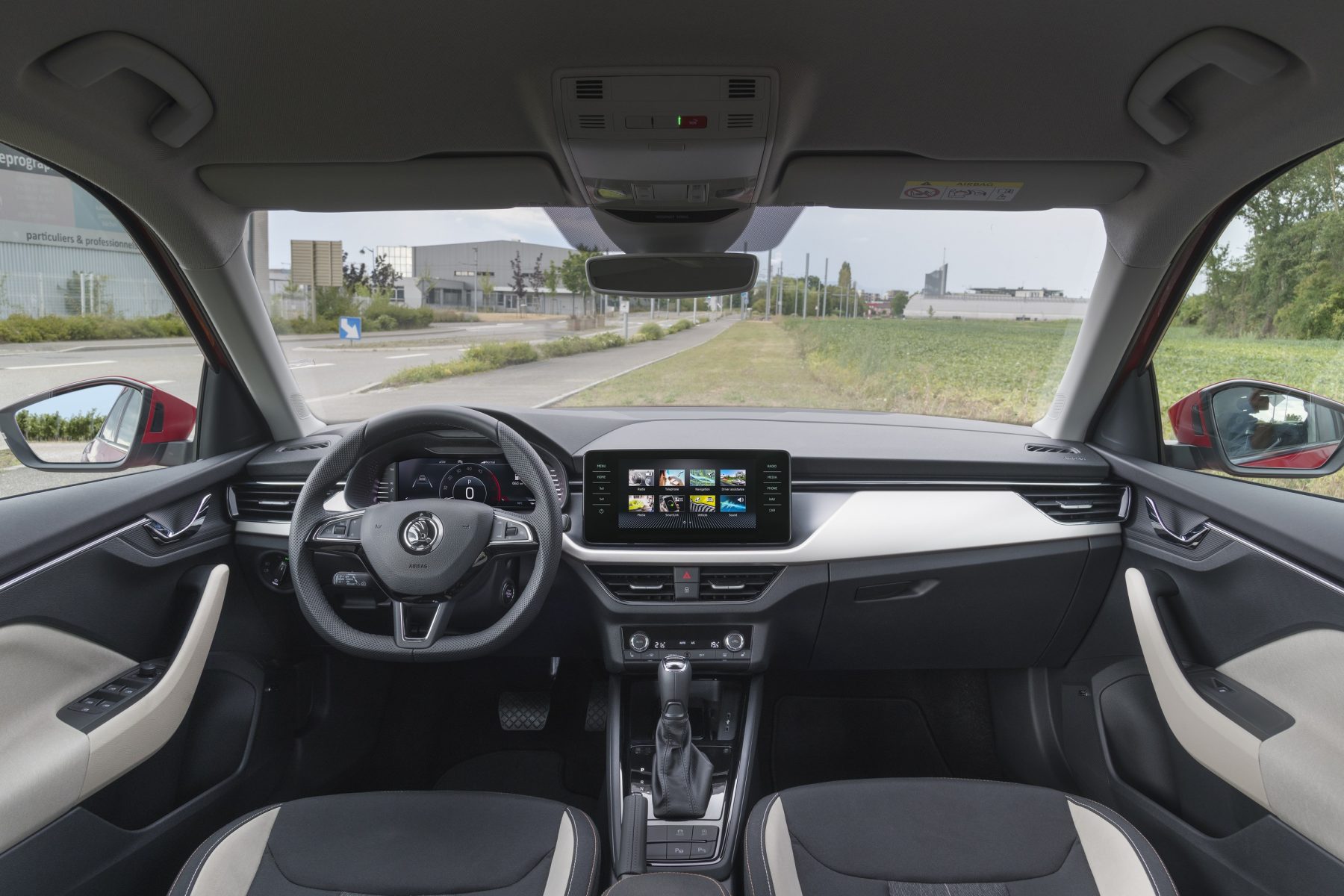


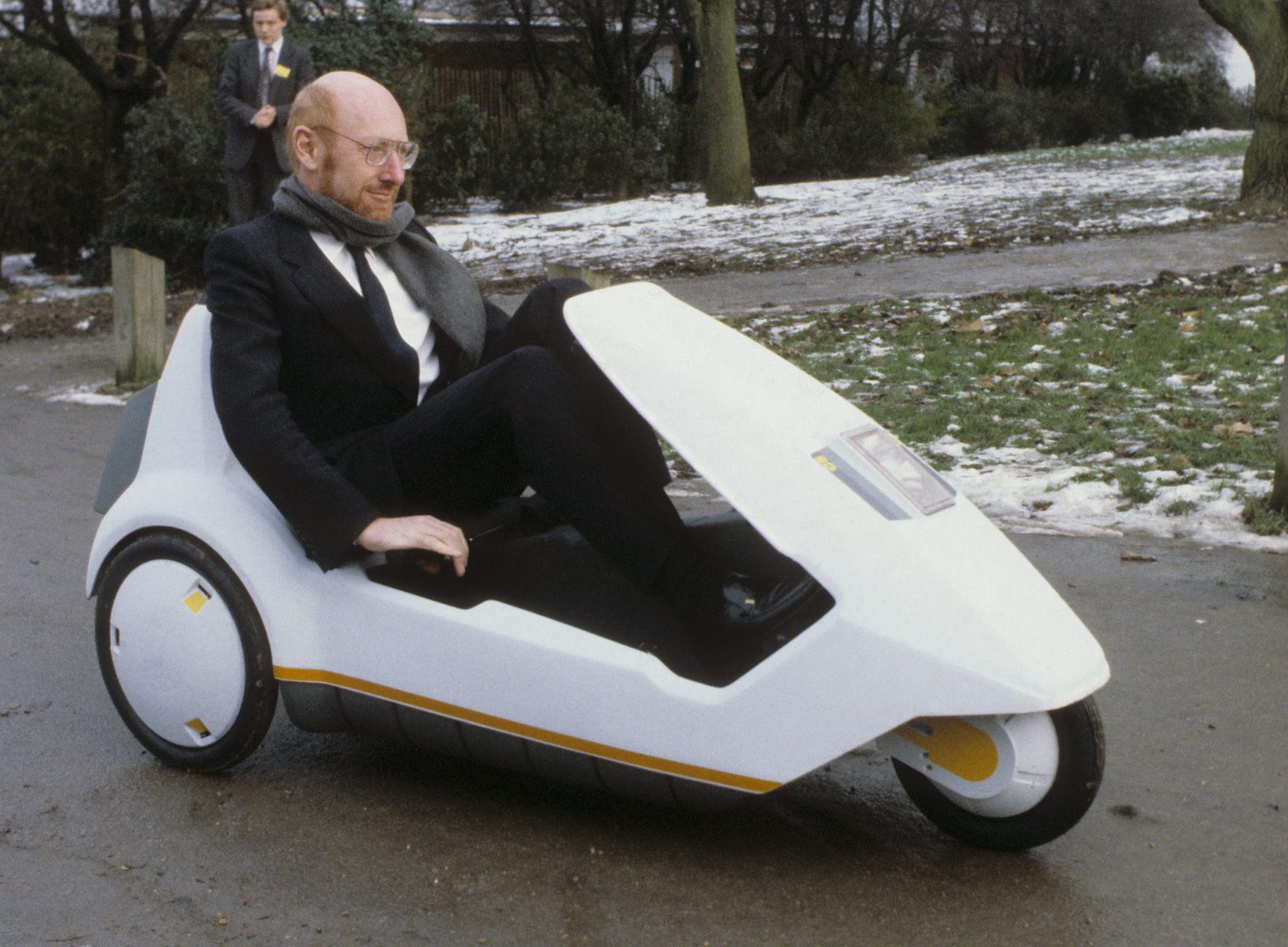 Sir Clive Sinclair made headway in the early days of computing with his eponymous company and products like the ZX Spectrum, but not all ventures equated to success for the entrepreneur.
Sir Clive Sinclair made headway in the early days of computing with his eponymous company and products like the ZX Spectrum, but not all ventures equated to success for the entrepreneur.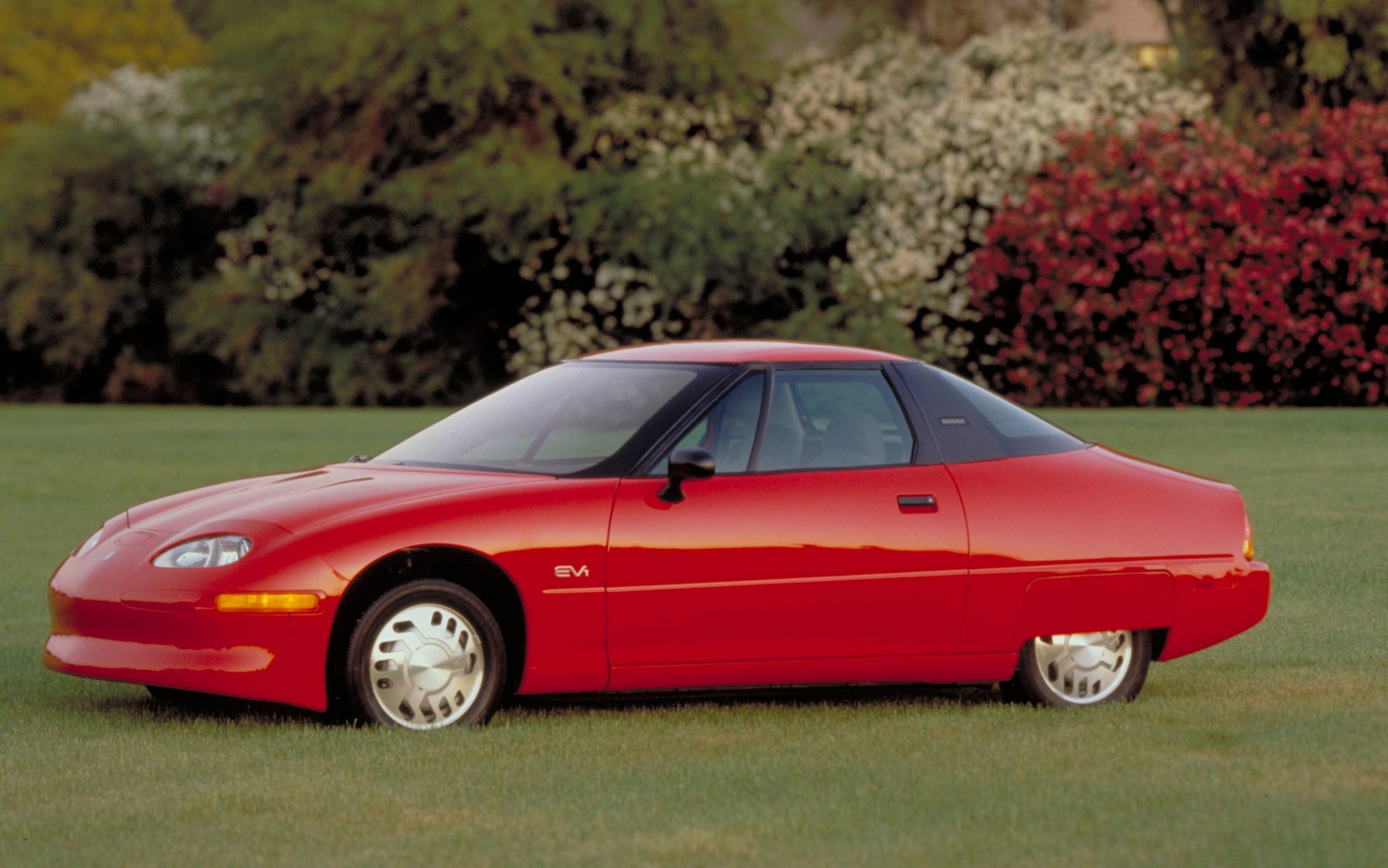 With a touted electric range as high as 160 miles (for post-1999, second-generation cars), and charging times that still don’t read terribly today, the General Motors EV 1 looked like a real leap-forward in emissions-free motoring when it debuted in 1996.
With a touted electric range as high as 160 miles (for post-1999, second-generation cars), and charging times that still don’t read terribly today, the General Motors EV 1 looked like a real leap-forward in emissions-free motoring when it debuted in 1996. It is rare that we feature racing cars in lists of this nature, but it’s equally rare for a manufacturer this big to make something this radical, and for it to go this badly wrong. Nissan was hardly coy with the project, either; the GT-R LM Nismo even played a starring role in a Super Bowl advert in 2015.
It is rare that we feature racing cars in lists of this nature, but it’s equally rare for a manufacturer this big to make something this radical, and for it to go this badly wrong. Nissan was hardly coy with the project, either; the GT-R LM Nismo even played a starring role in a Super Bowl advert in 2015.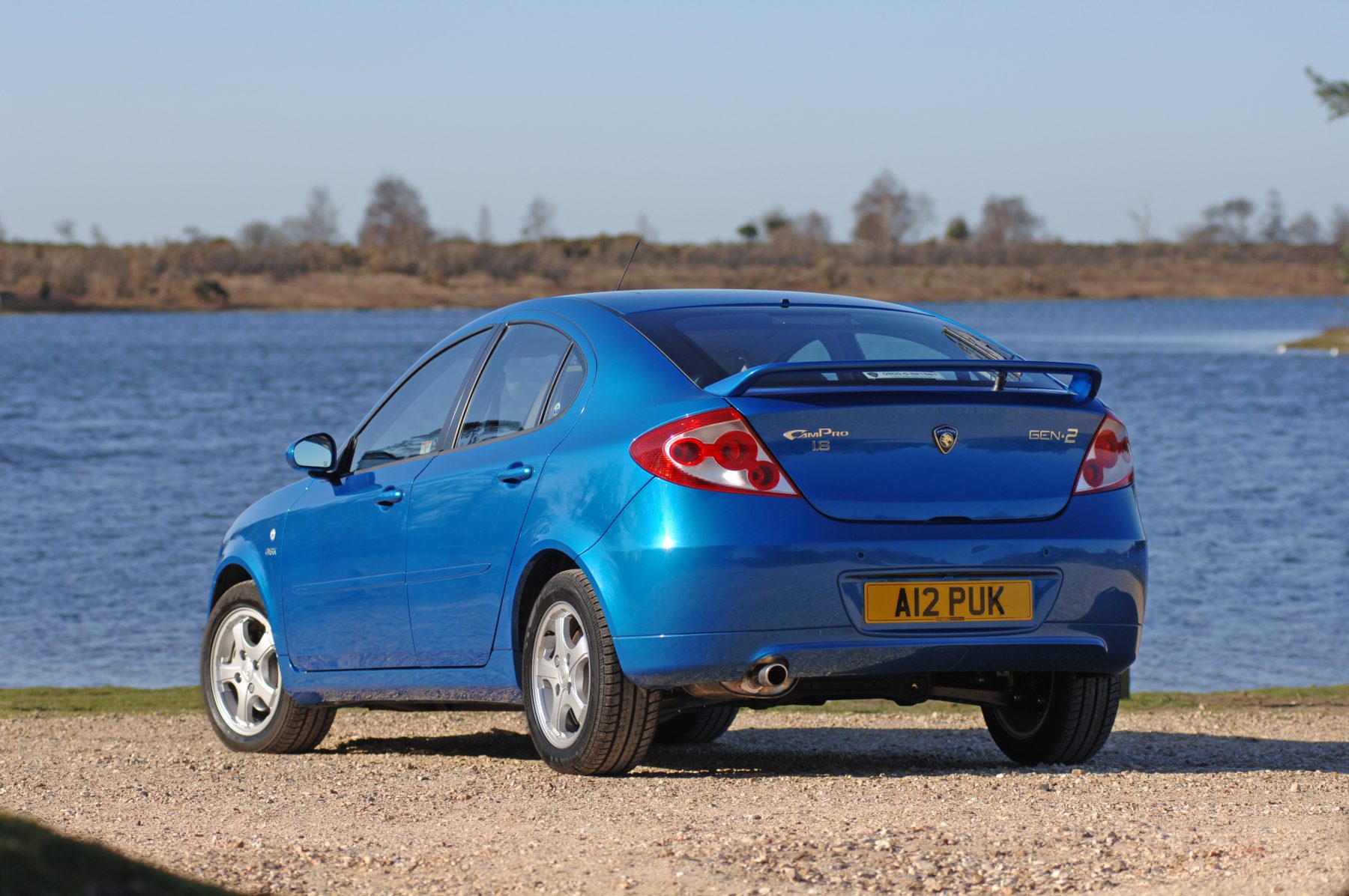 Sold in the UK as a unique ‘dual-fuel’ car, the Gen-2 could accept either petrol or LPG. The fact that it could be fuelled on the latter was touted as the main selling point for the Proton, which was a problem for two reasons.
Sold in the UK as a unique ‘dual-fuel’ car, the Gen-2 could accept either petrol or LPG. The fact that it could be fuelled on the latter was touted as the main selling point for the Proton, which was a problem for two reasons.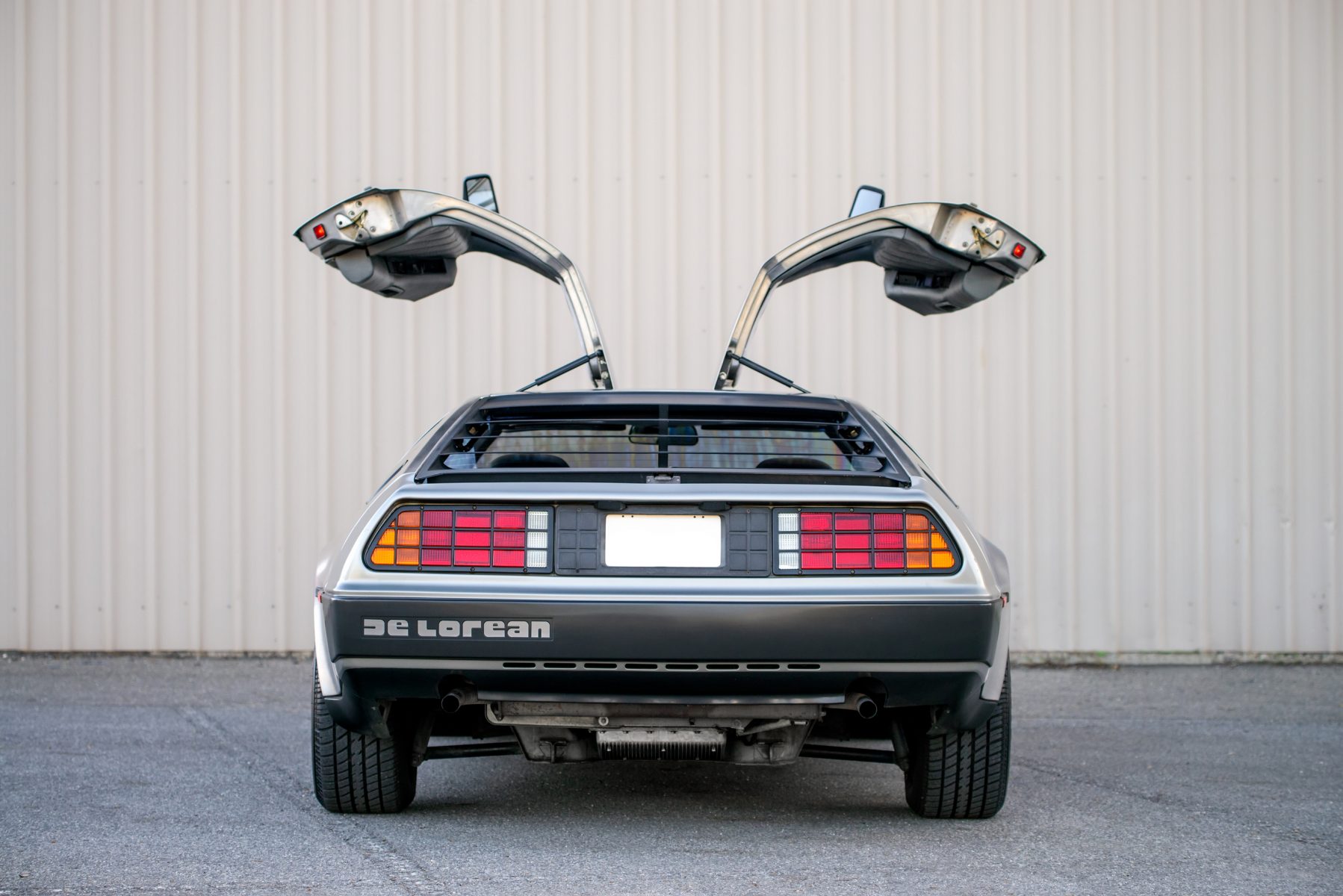 The worst thing a manufacturer can do is yell from the rooftops about proposed innovations, and then fail to deliver.
The worst thing a manufacturer can do is yell from the rooftops about proposed innovations, and then fail to deliver. With a look that can generously be described as bold, the Lagonda really owed it to itself to be as radical as its design would have you believe. And to Aston Martin’s credit, it certainly tried.
With a look that can generously be described as bold, the Lagonda really owed it to itself to be as radical as its design would have you believe. And to Aston Martin’s credit, it certainly tried.